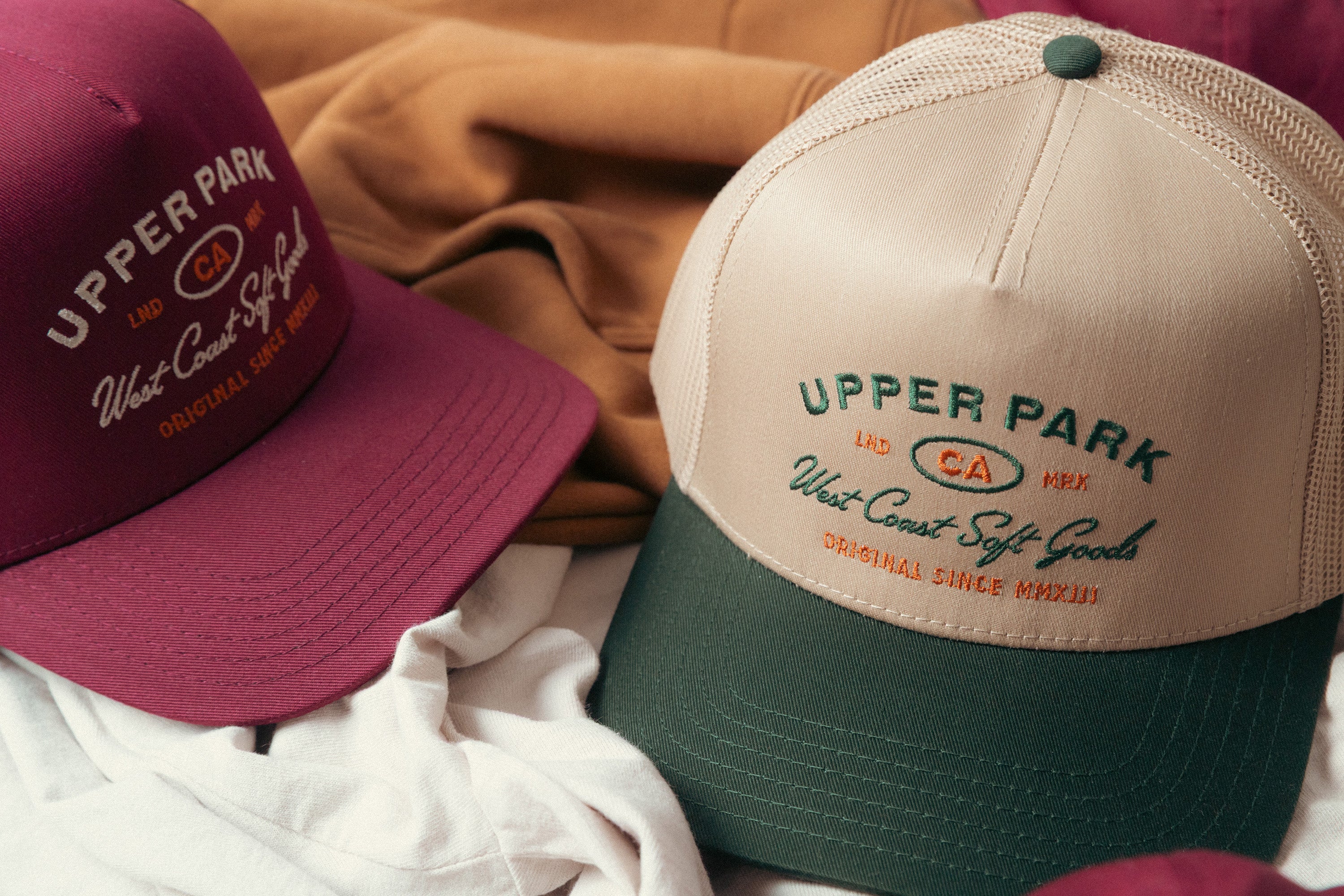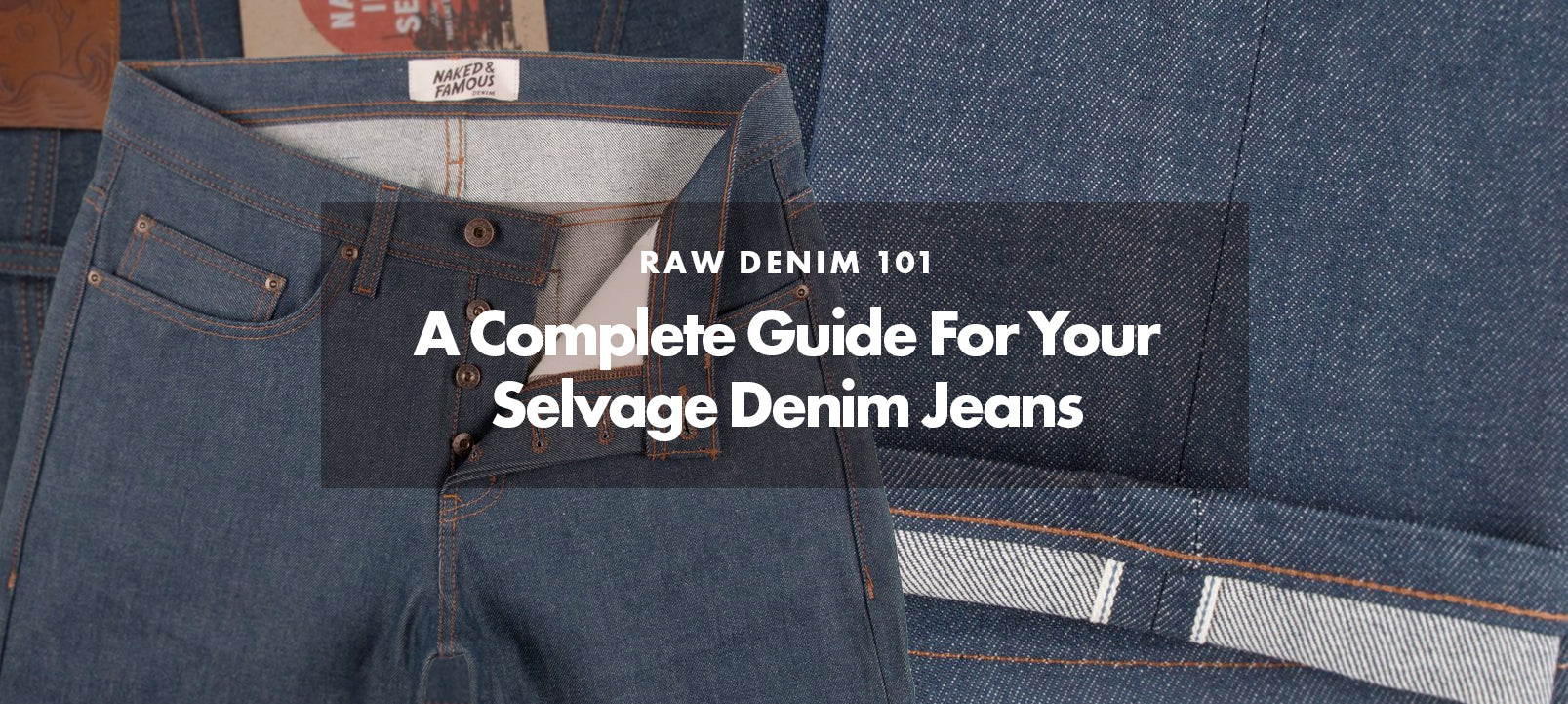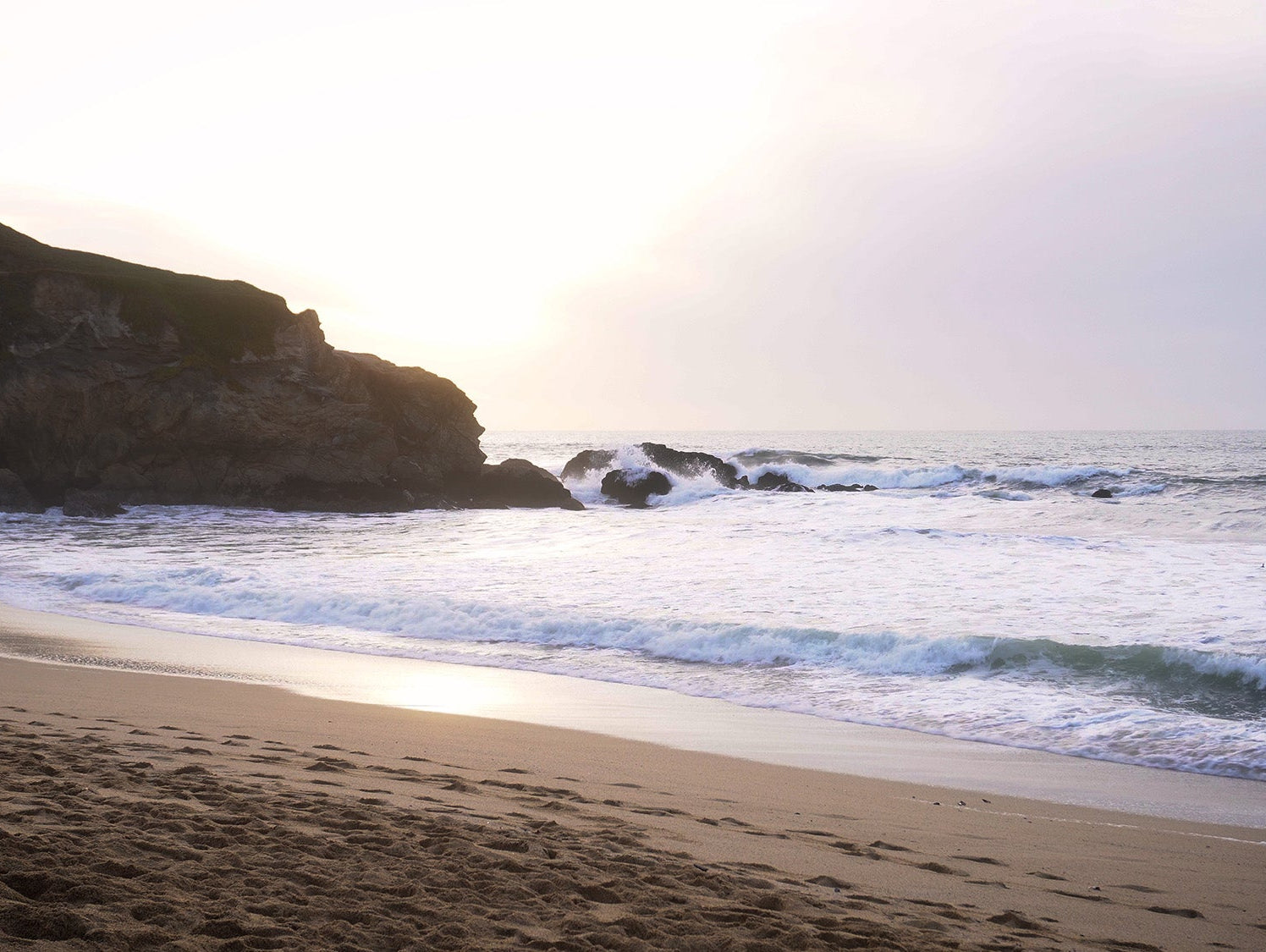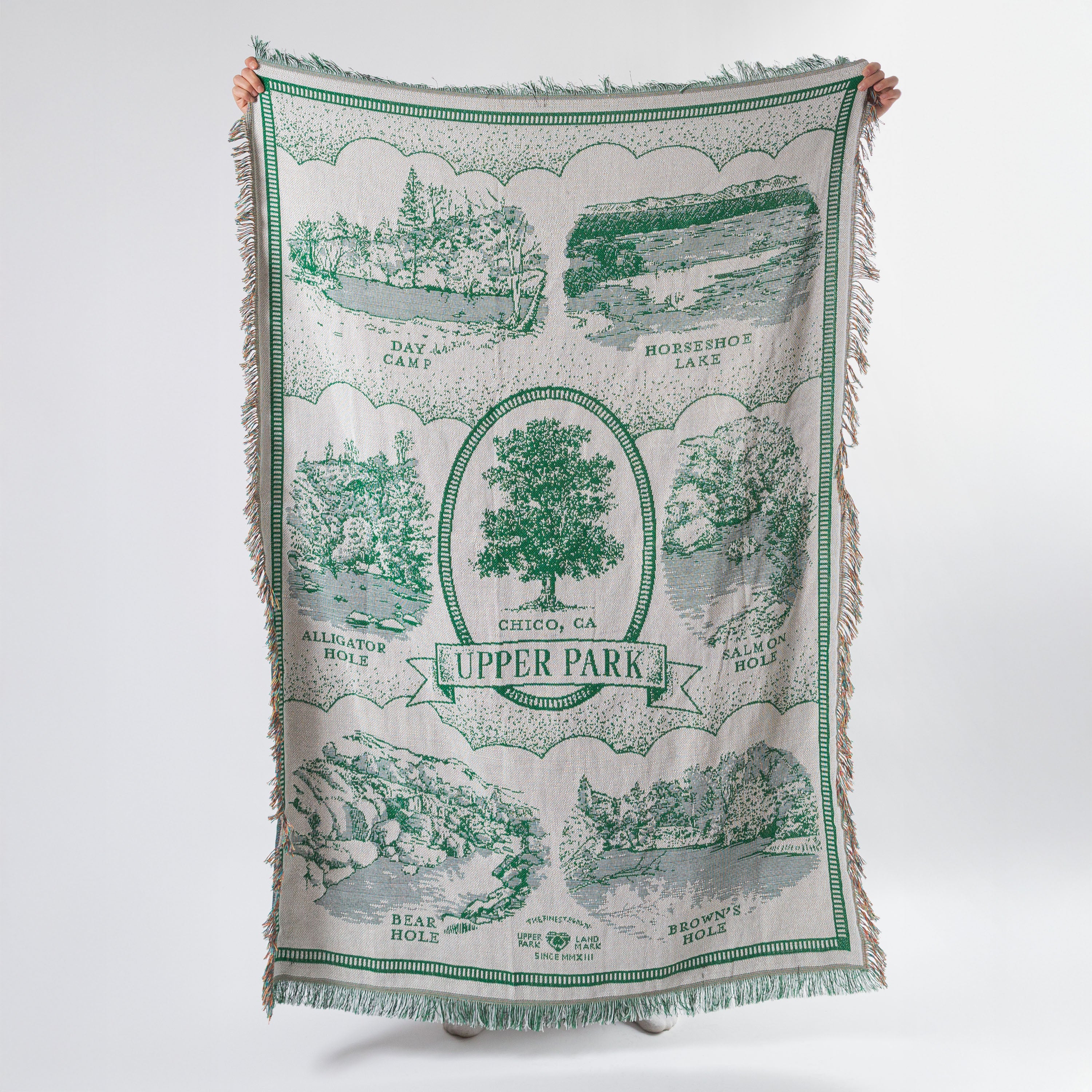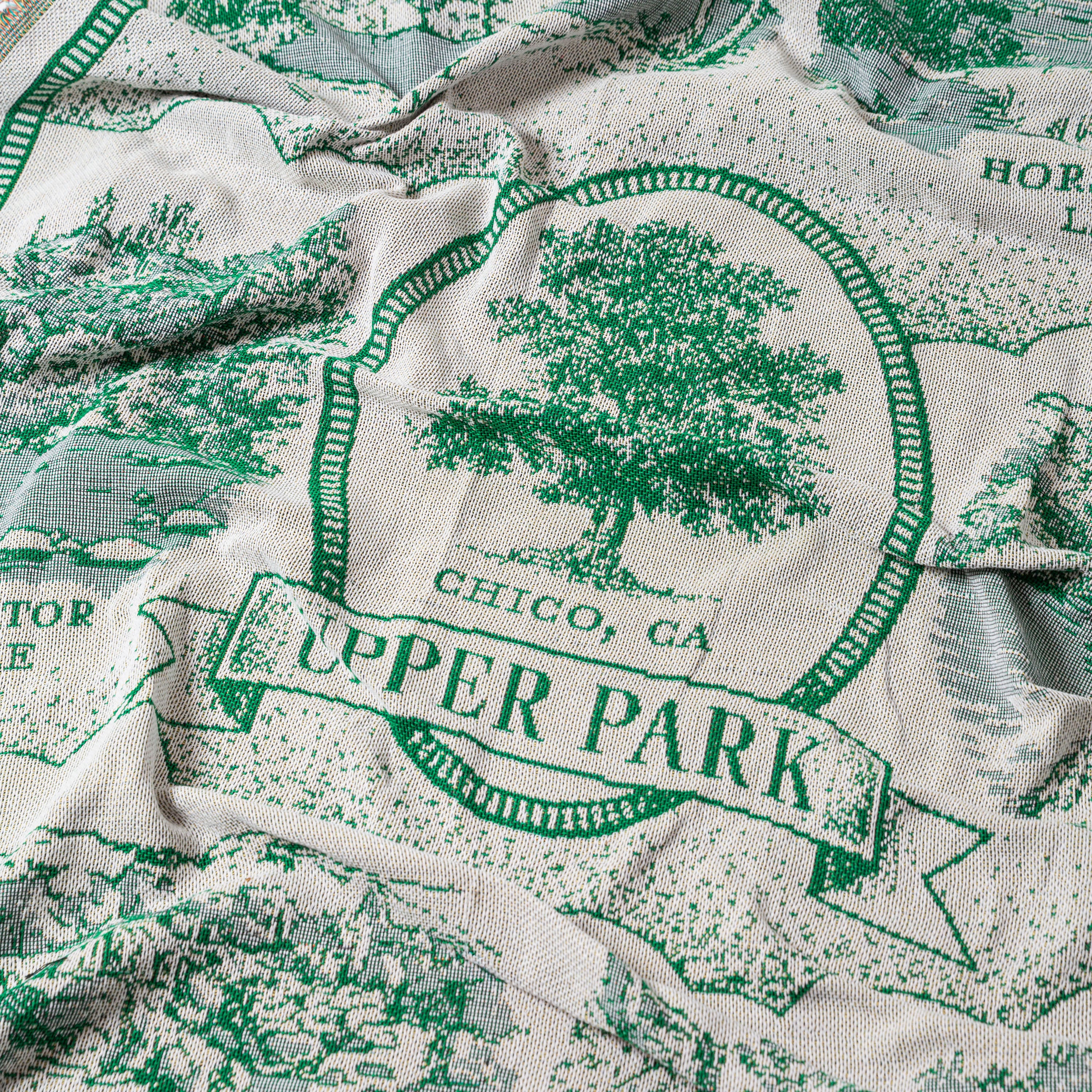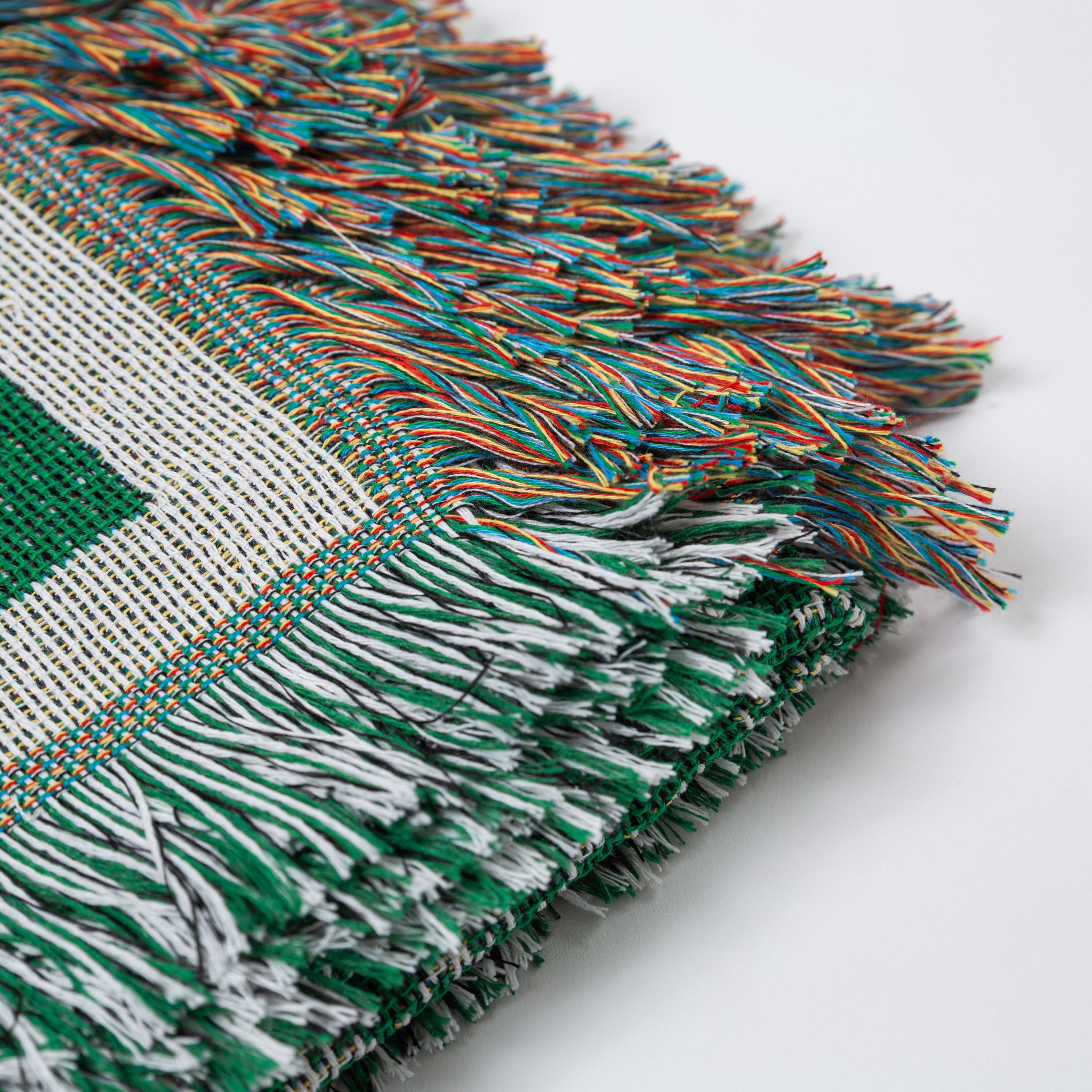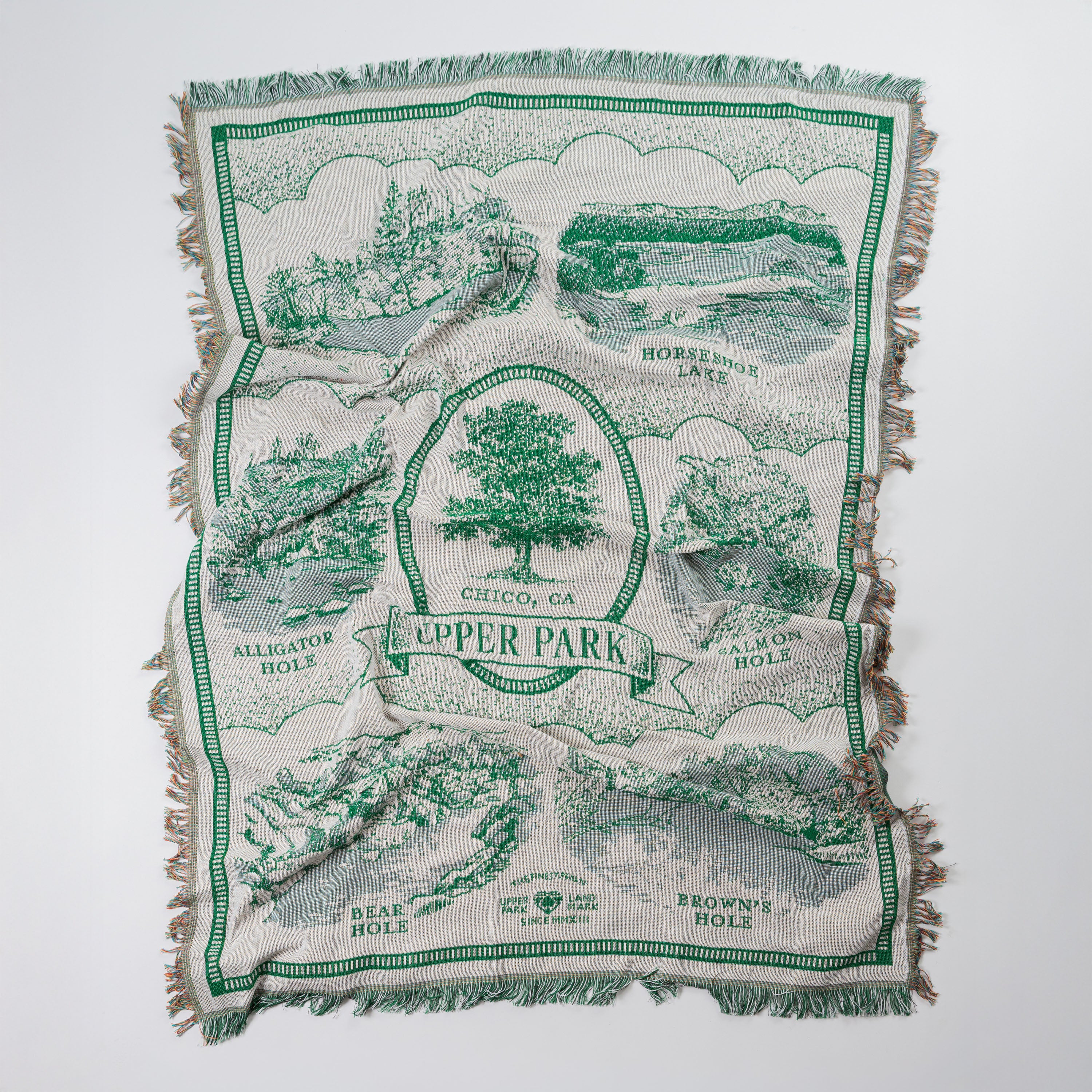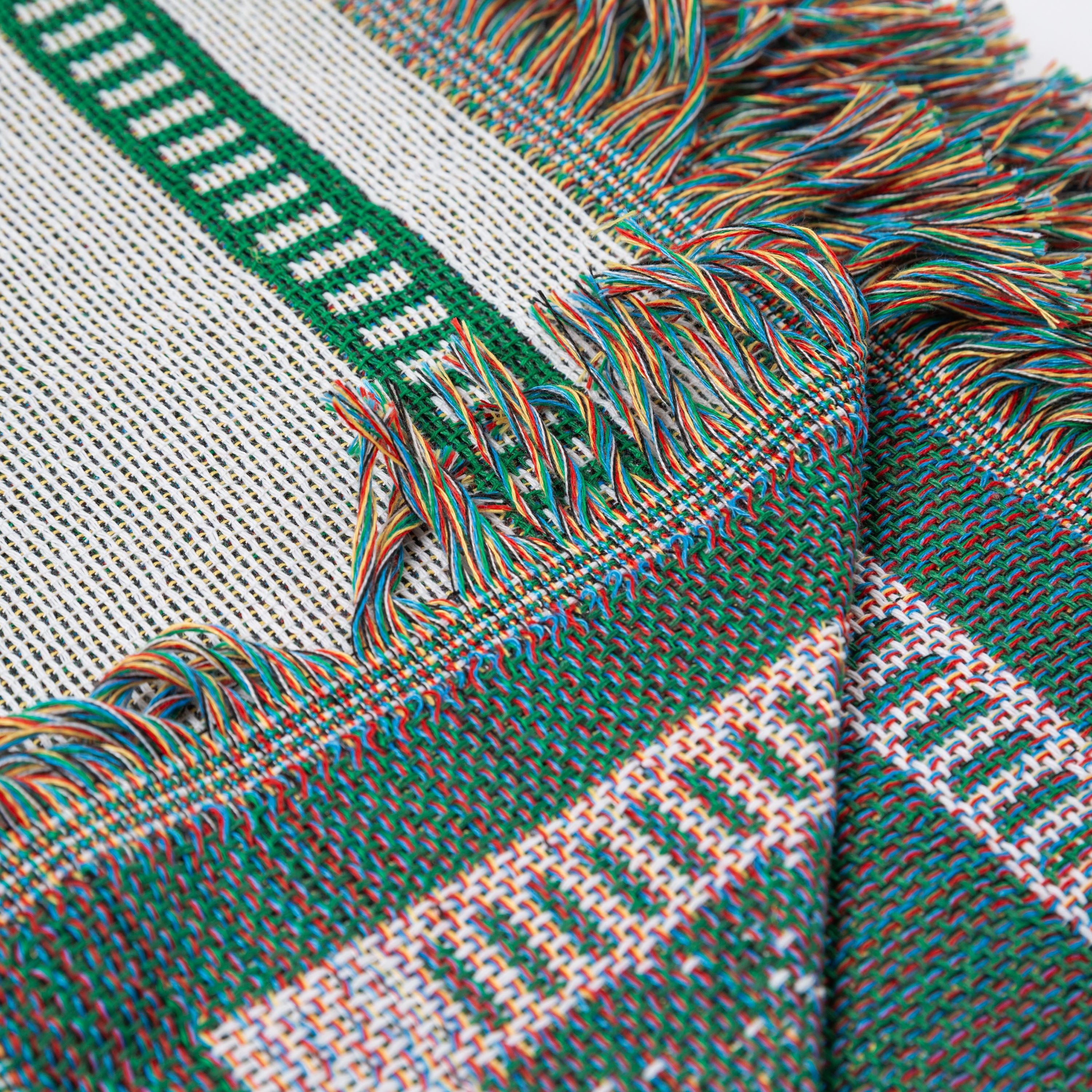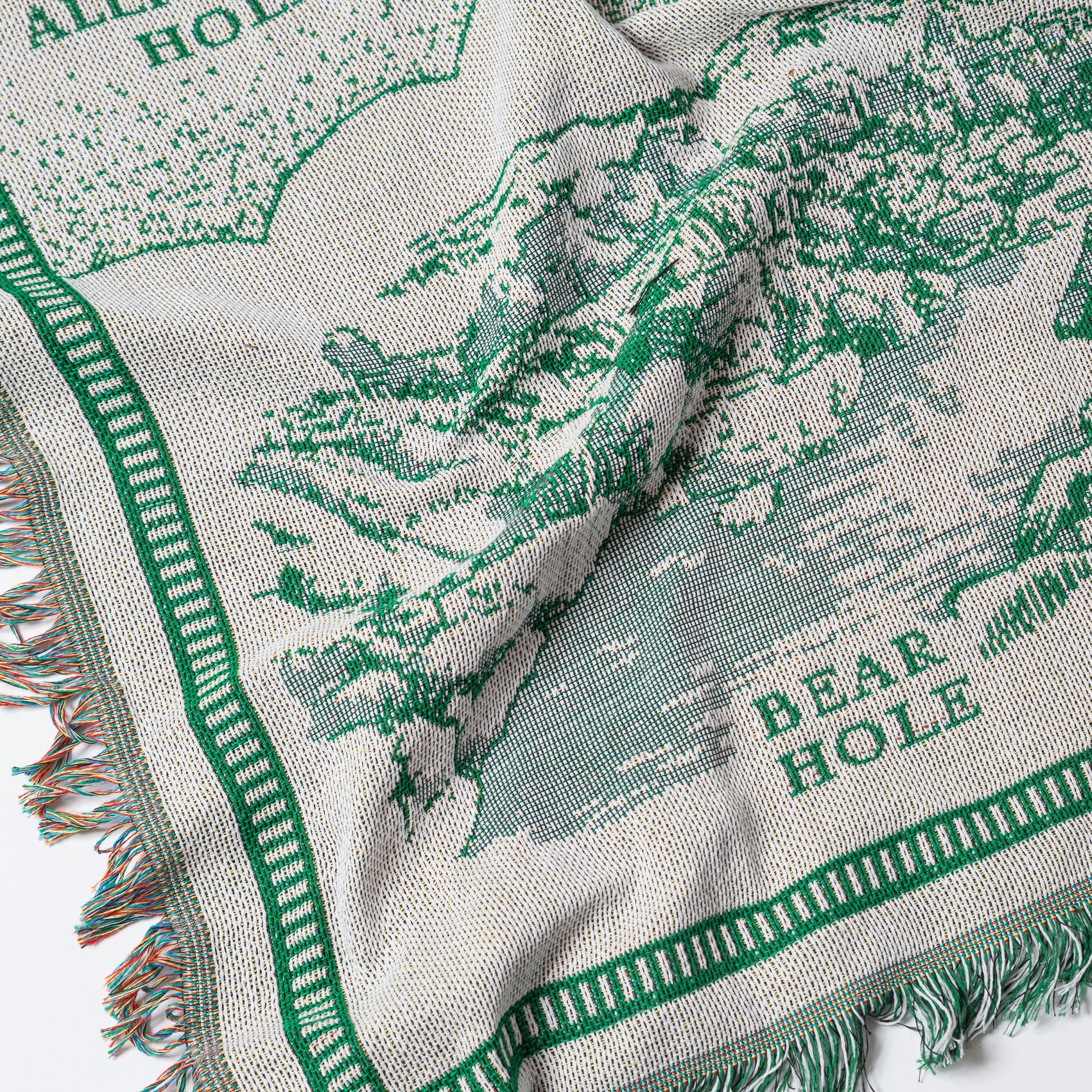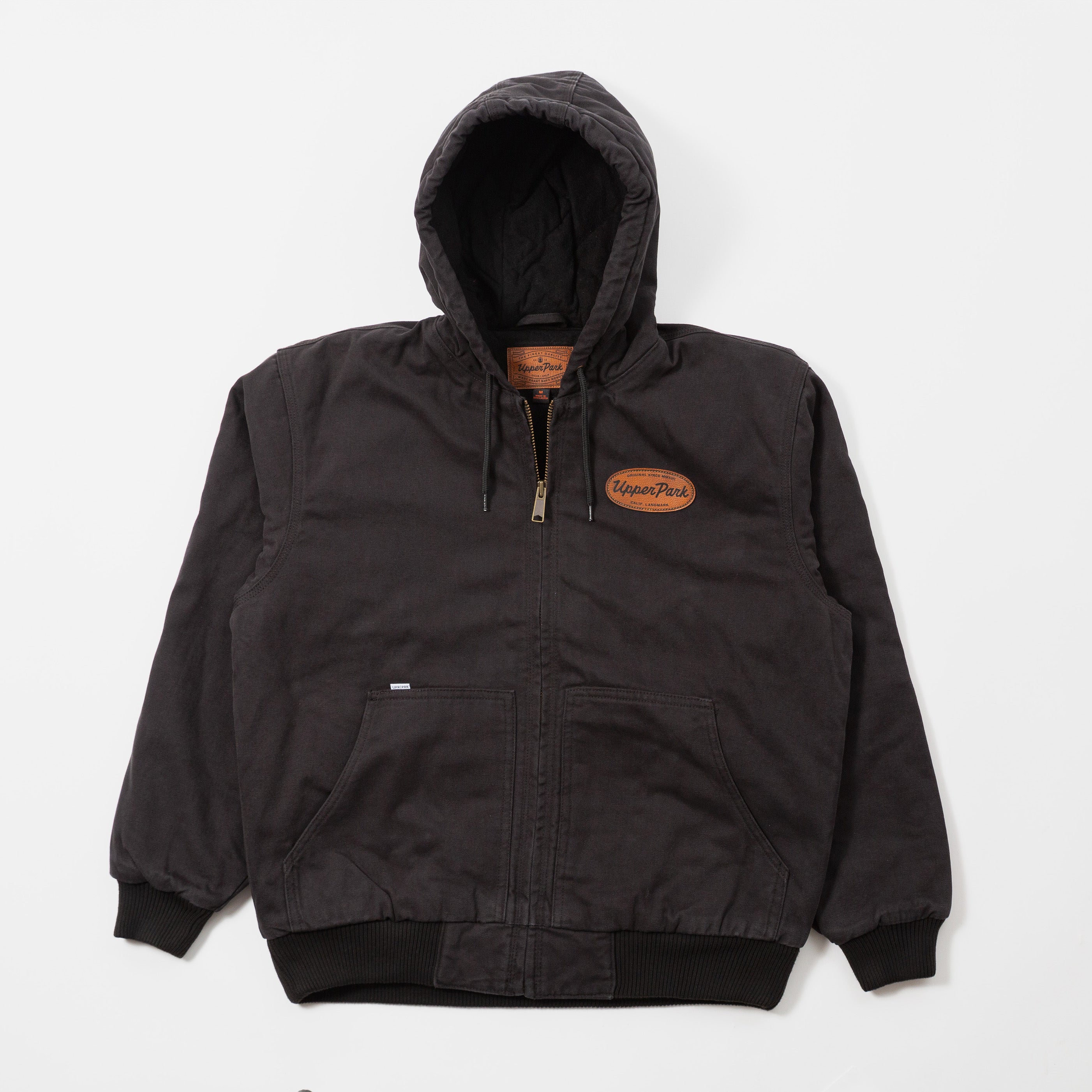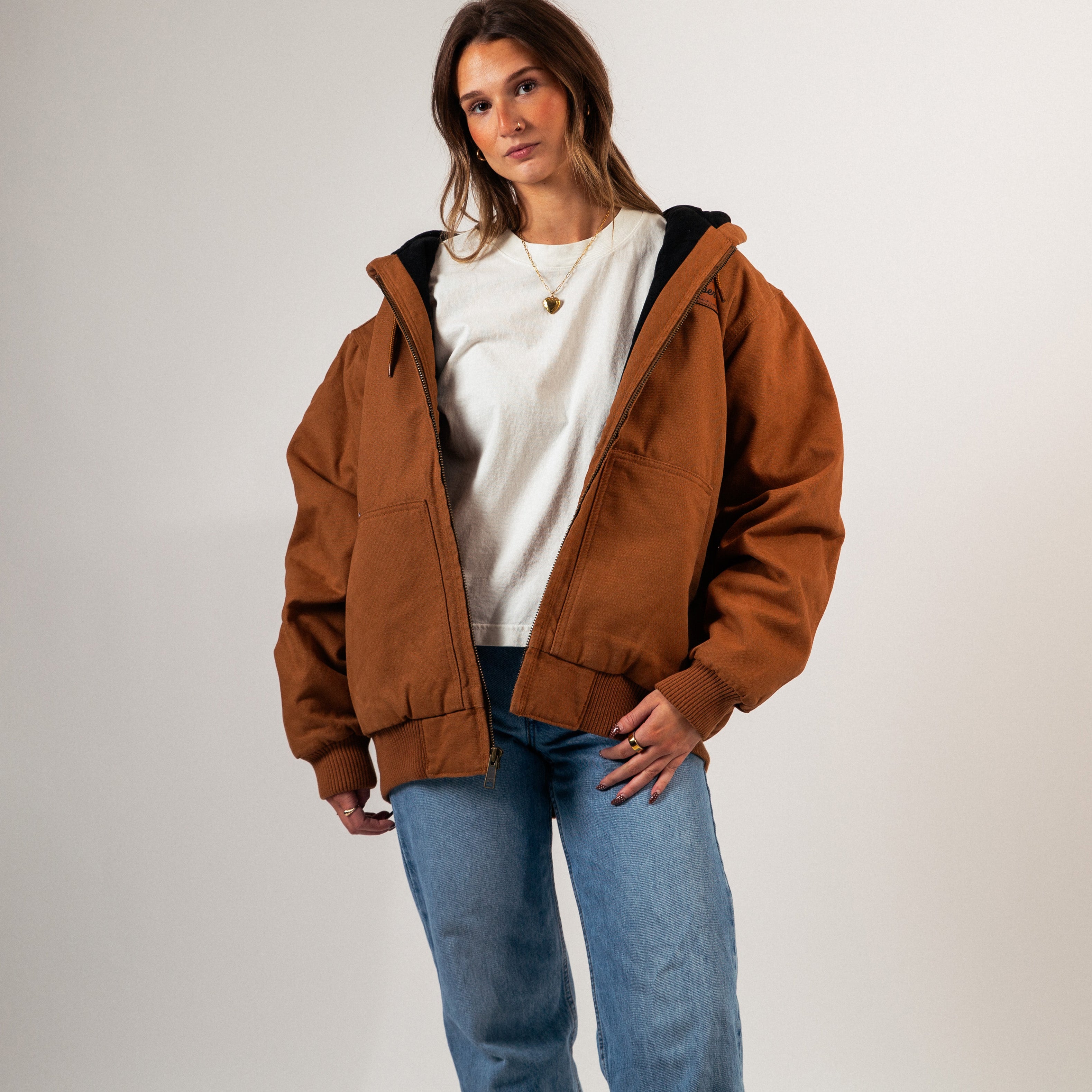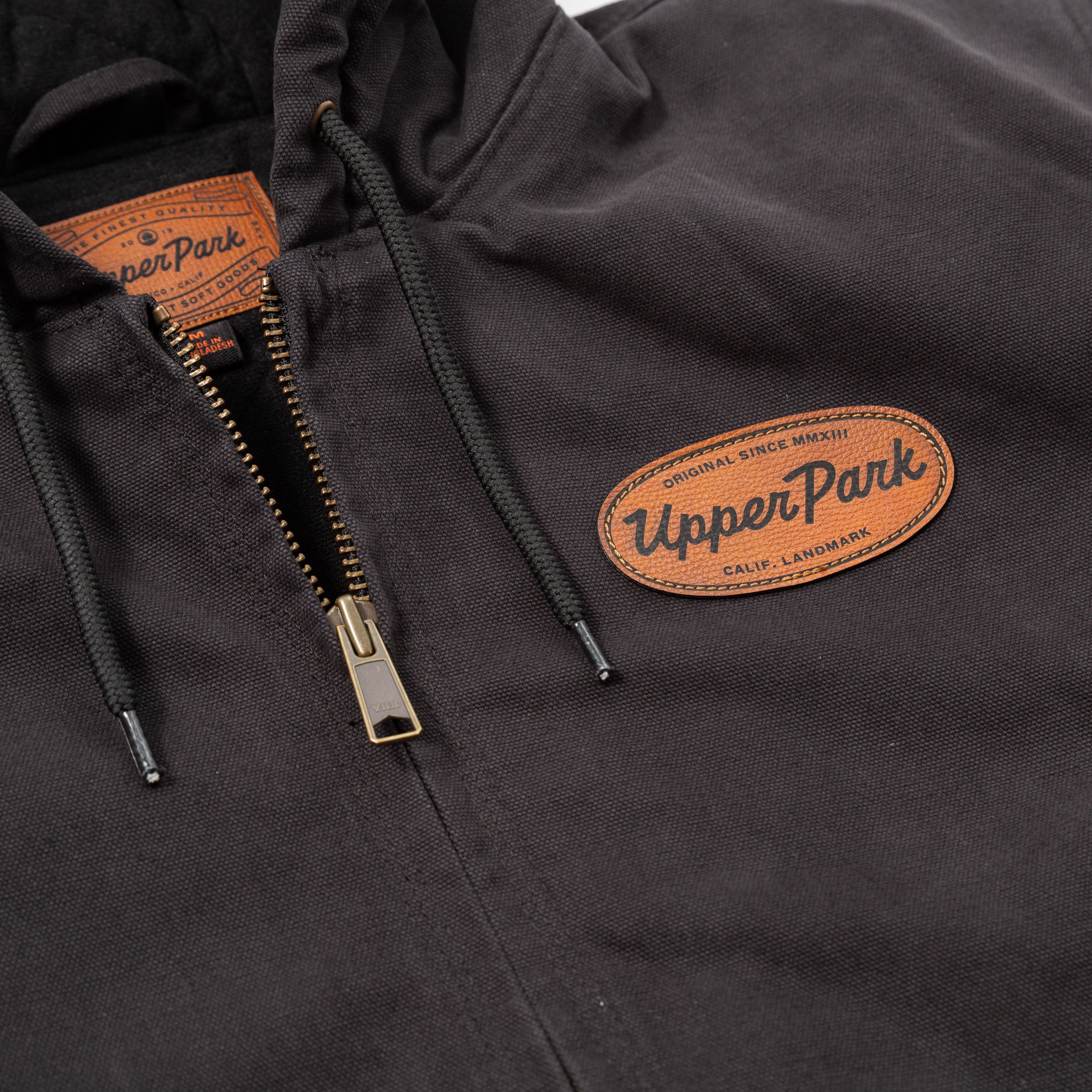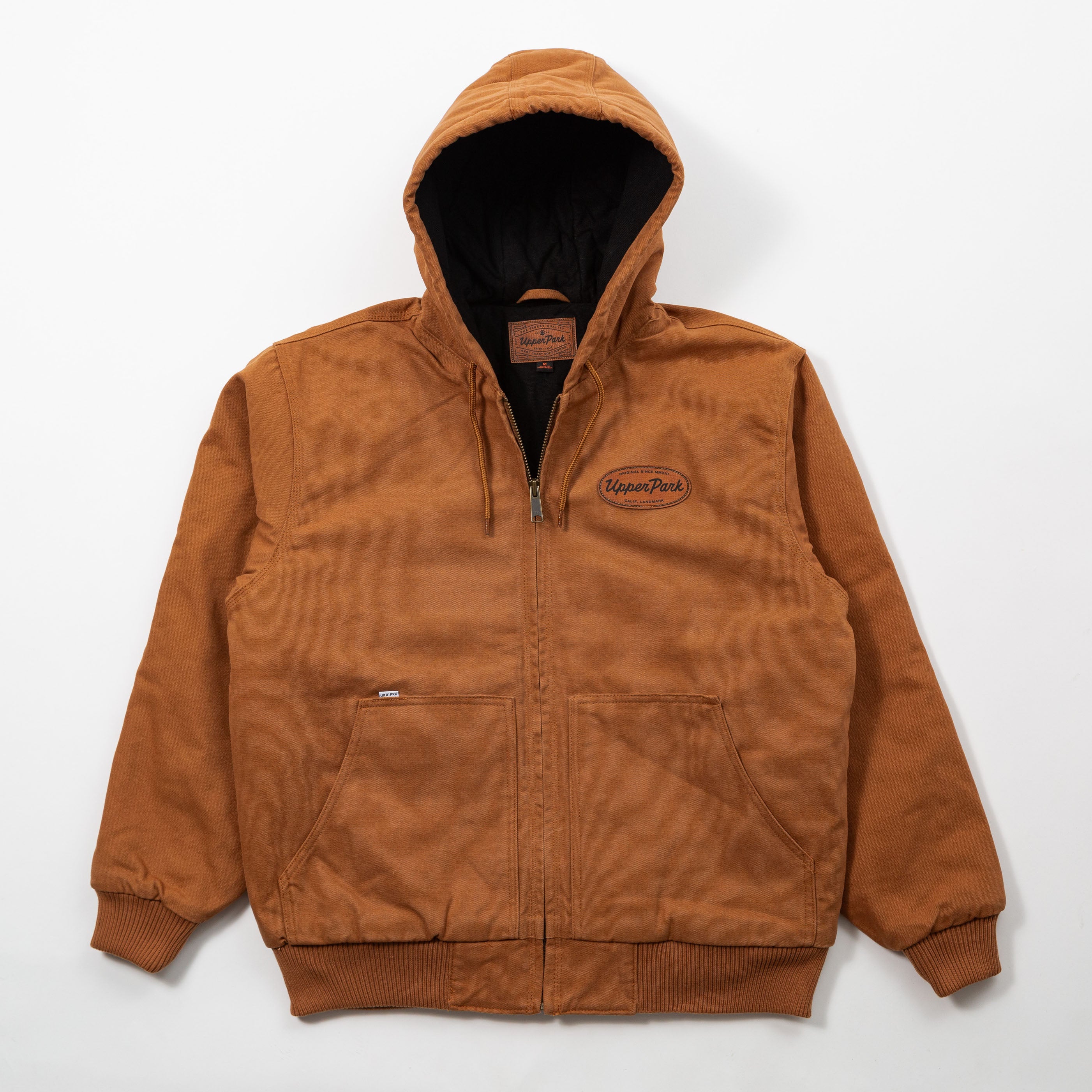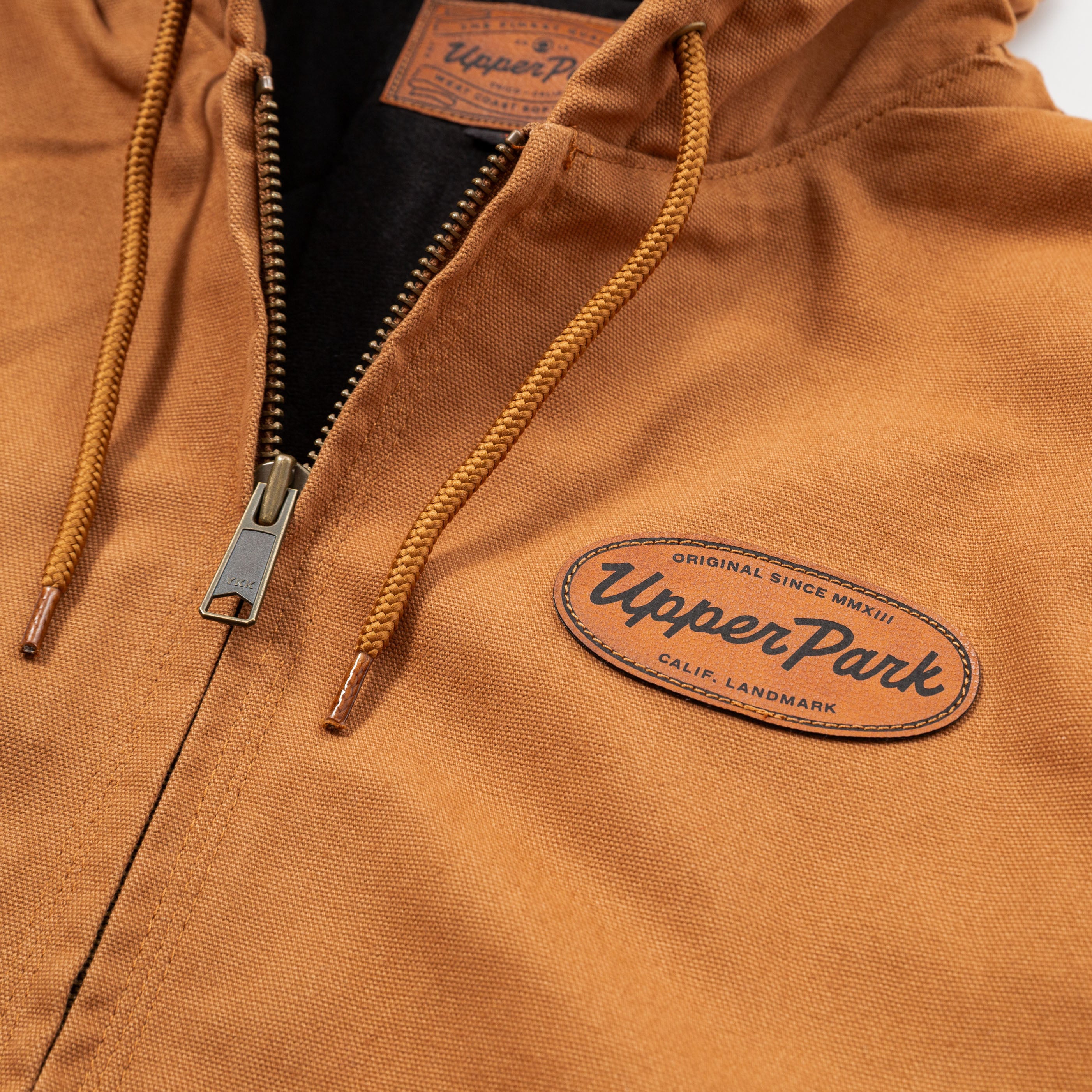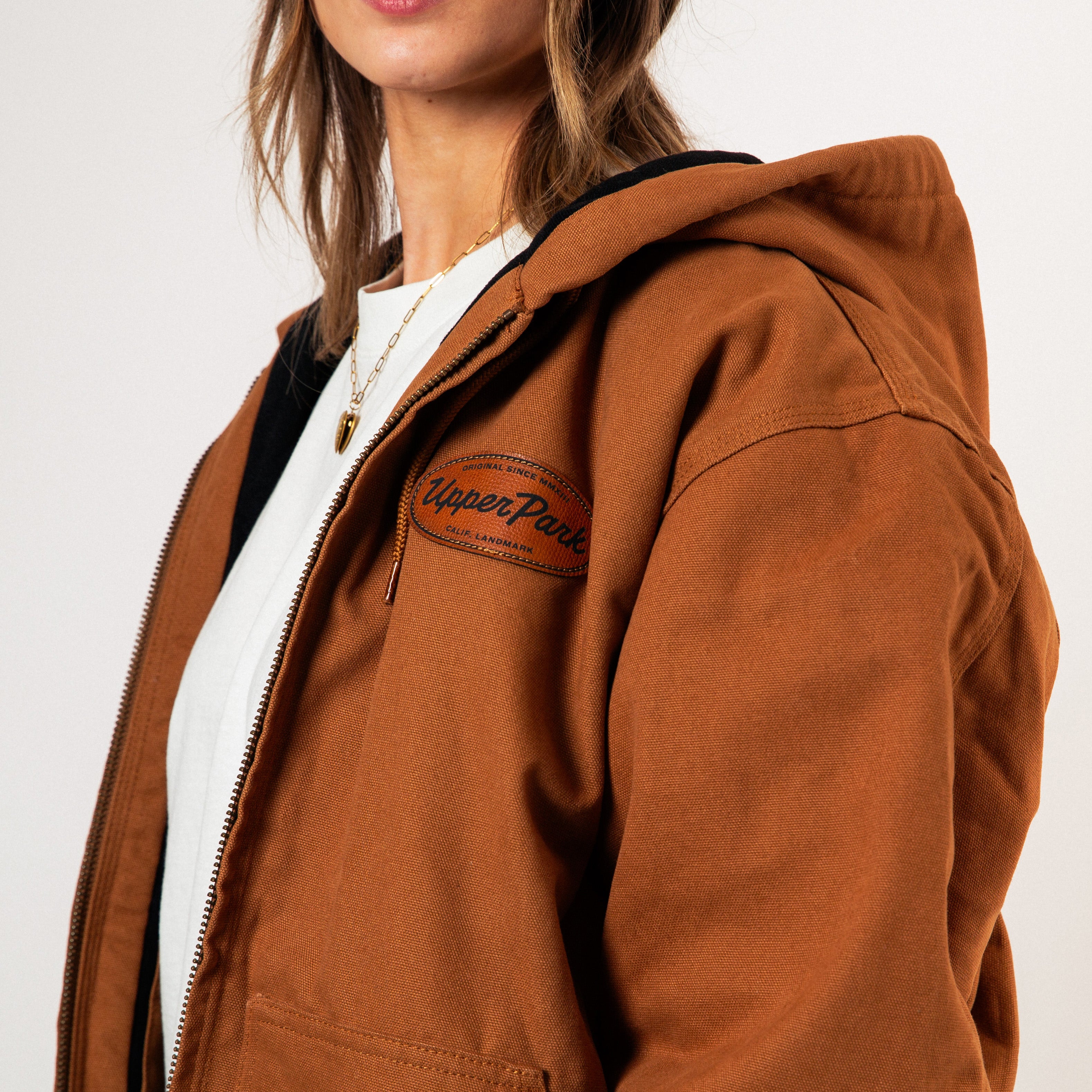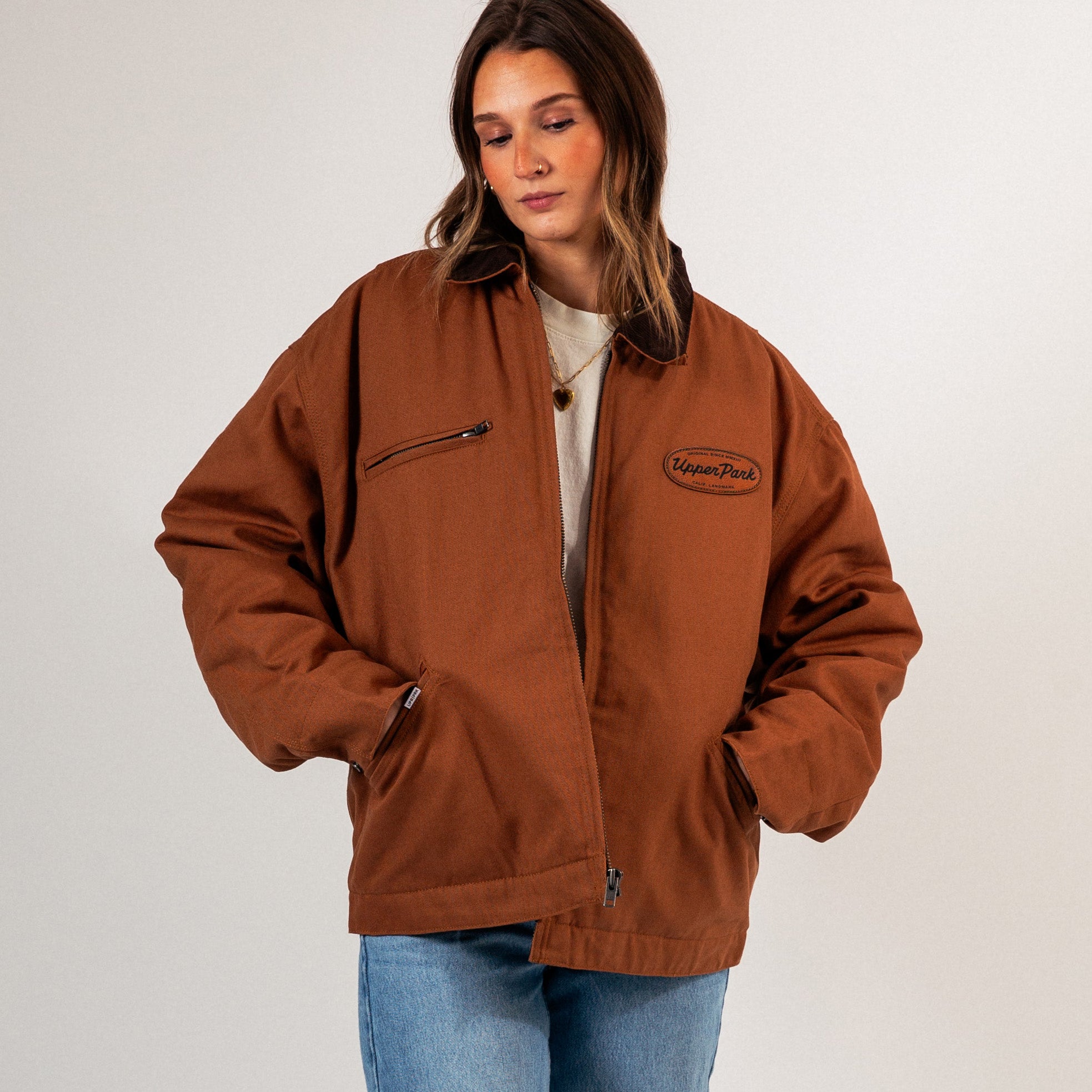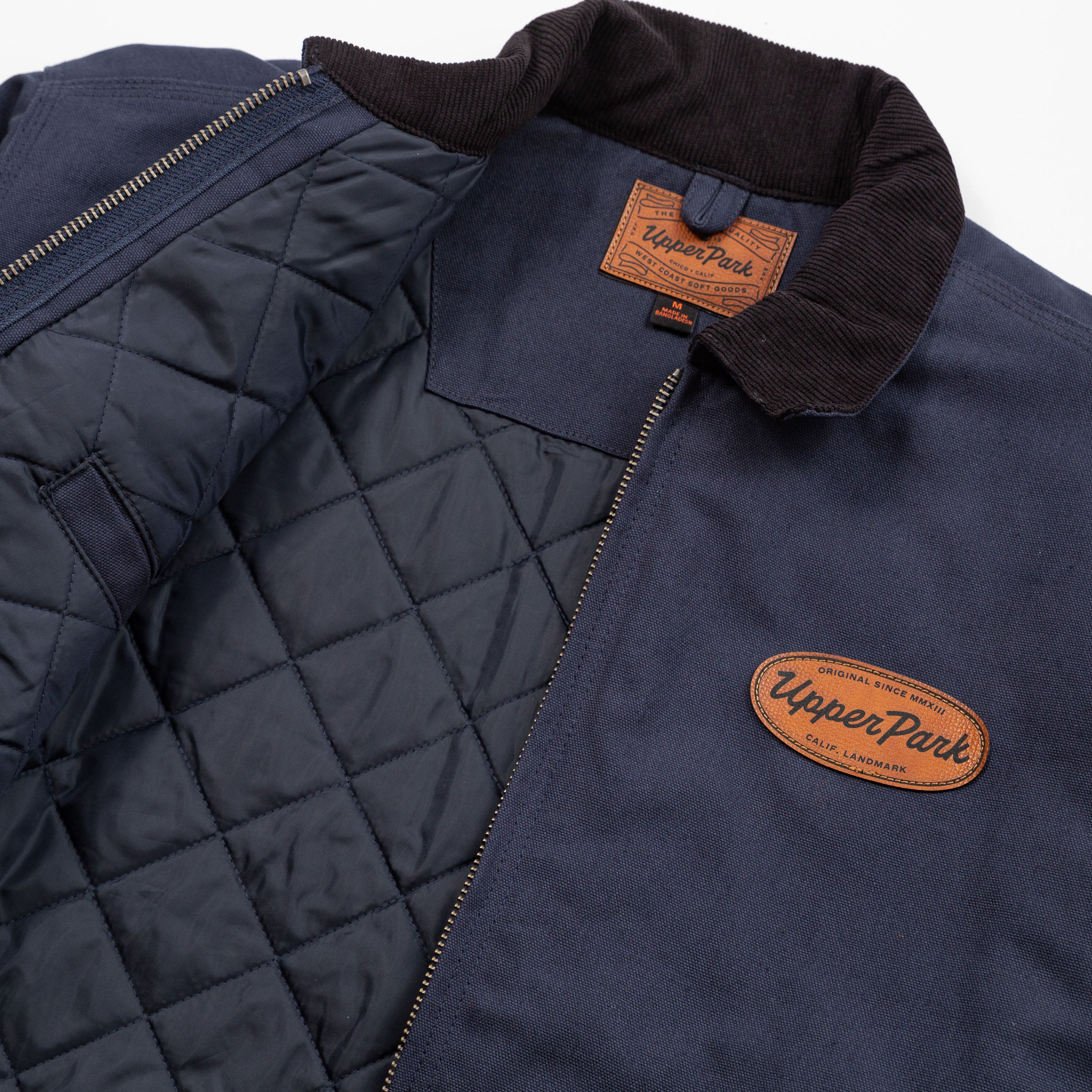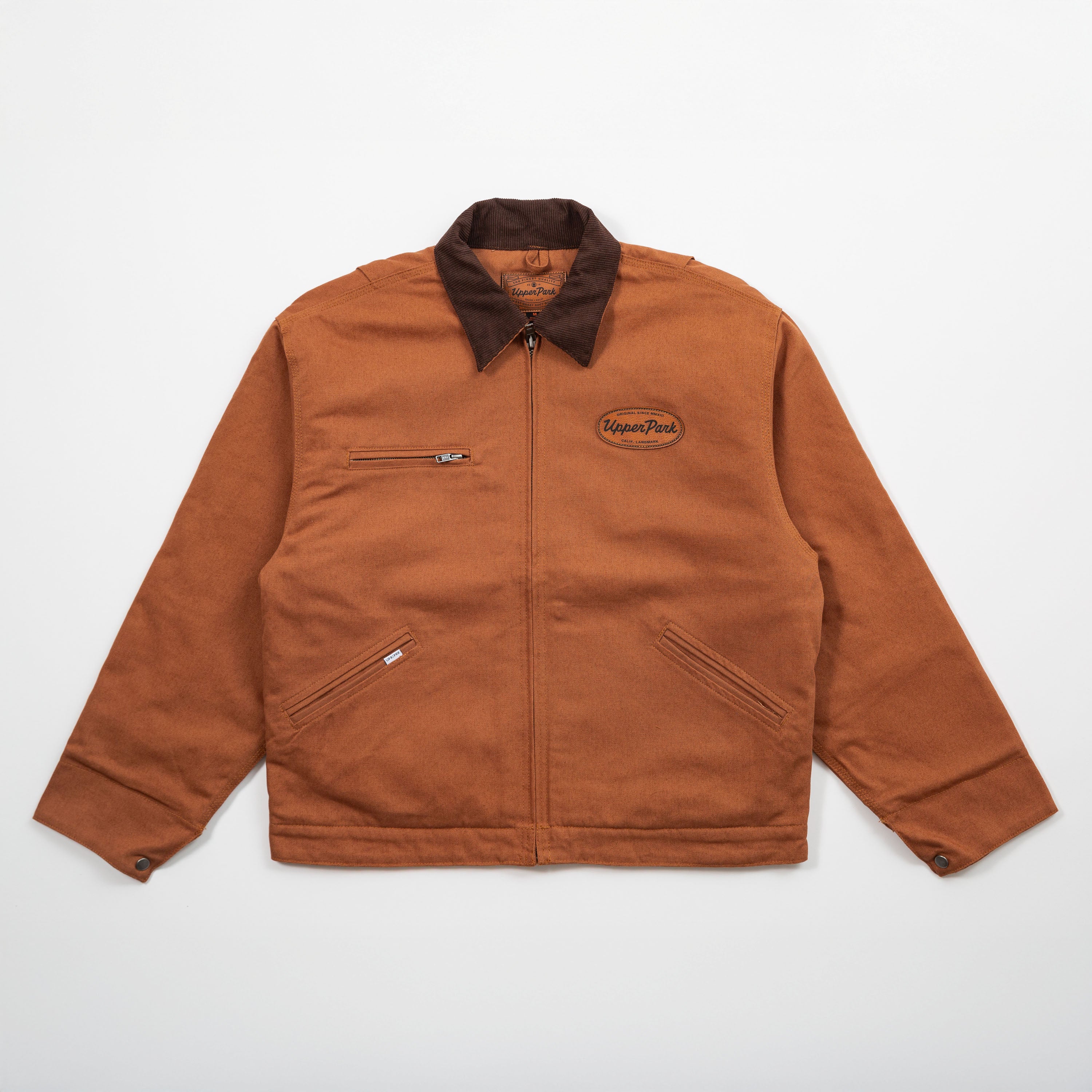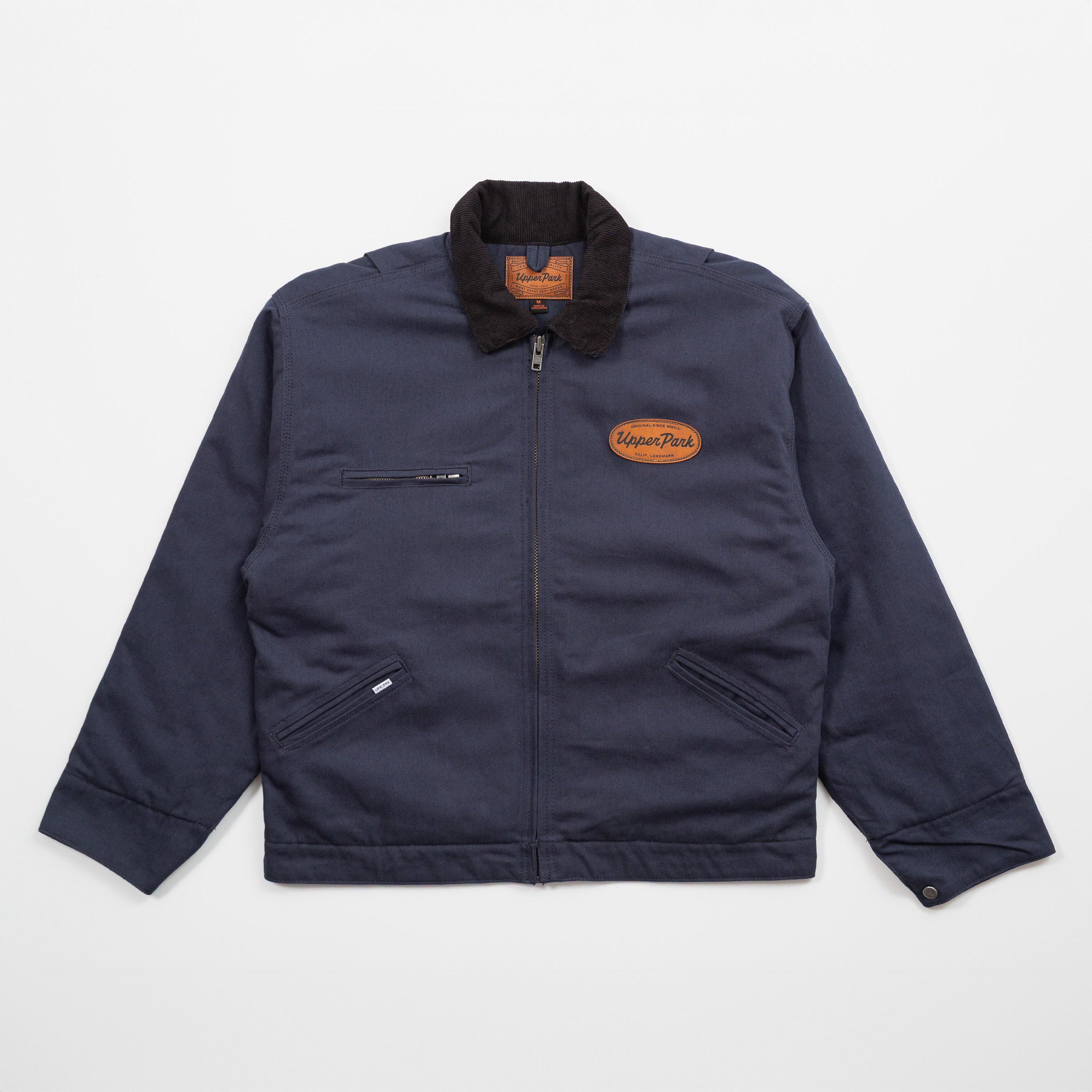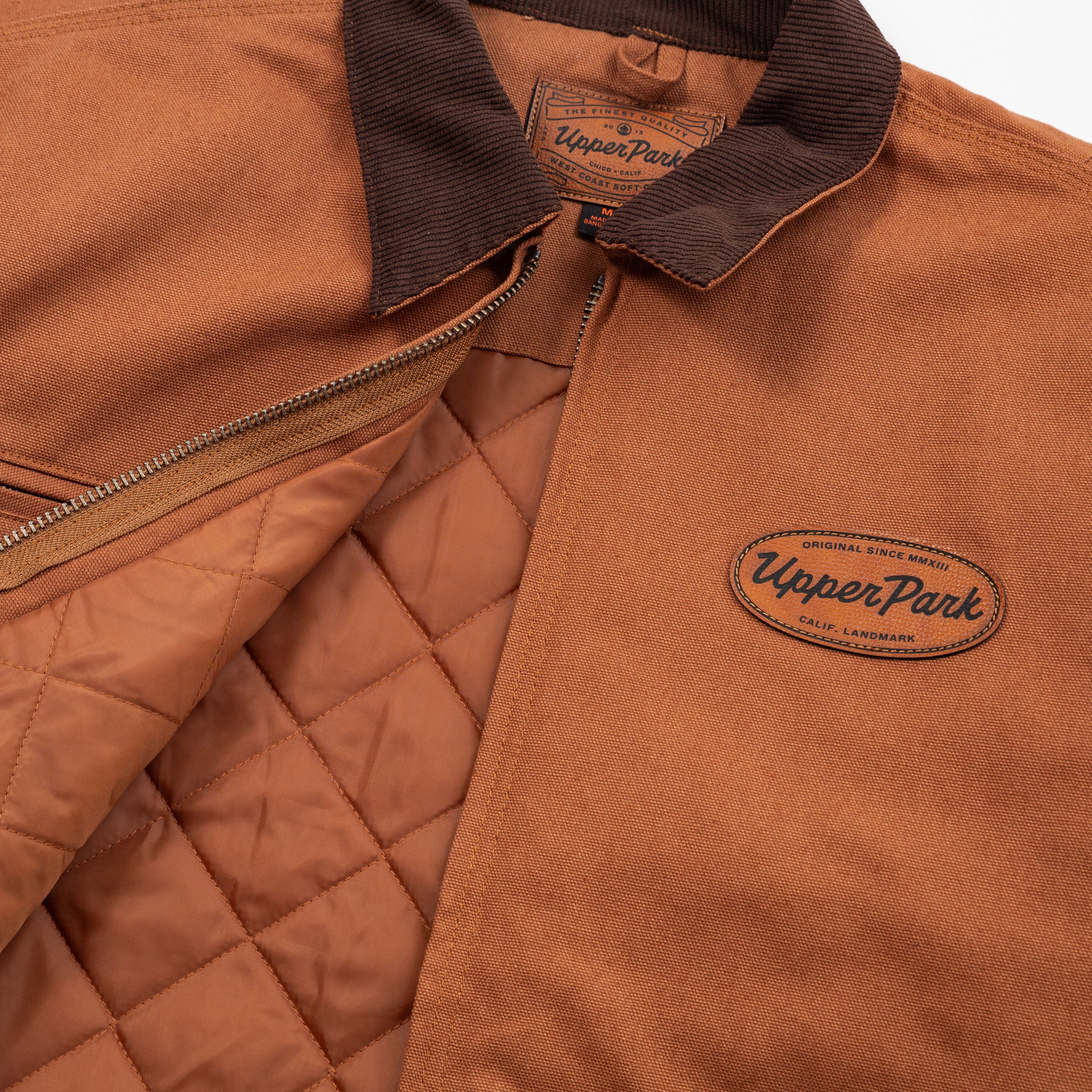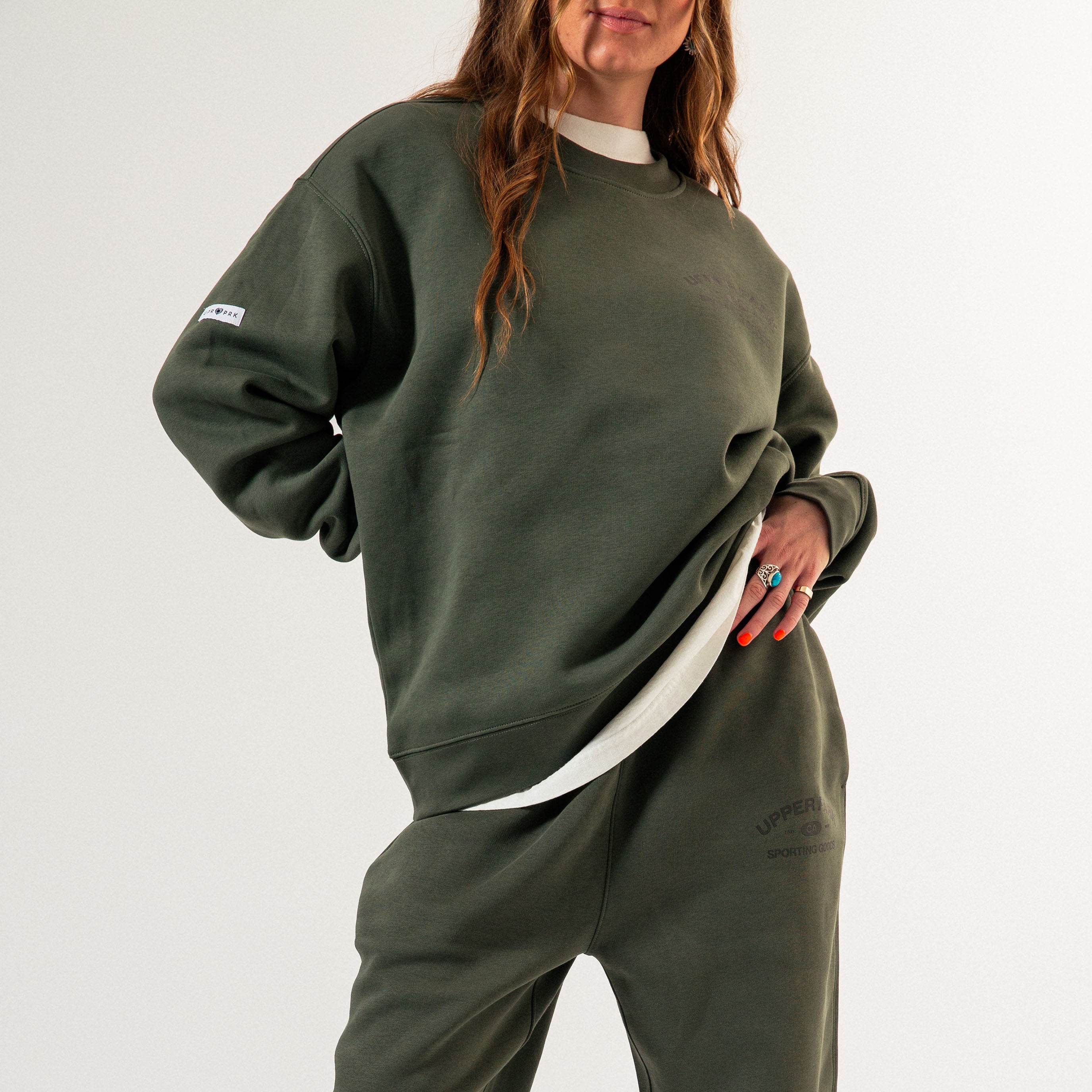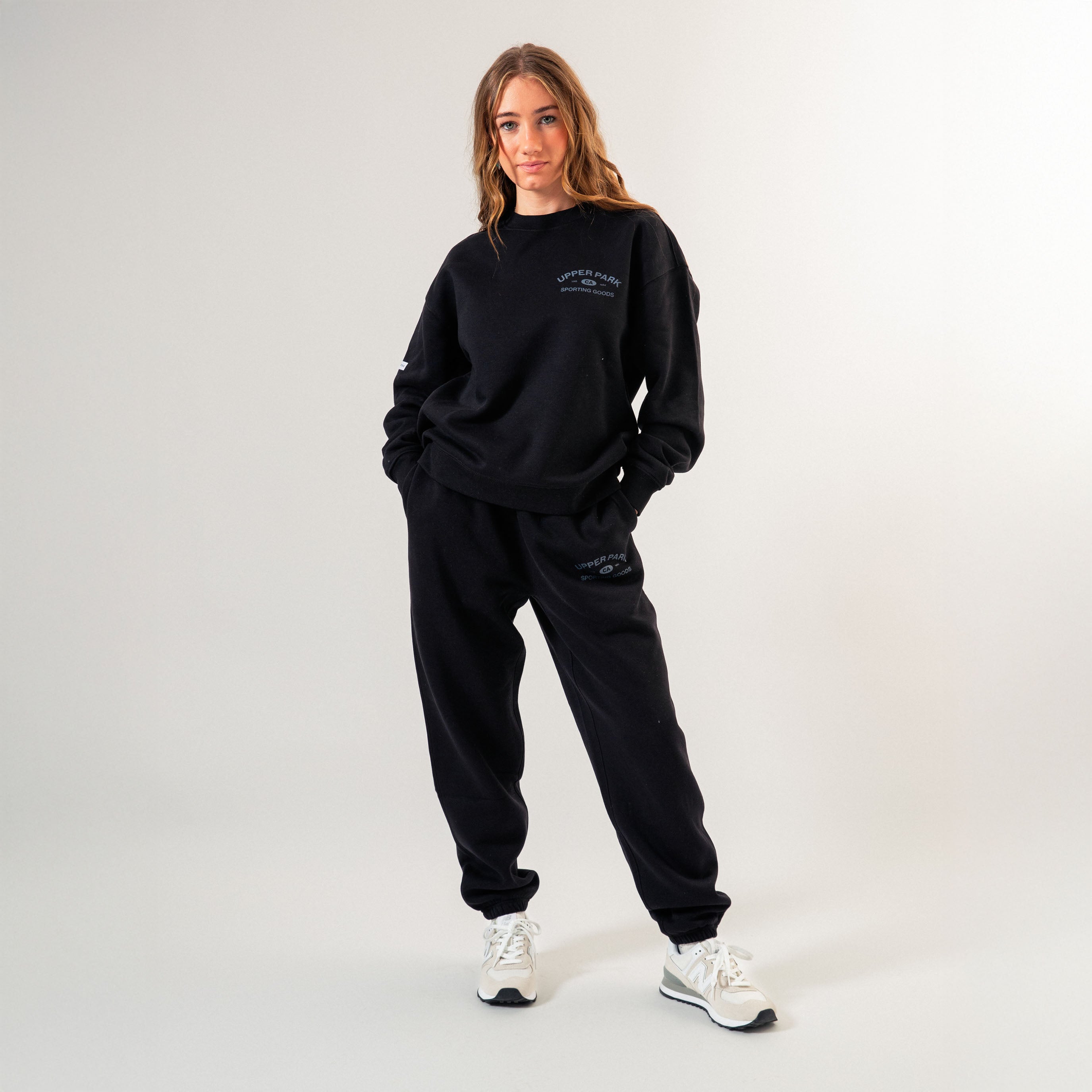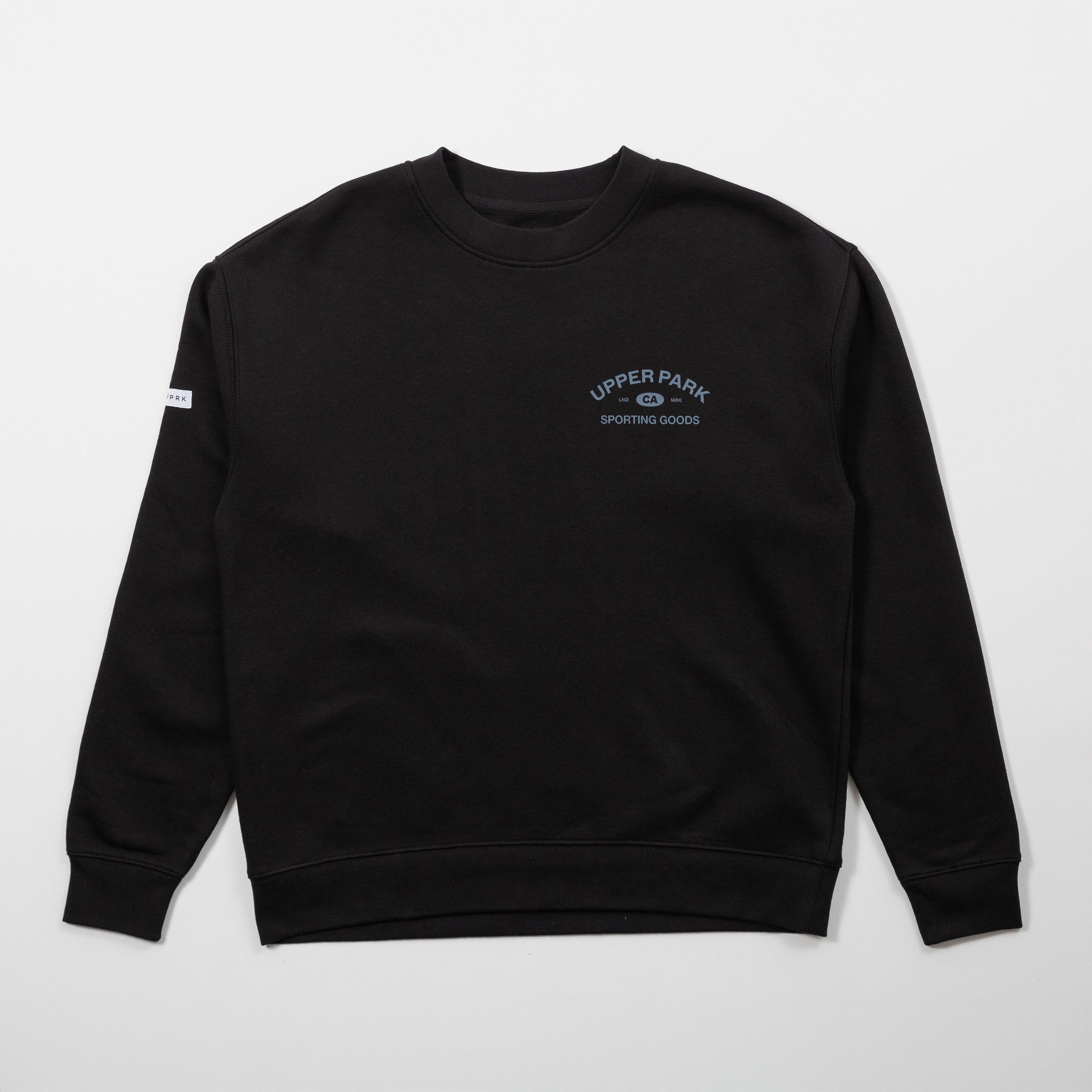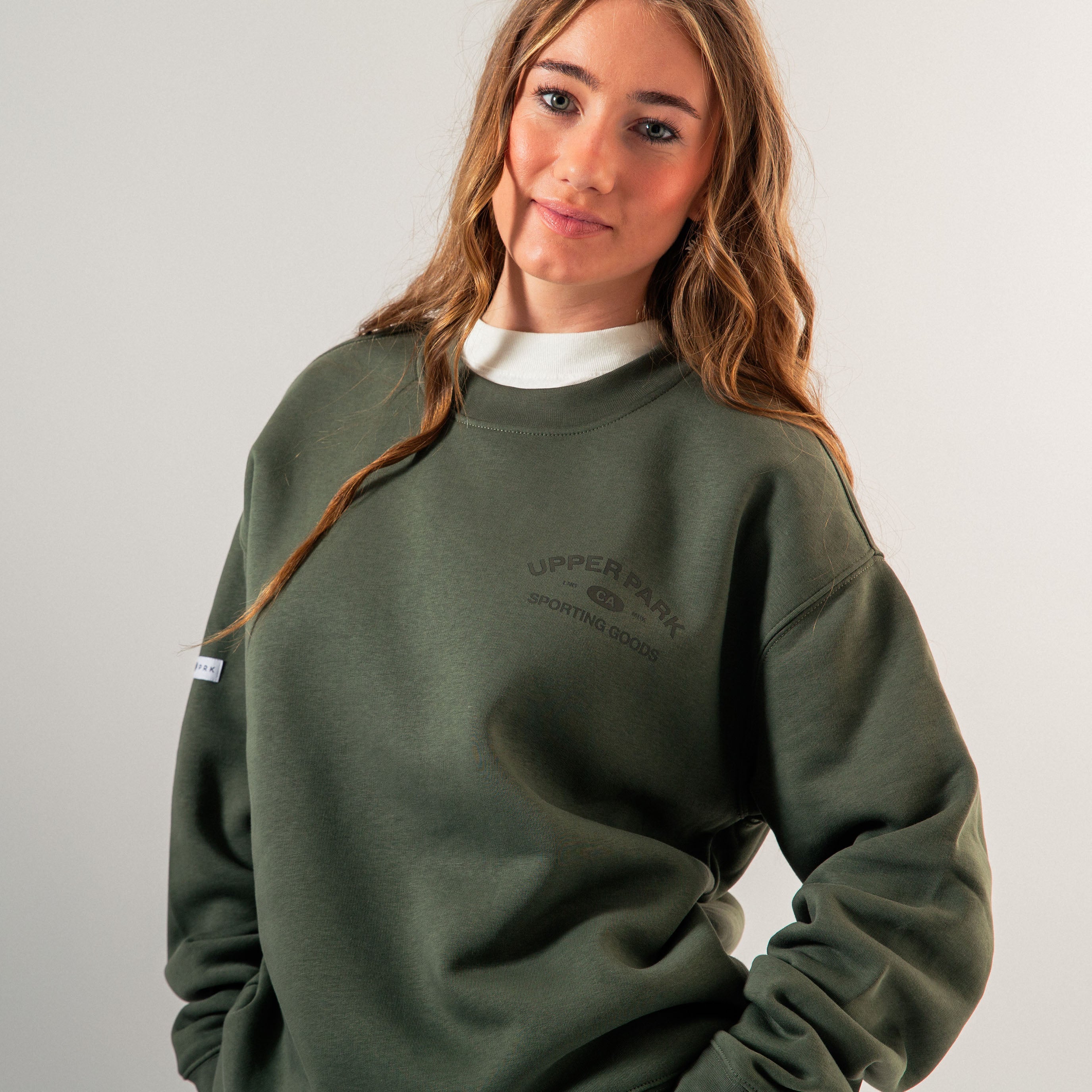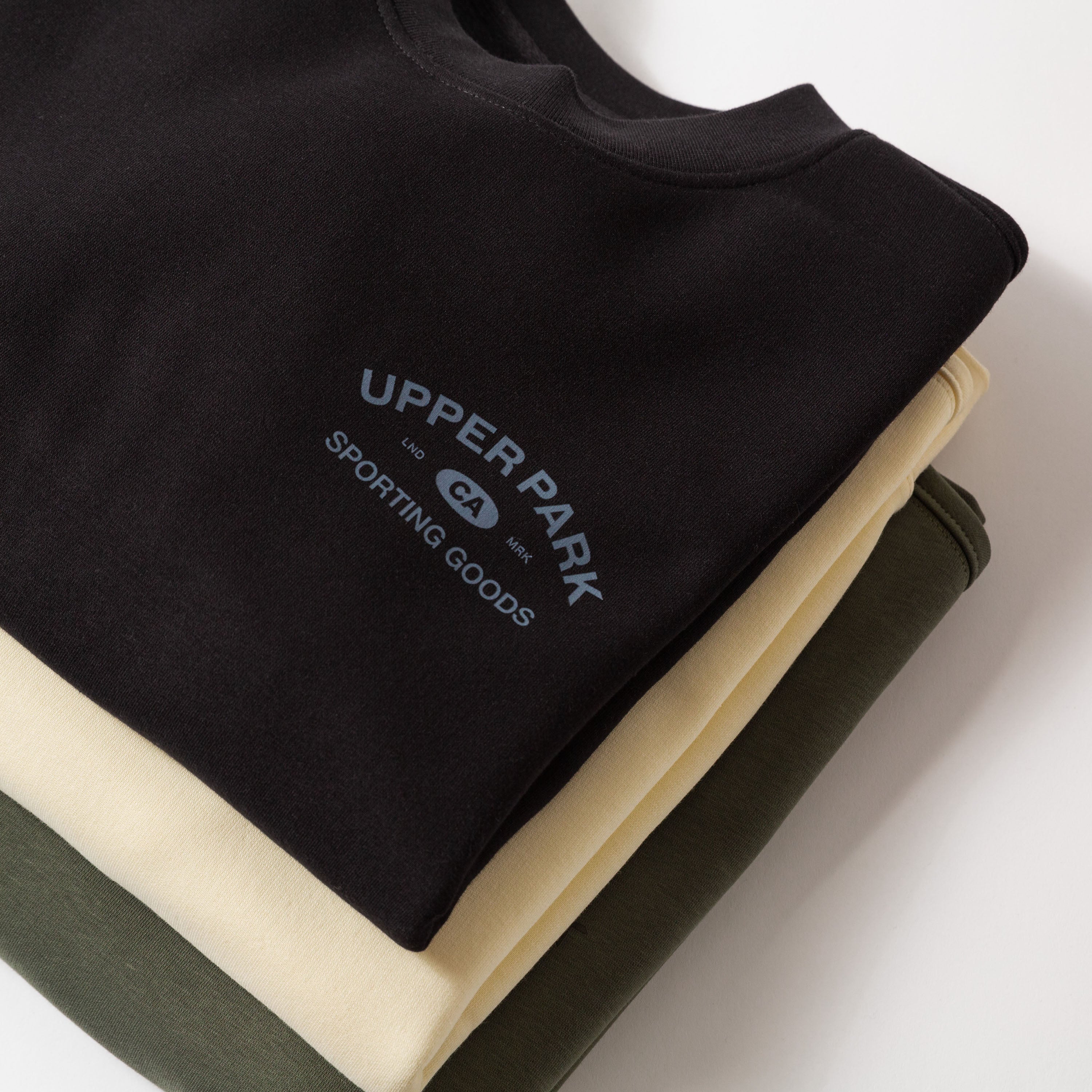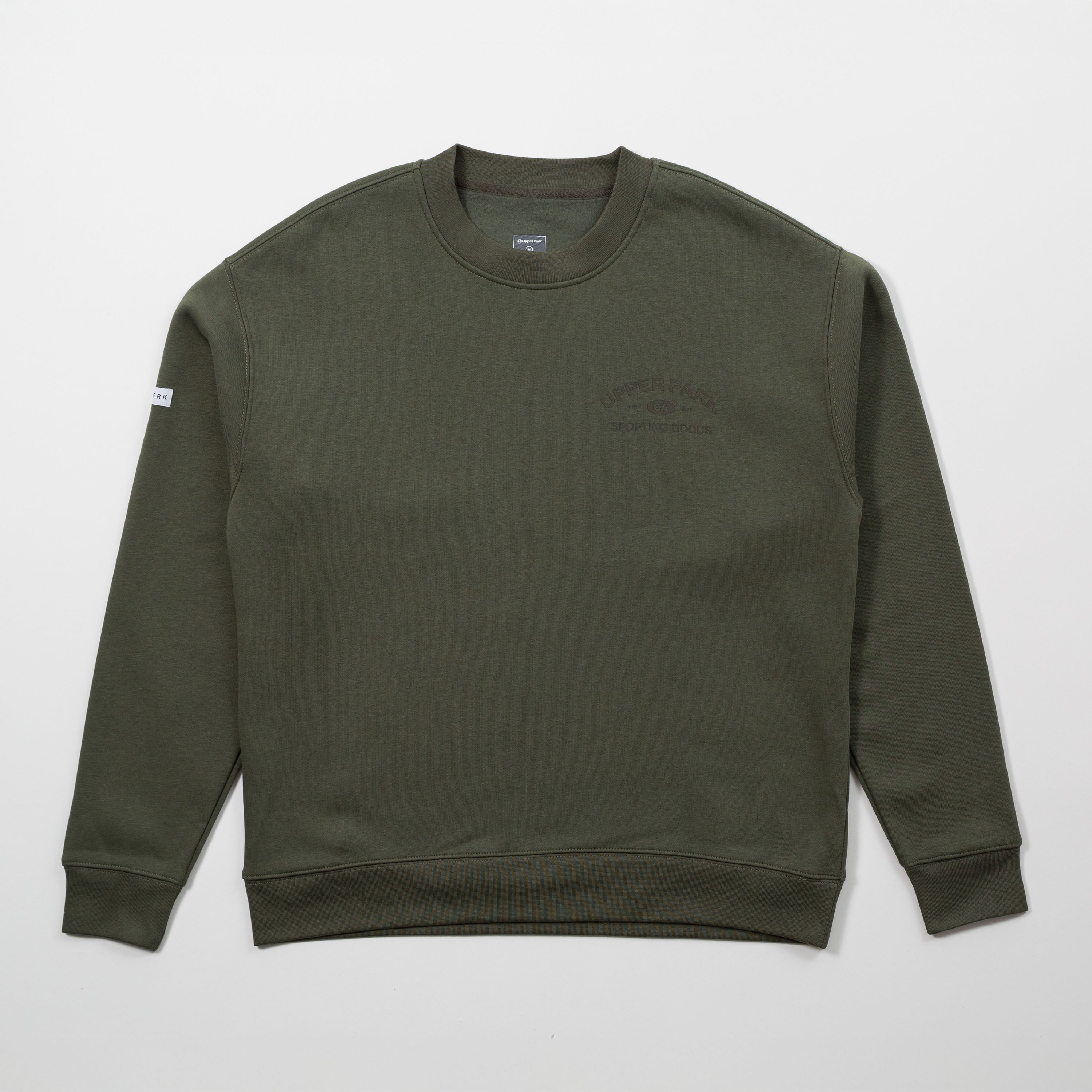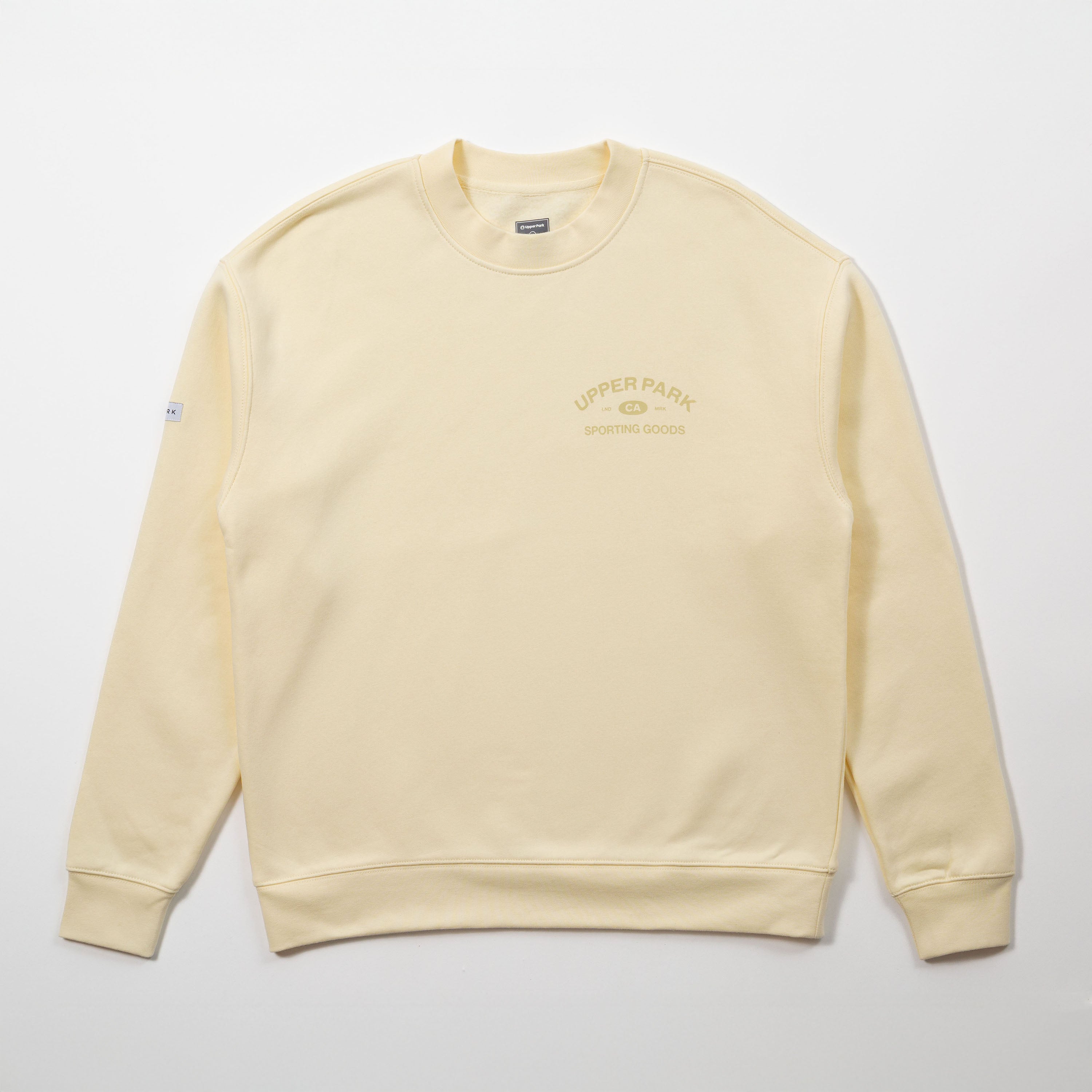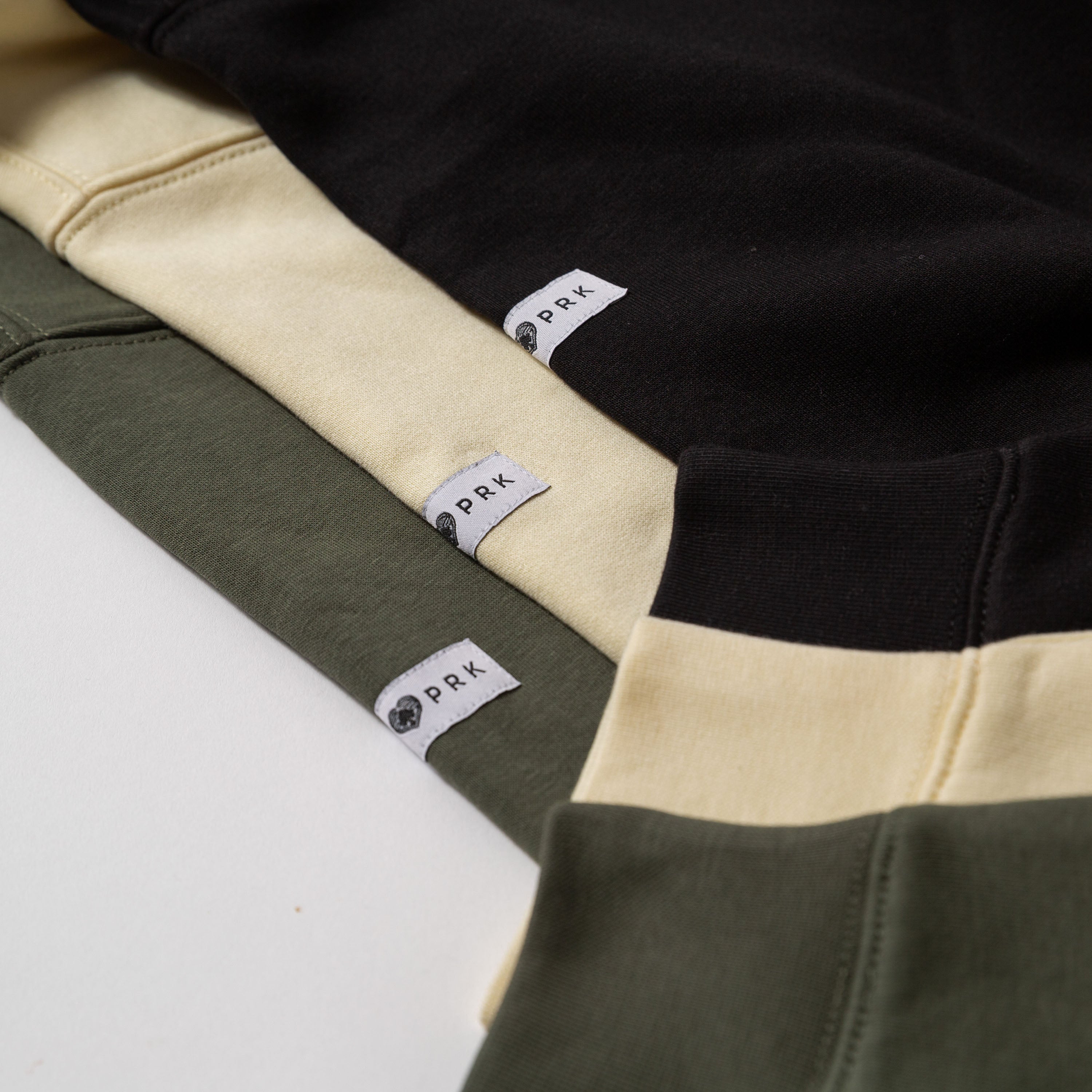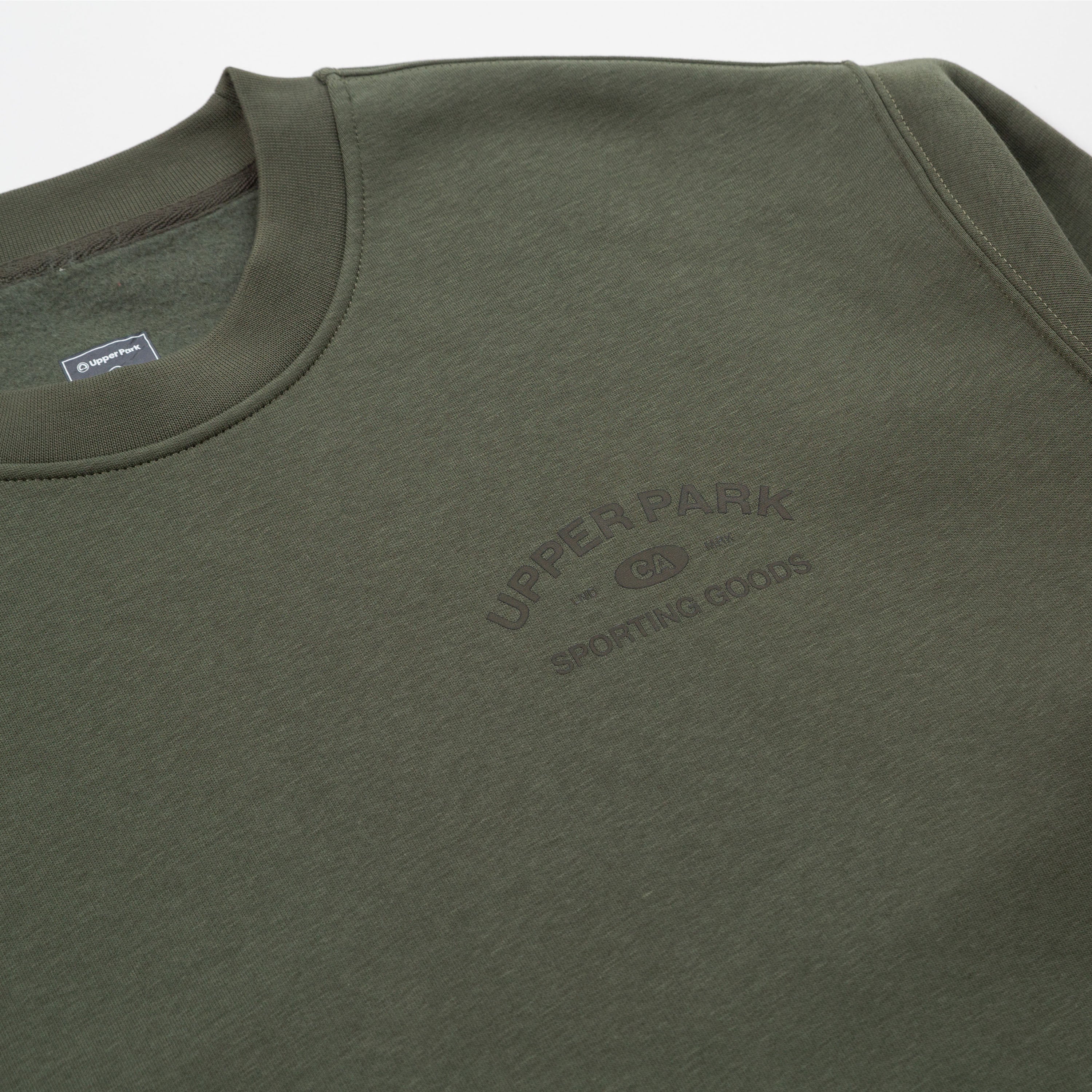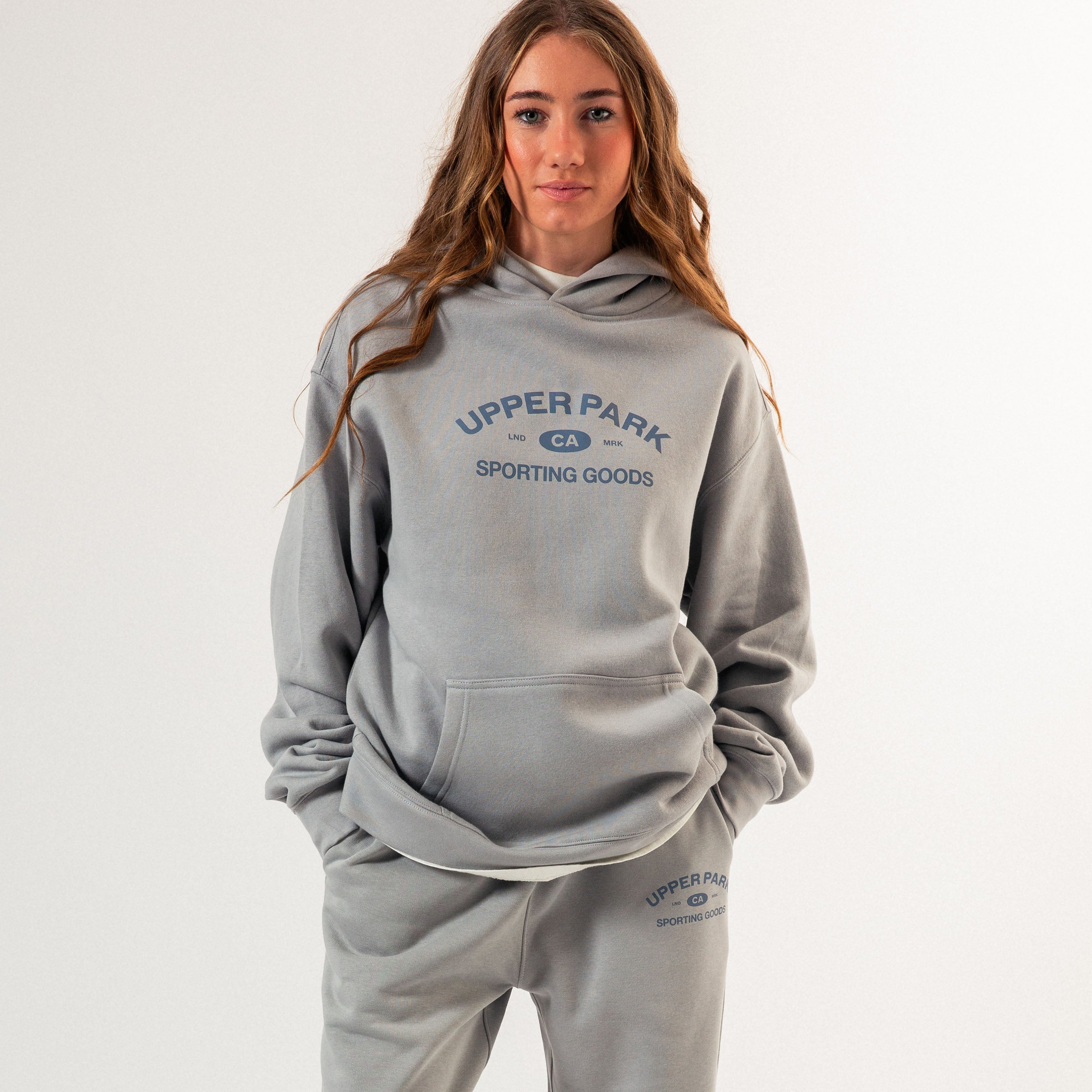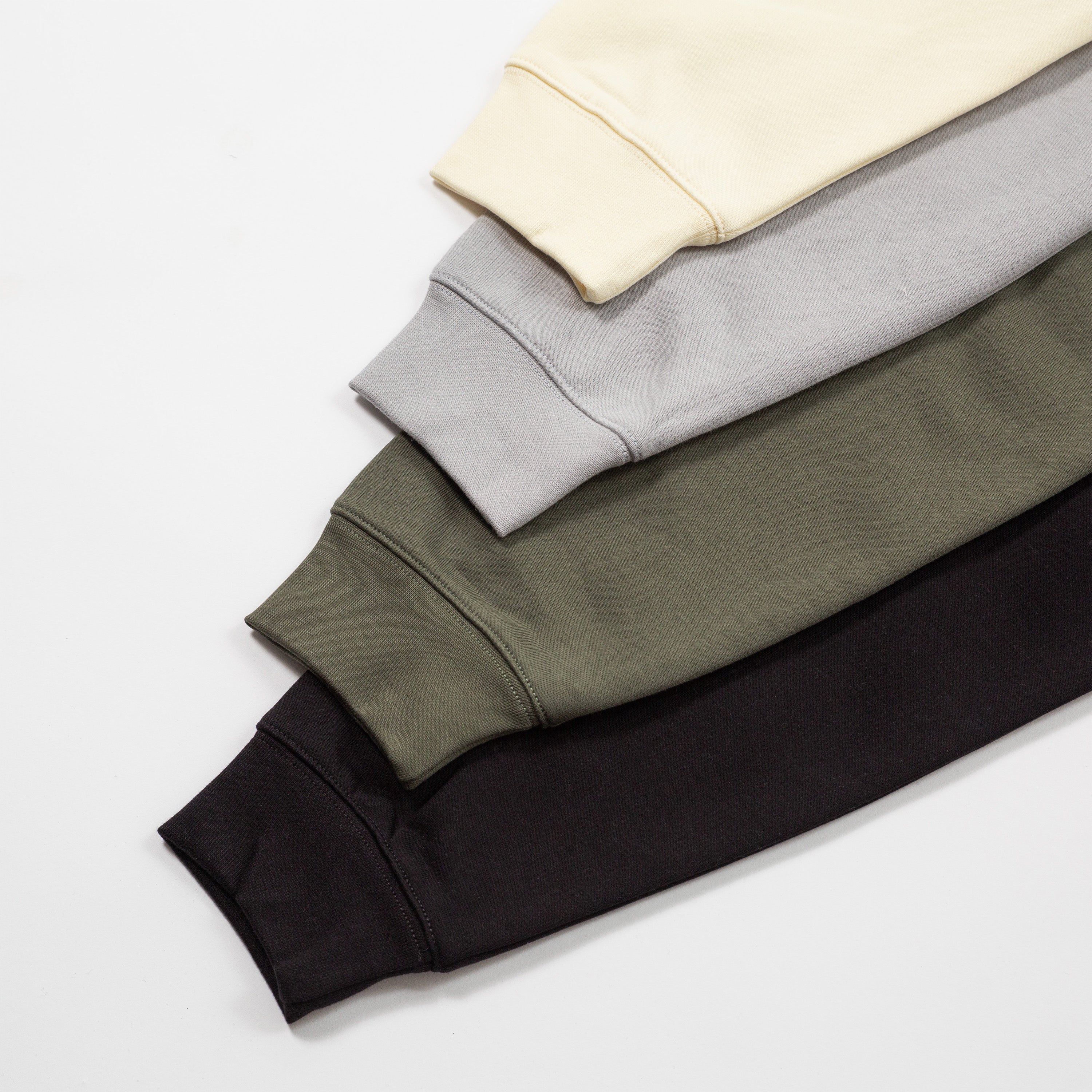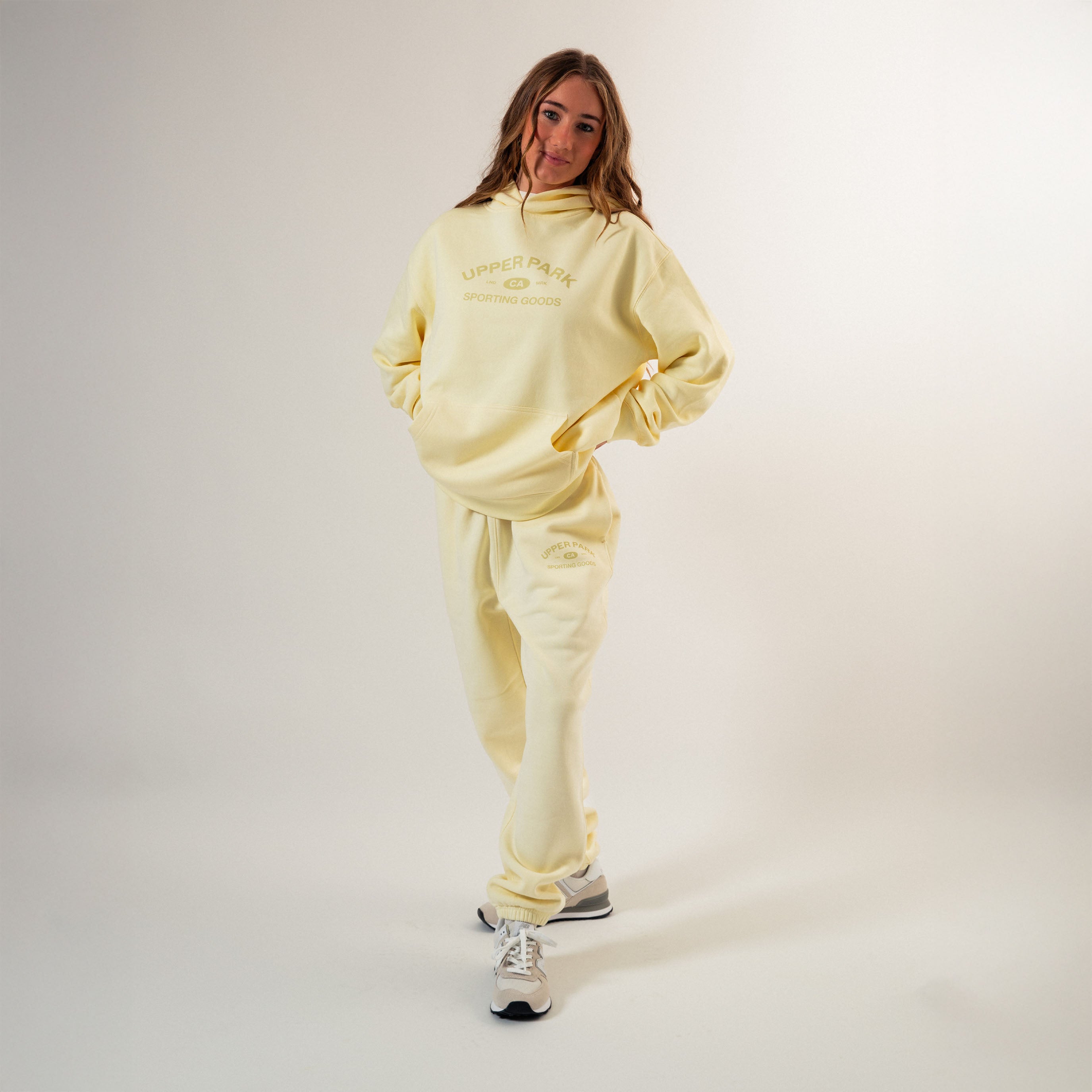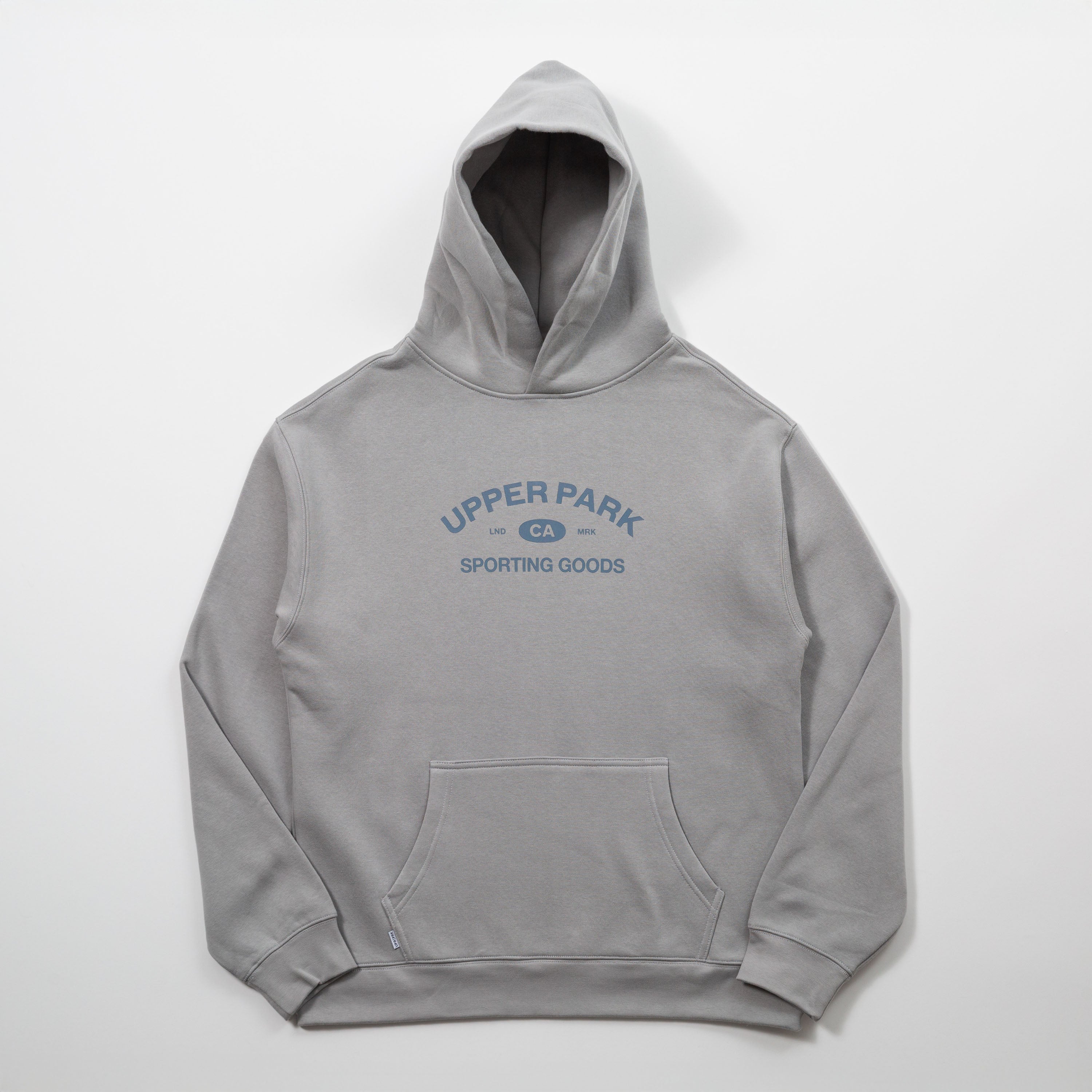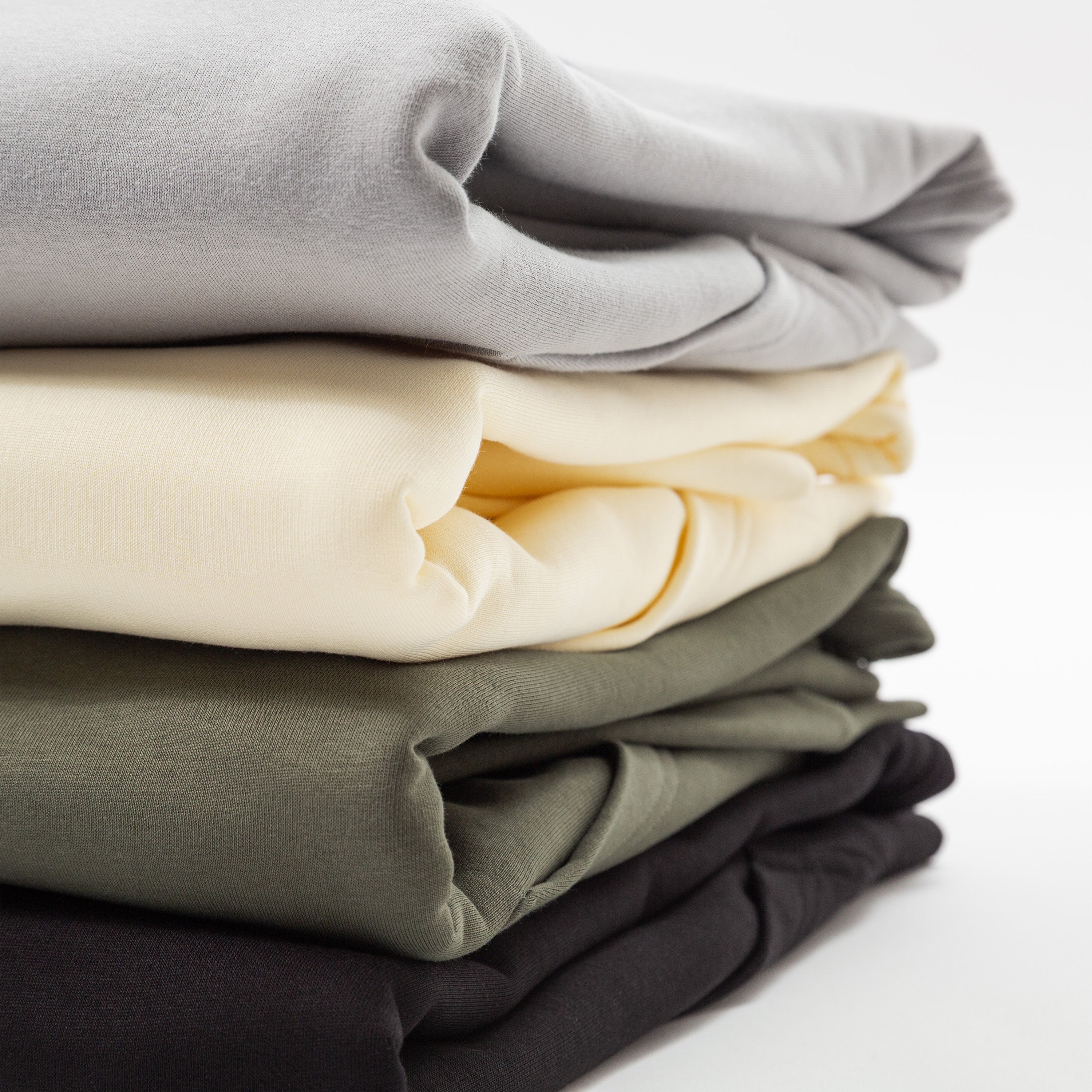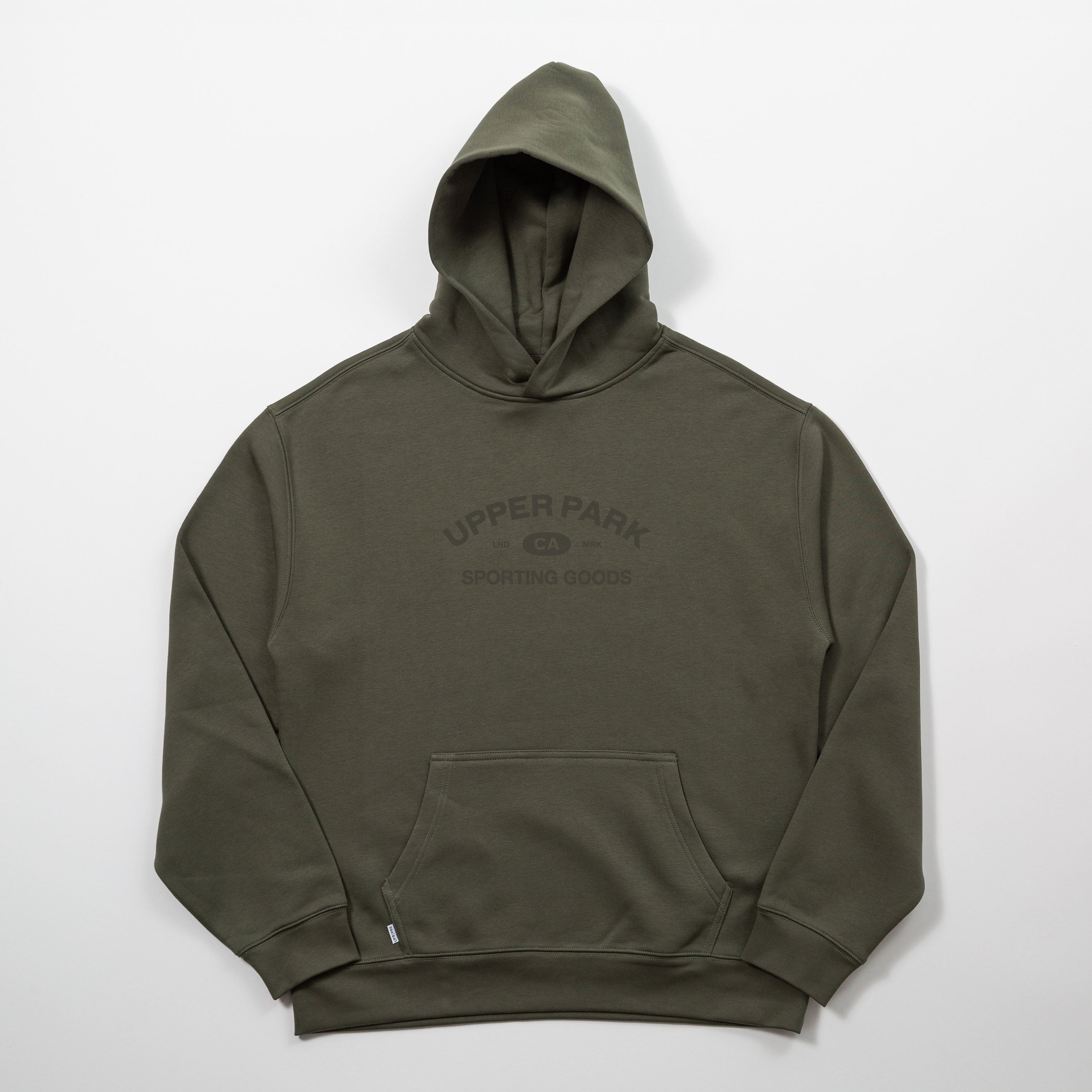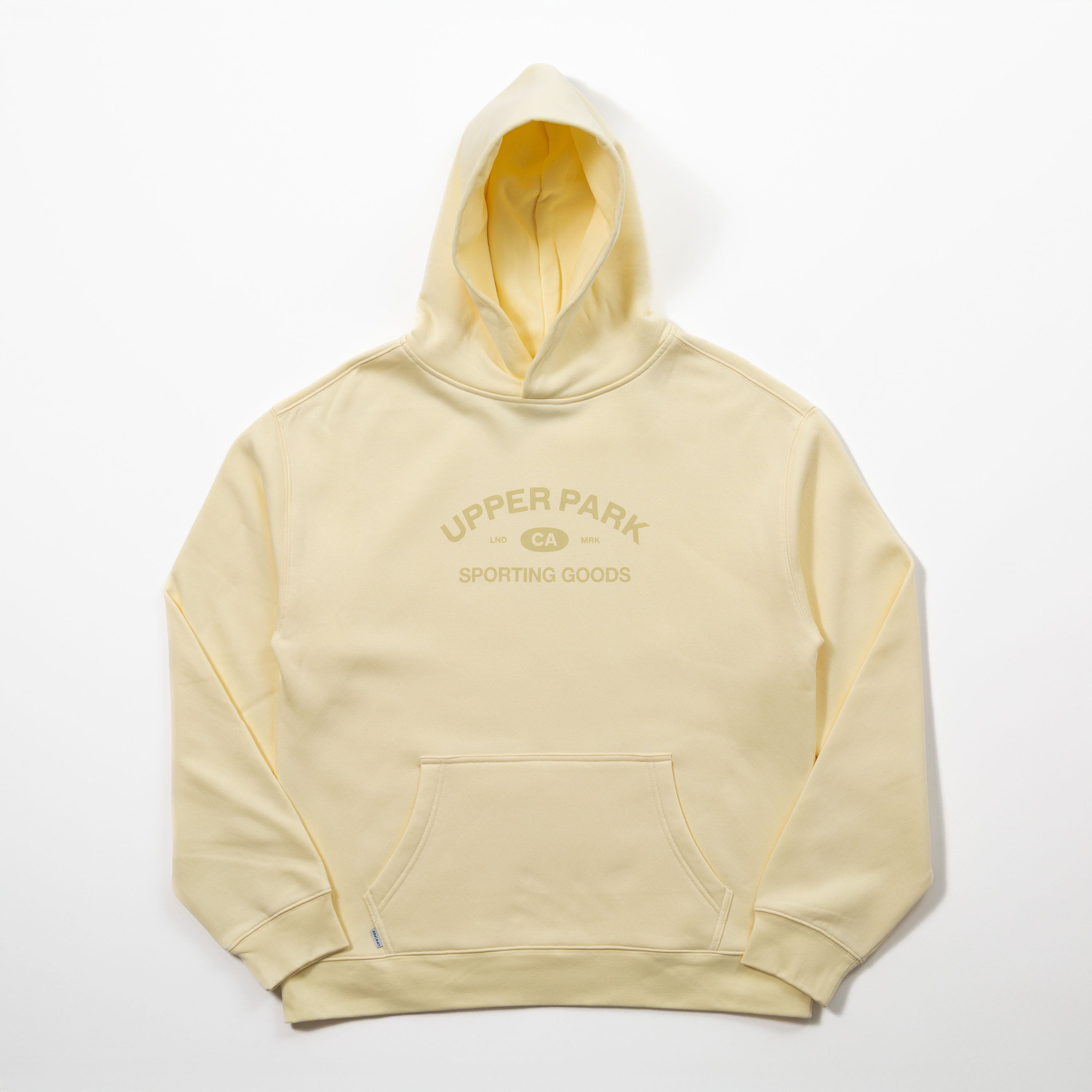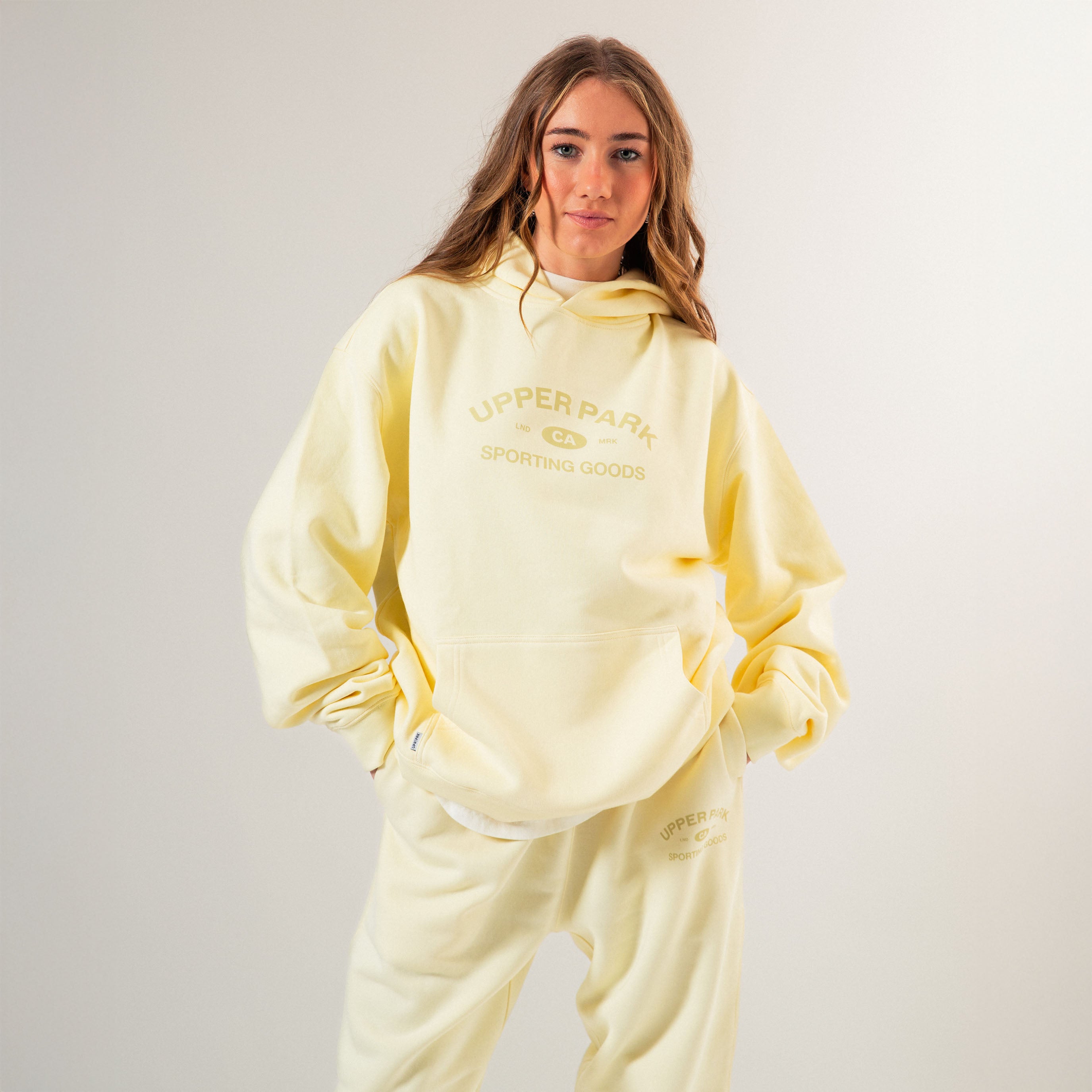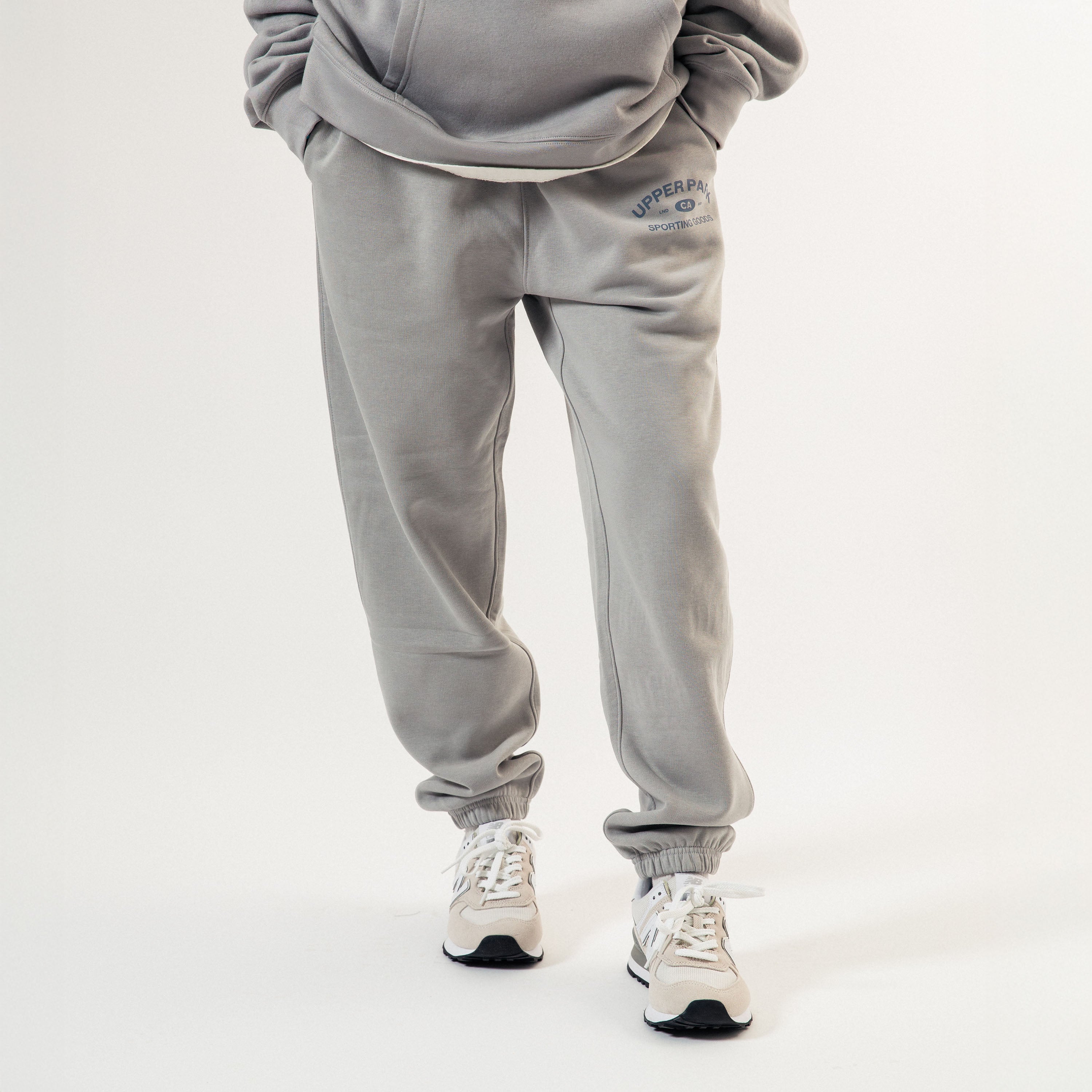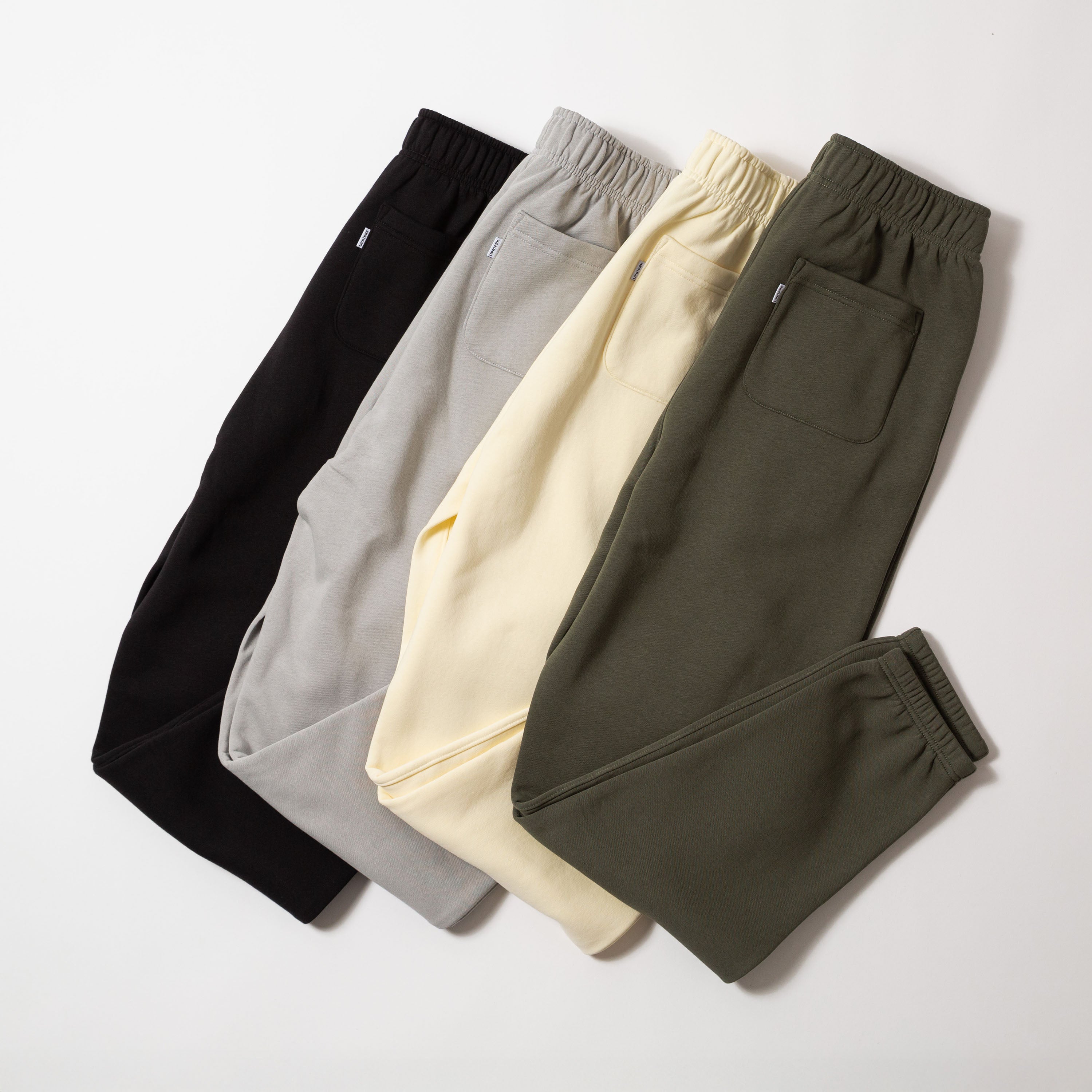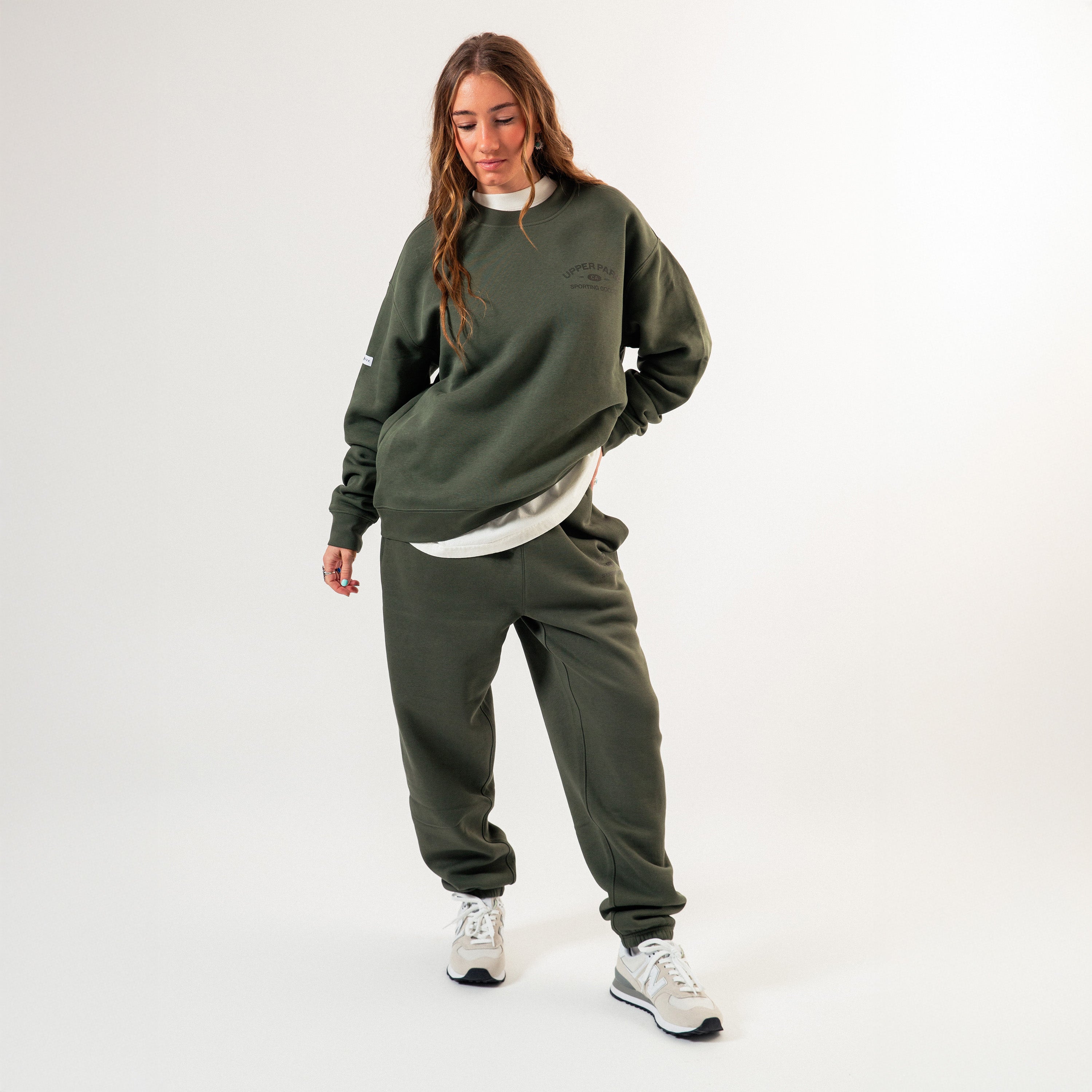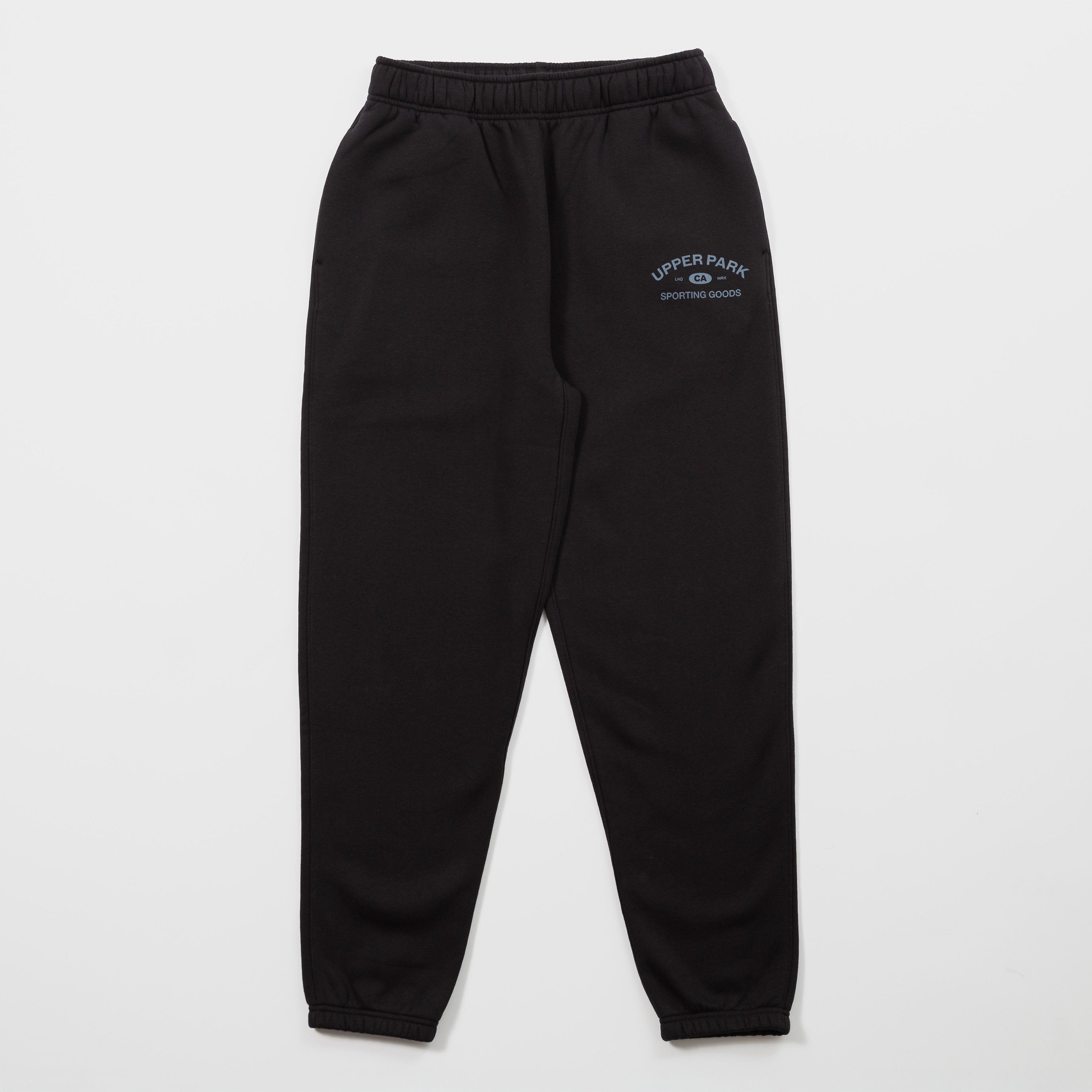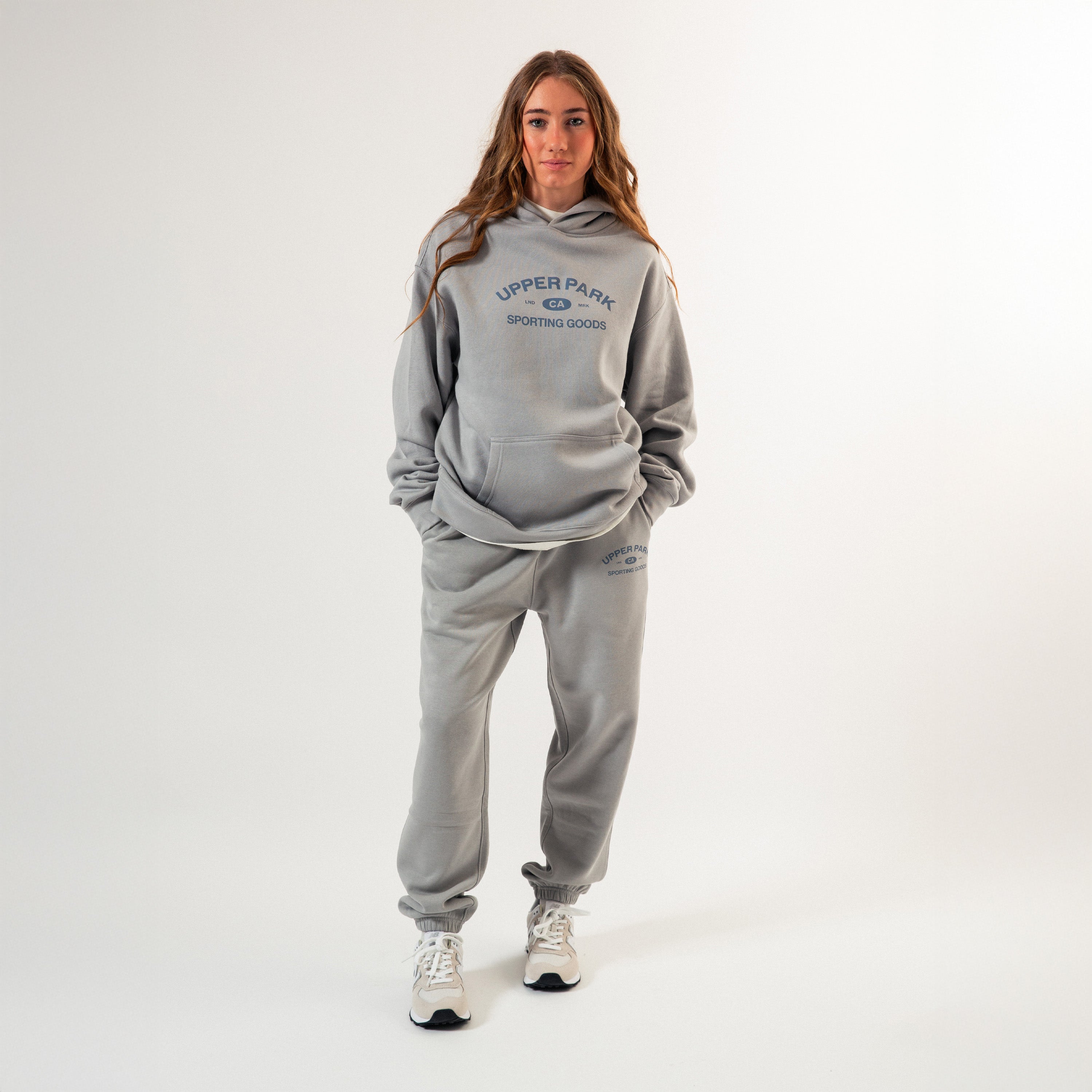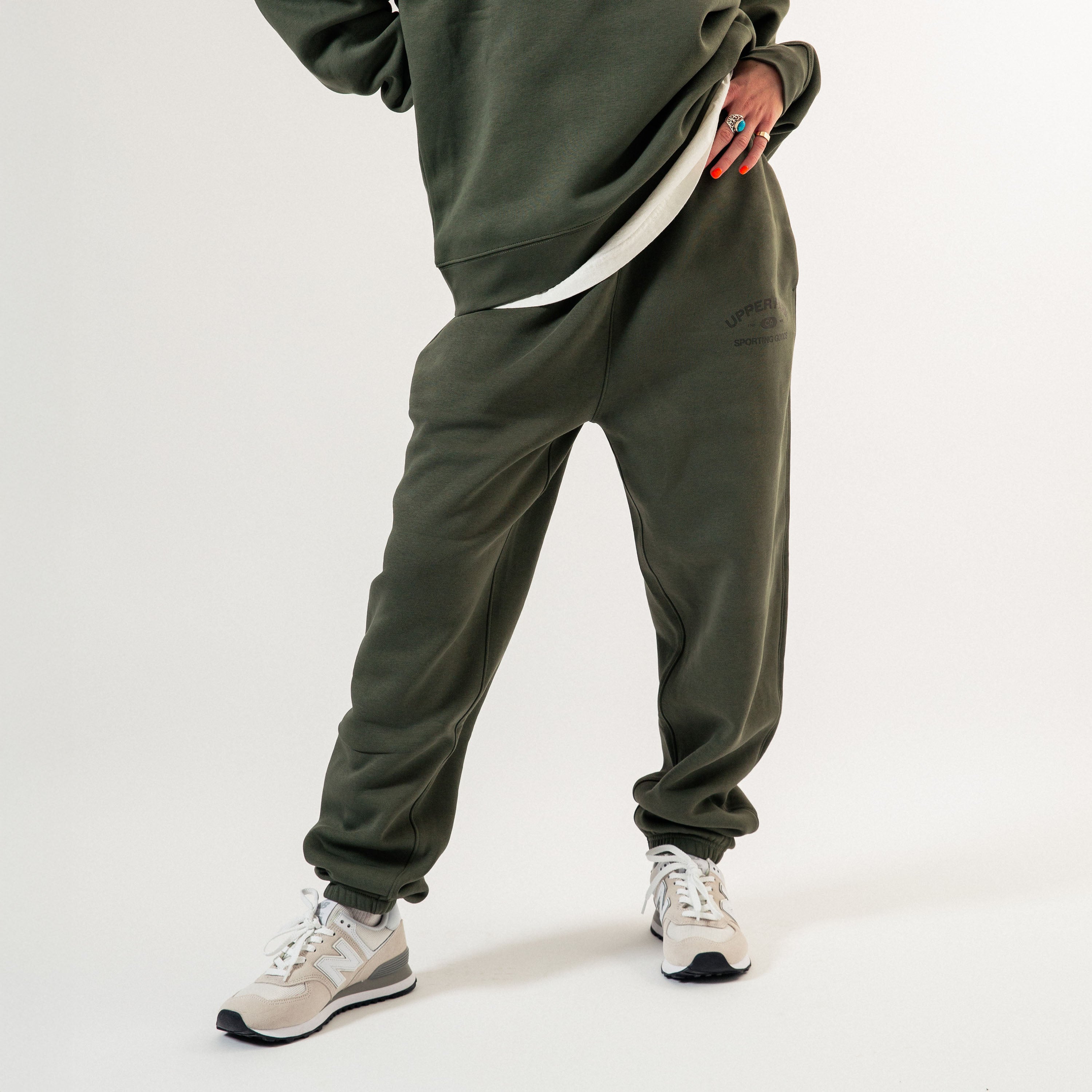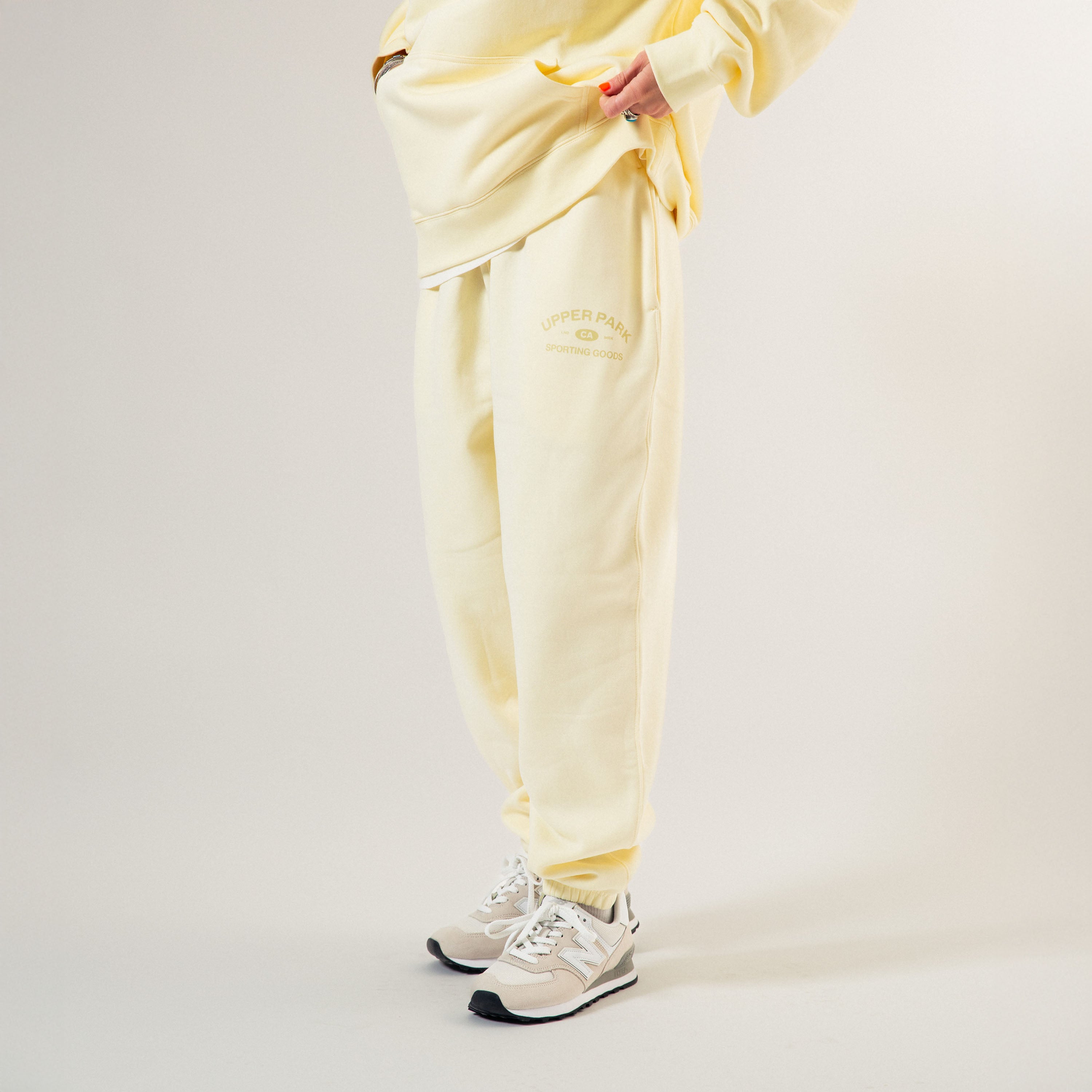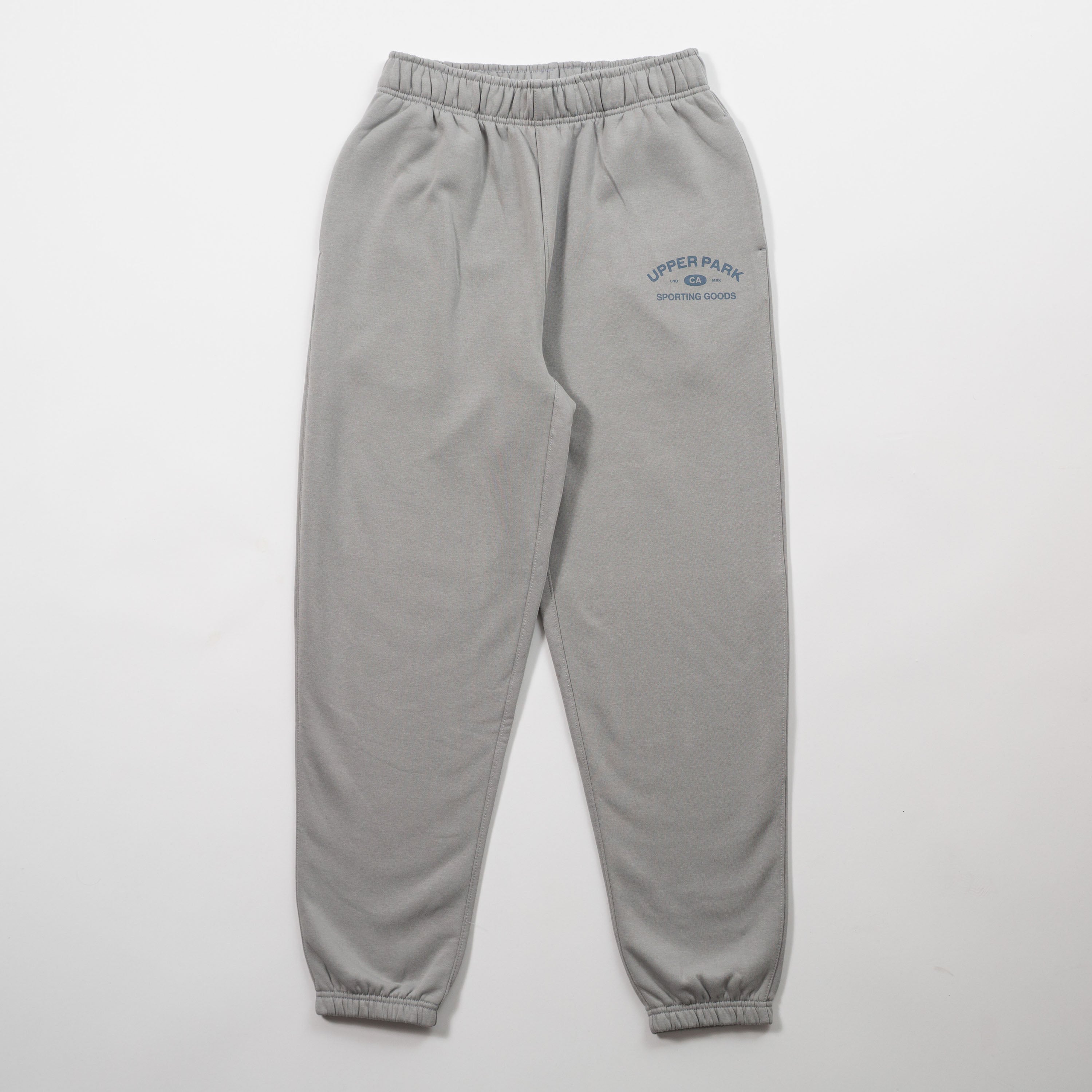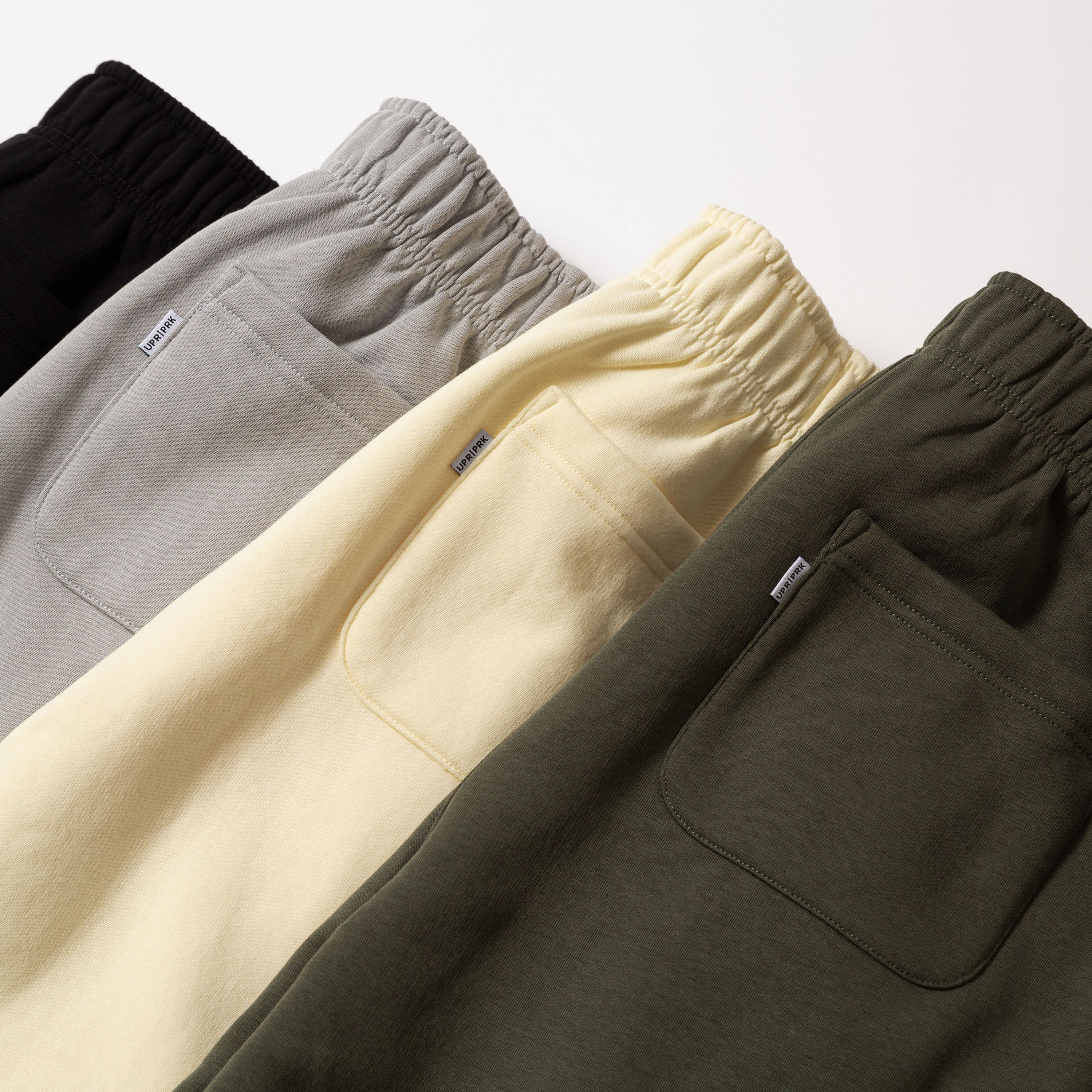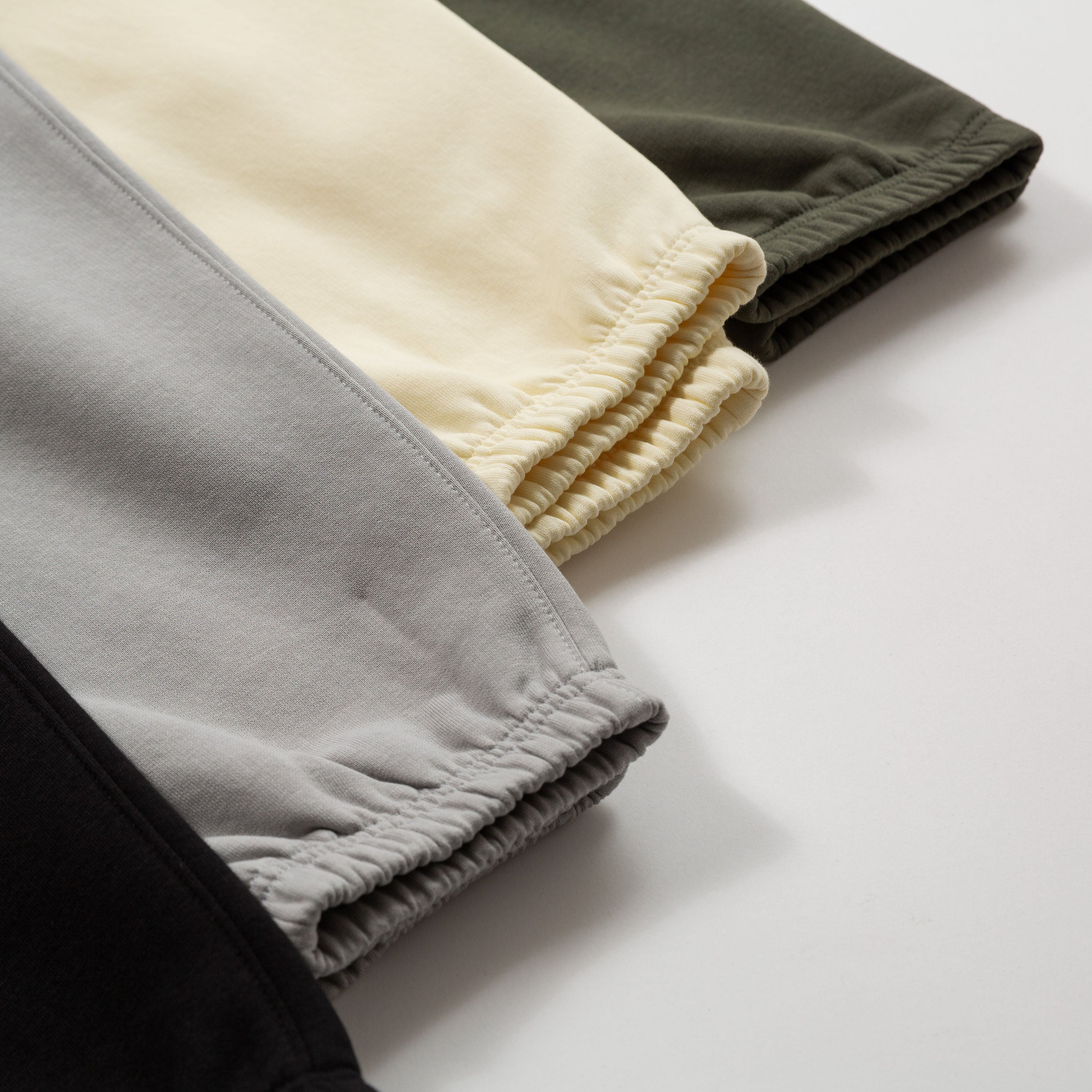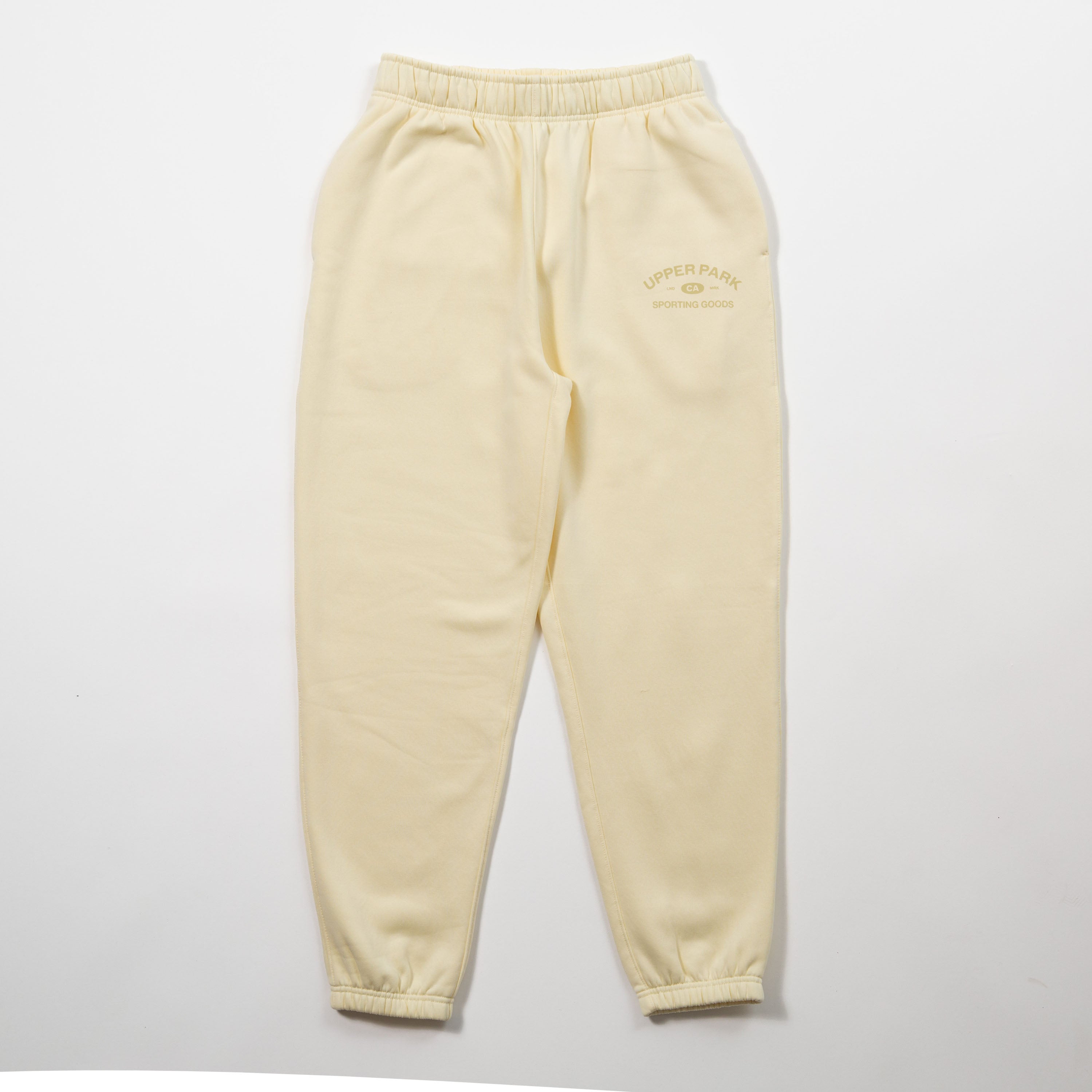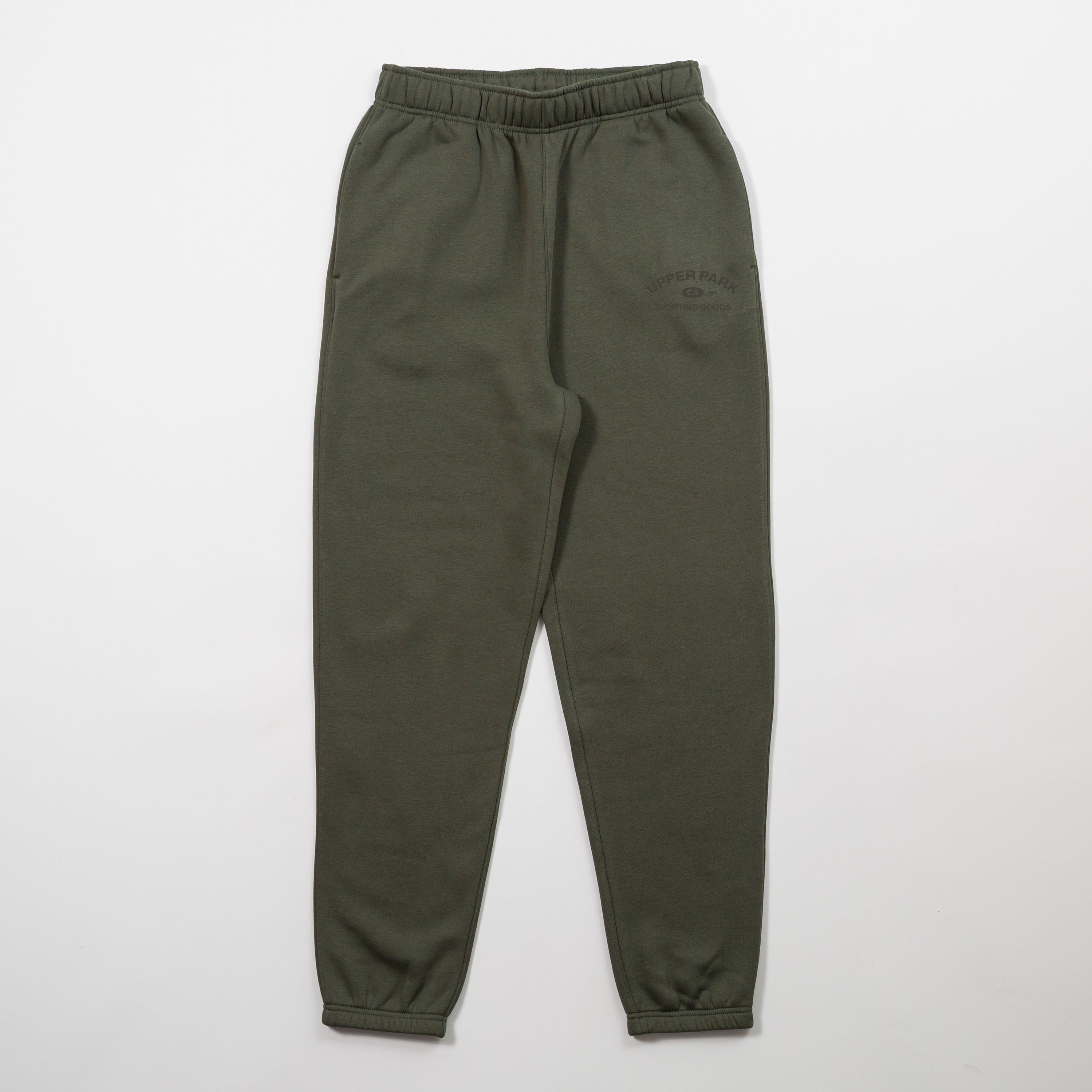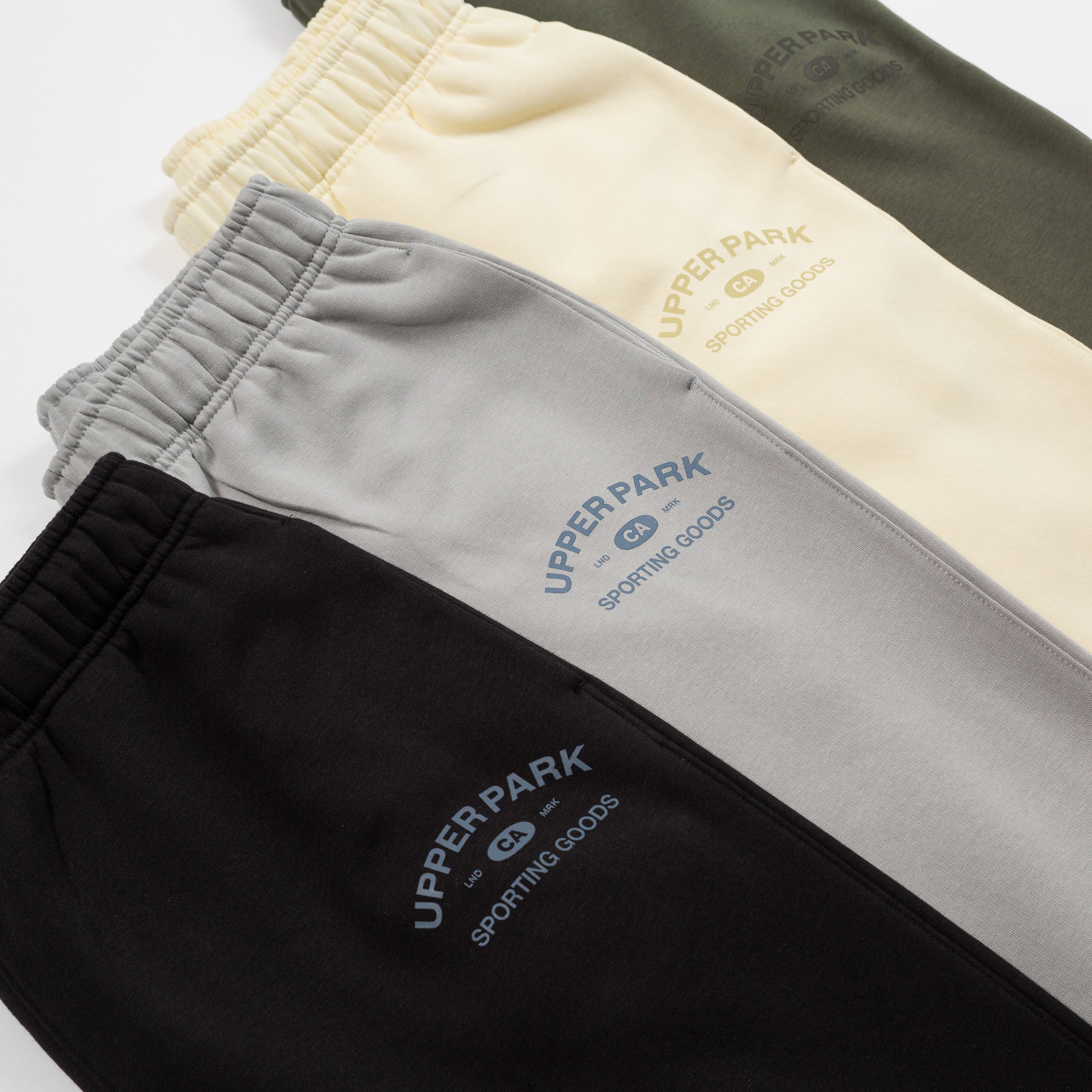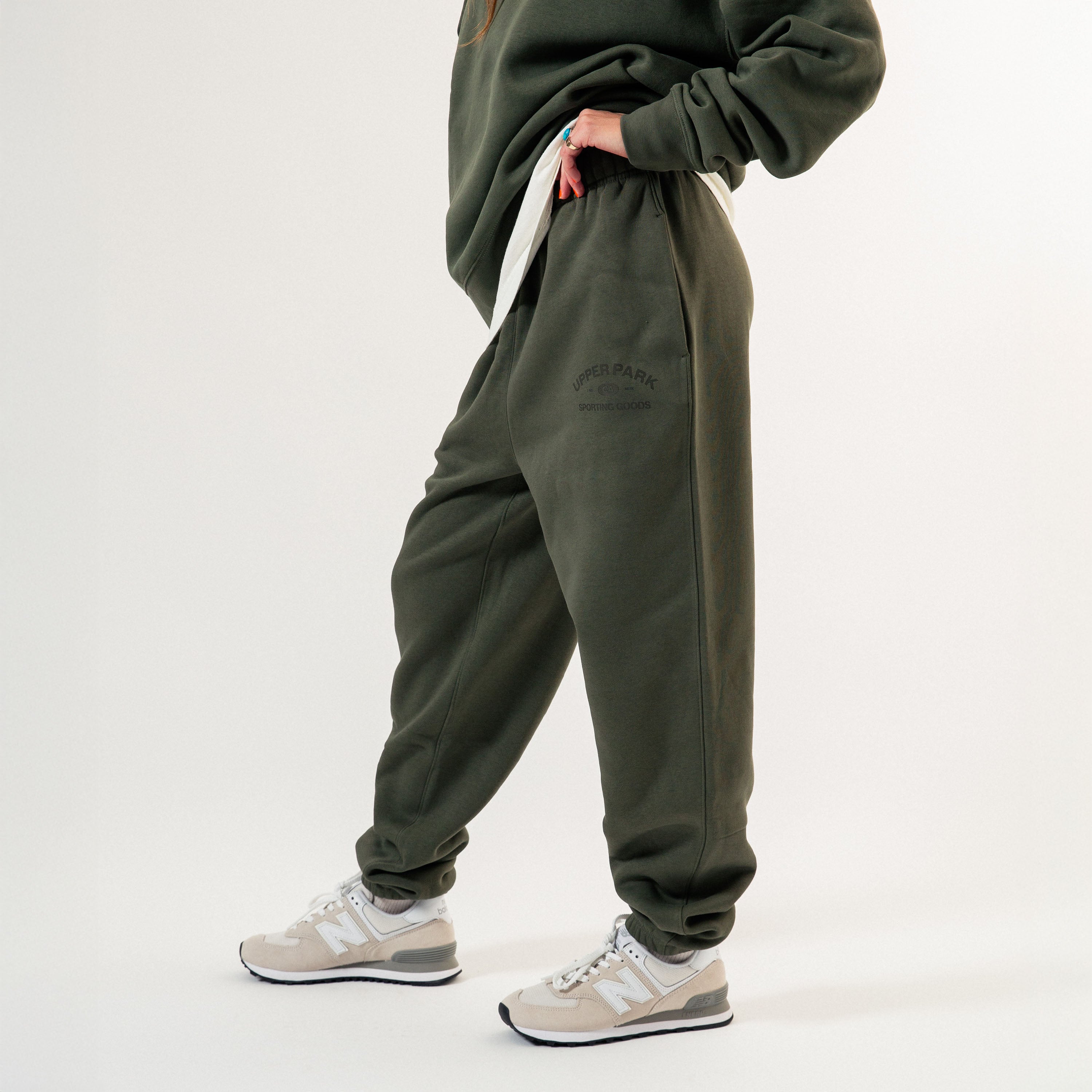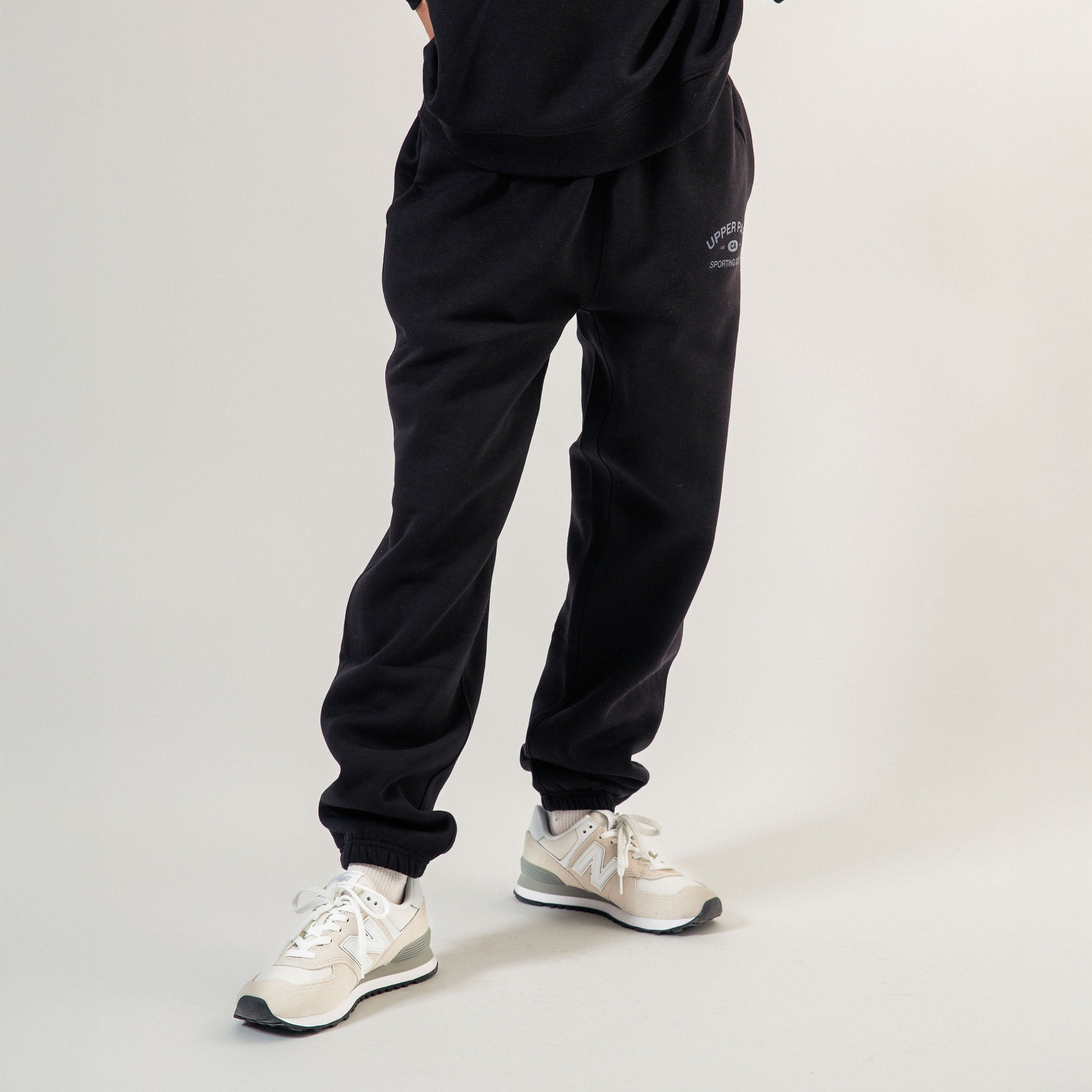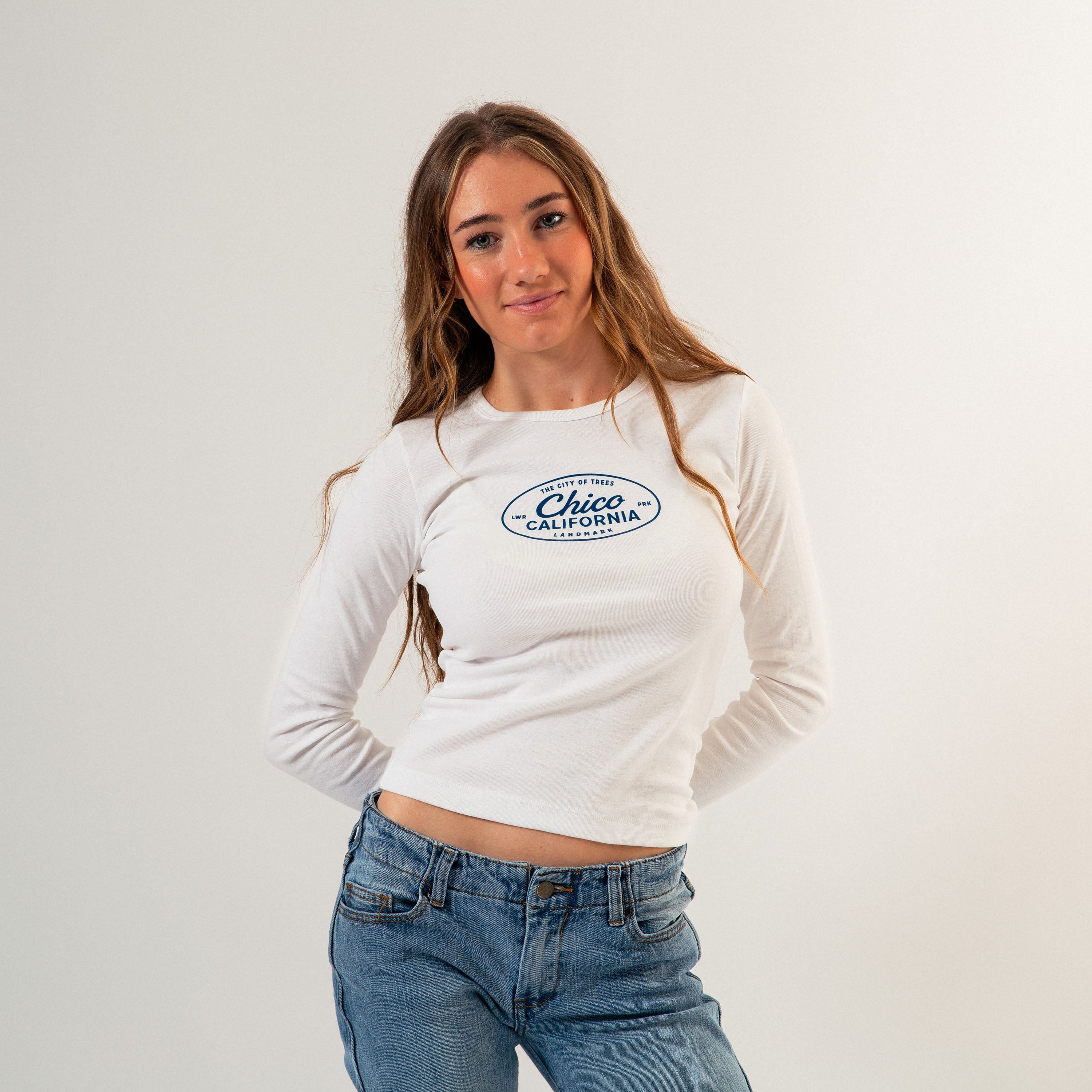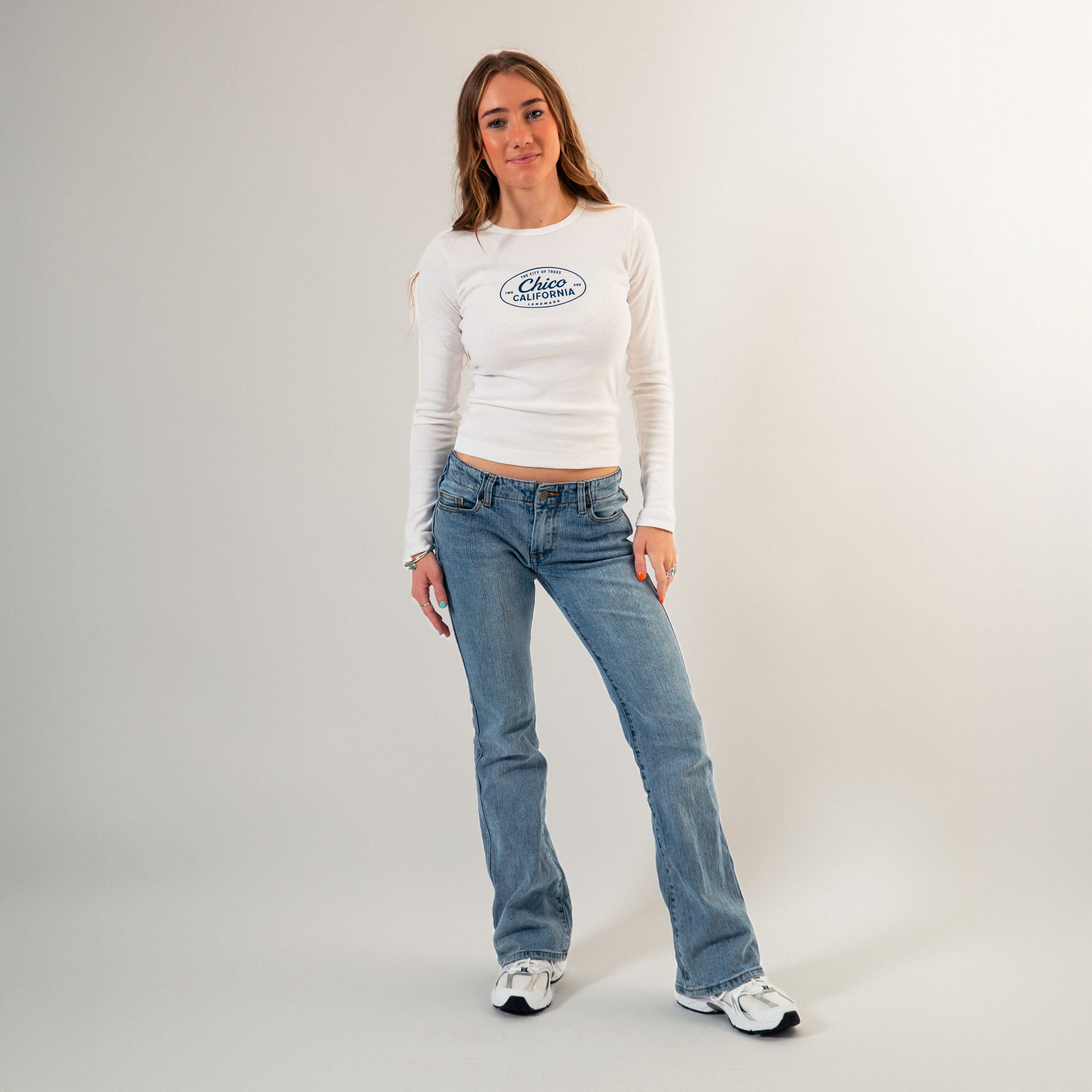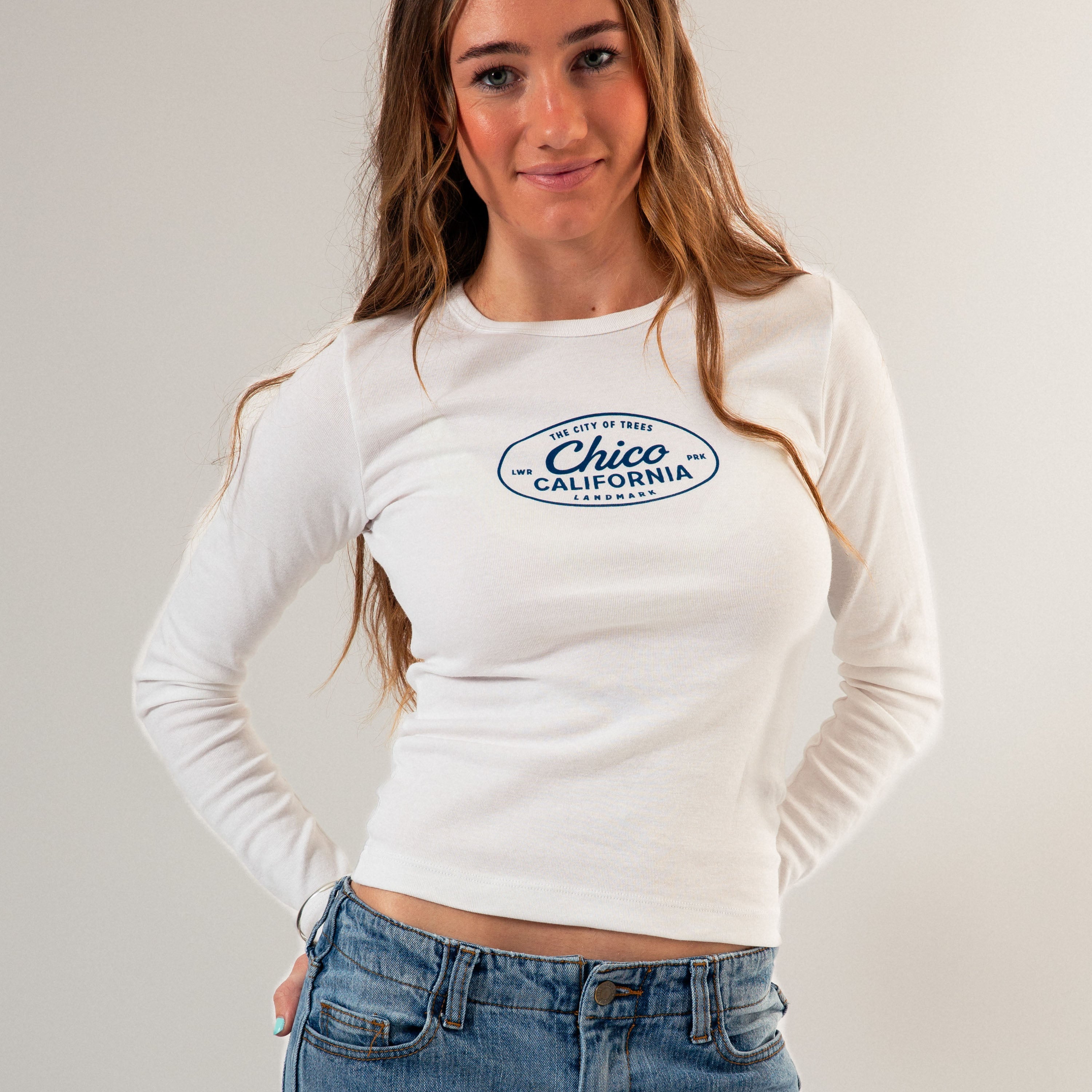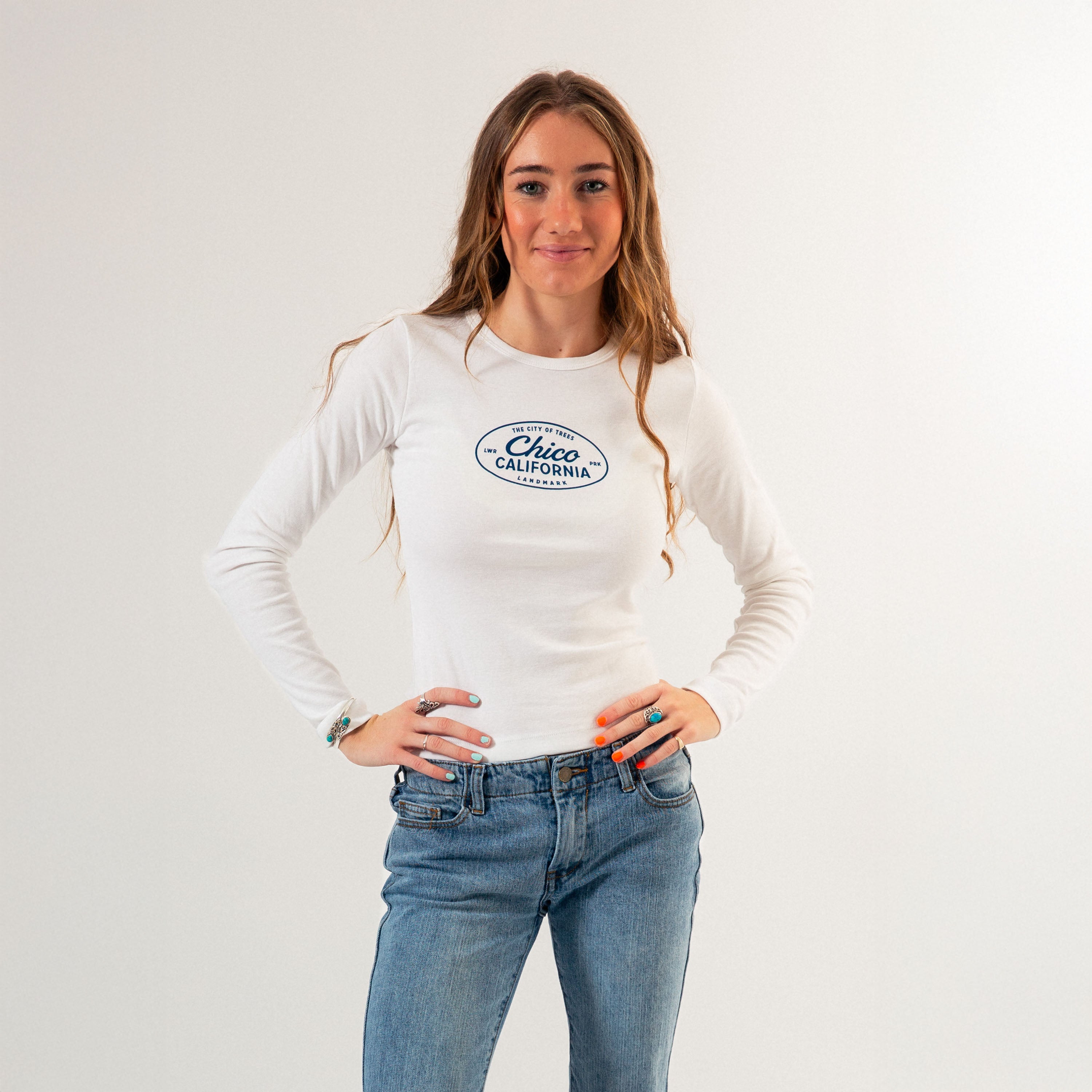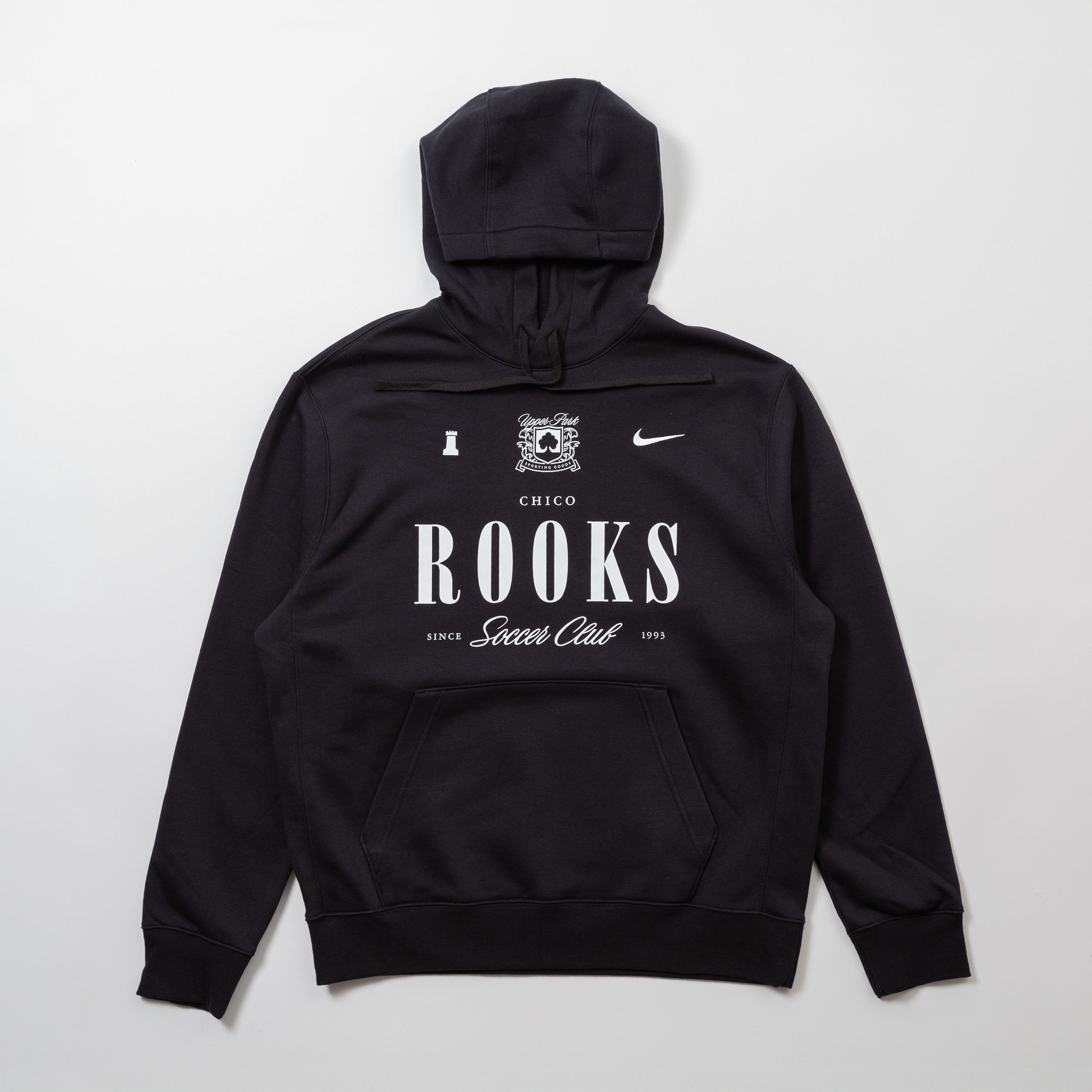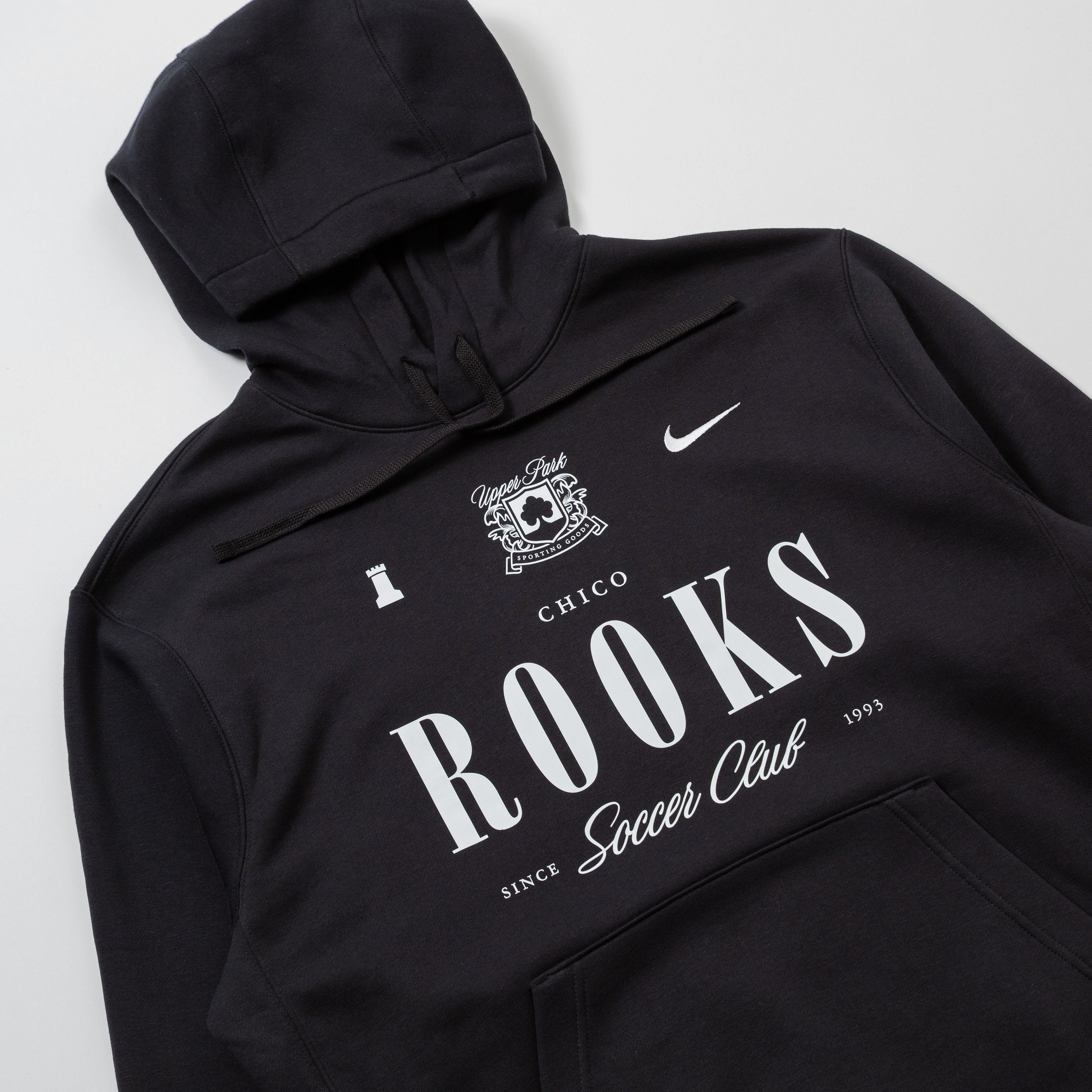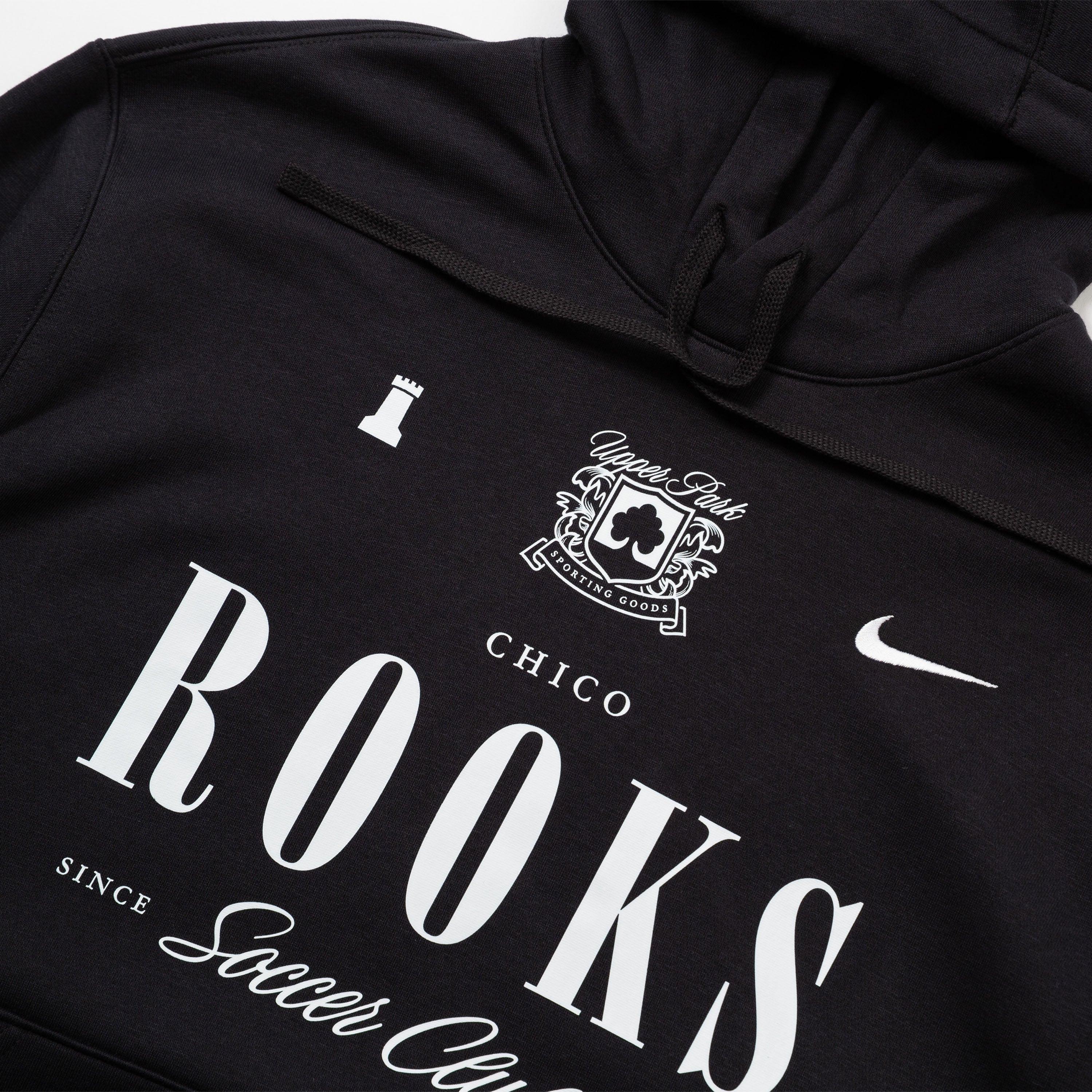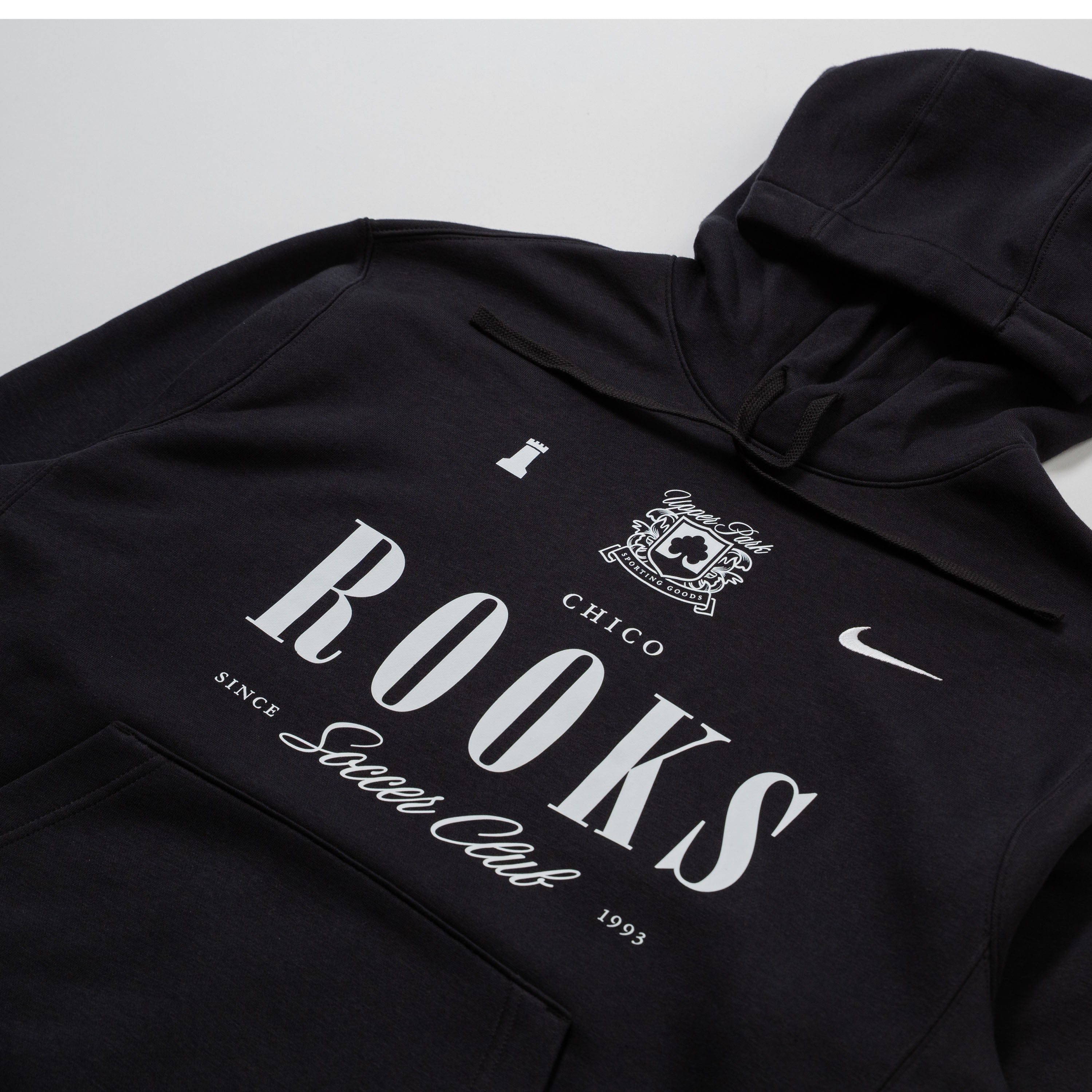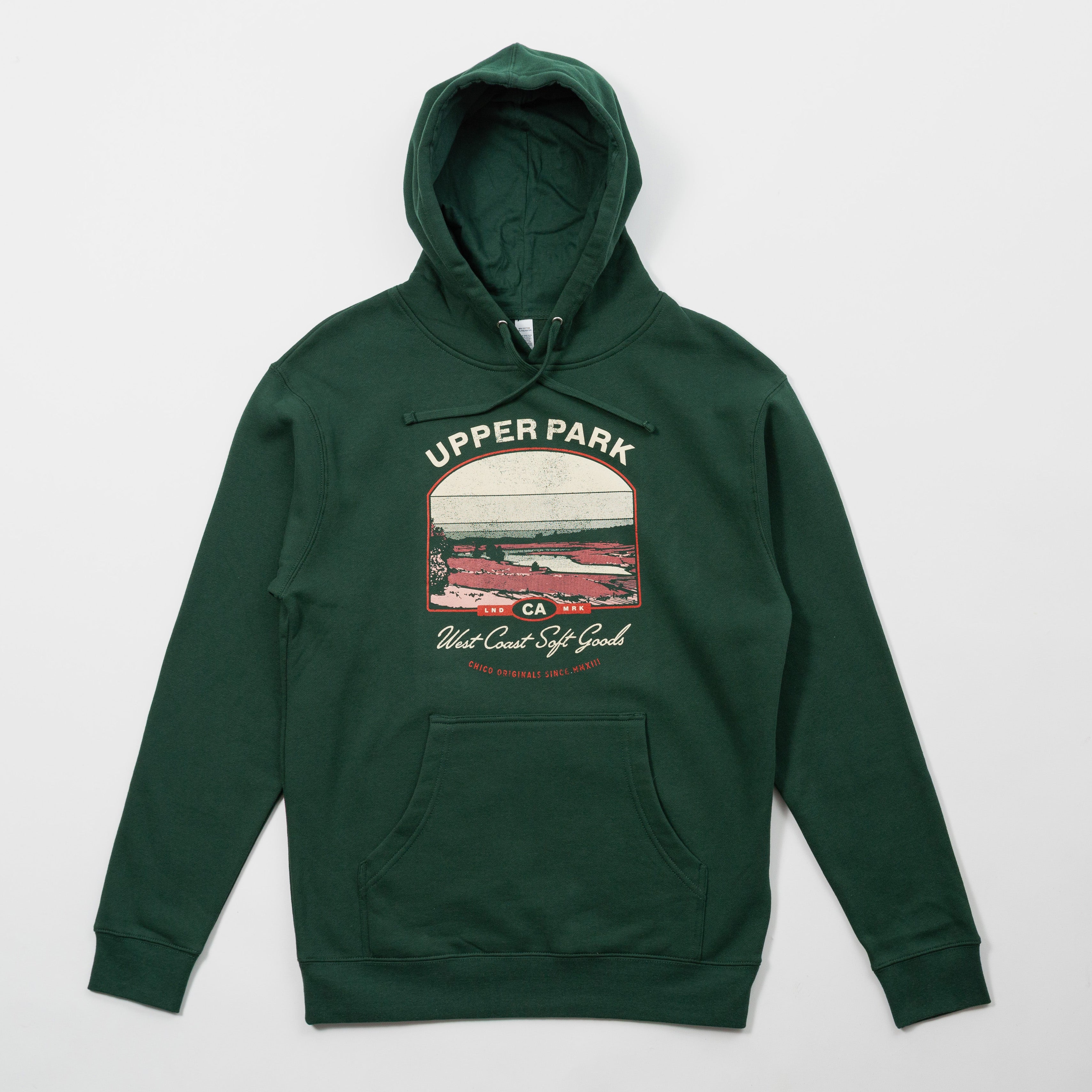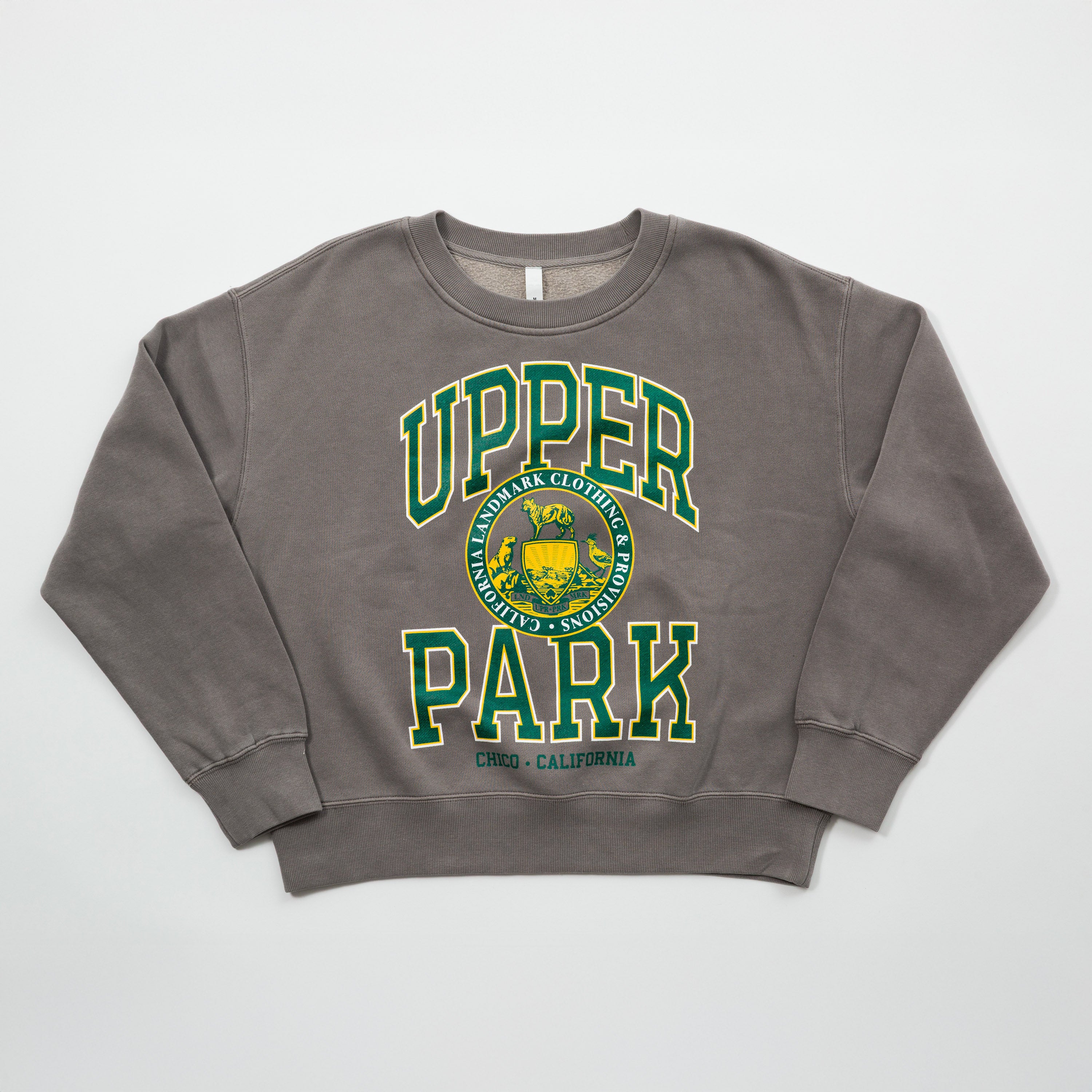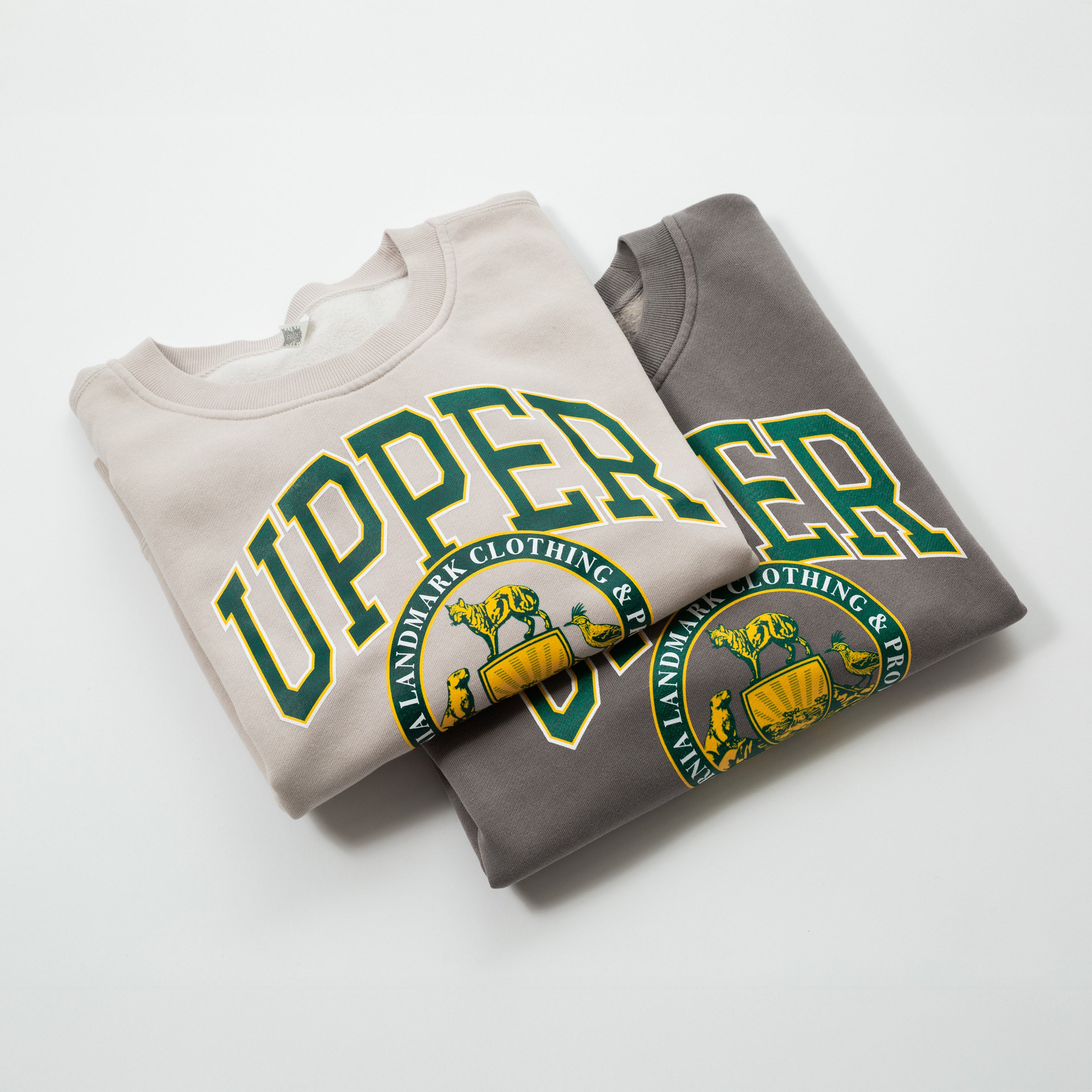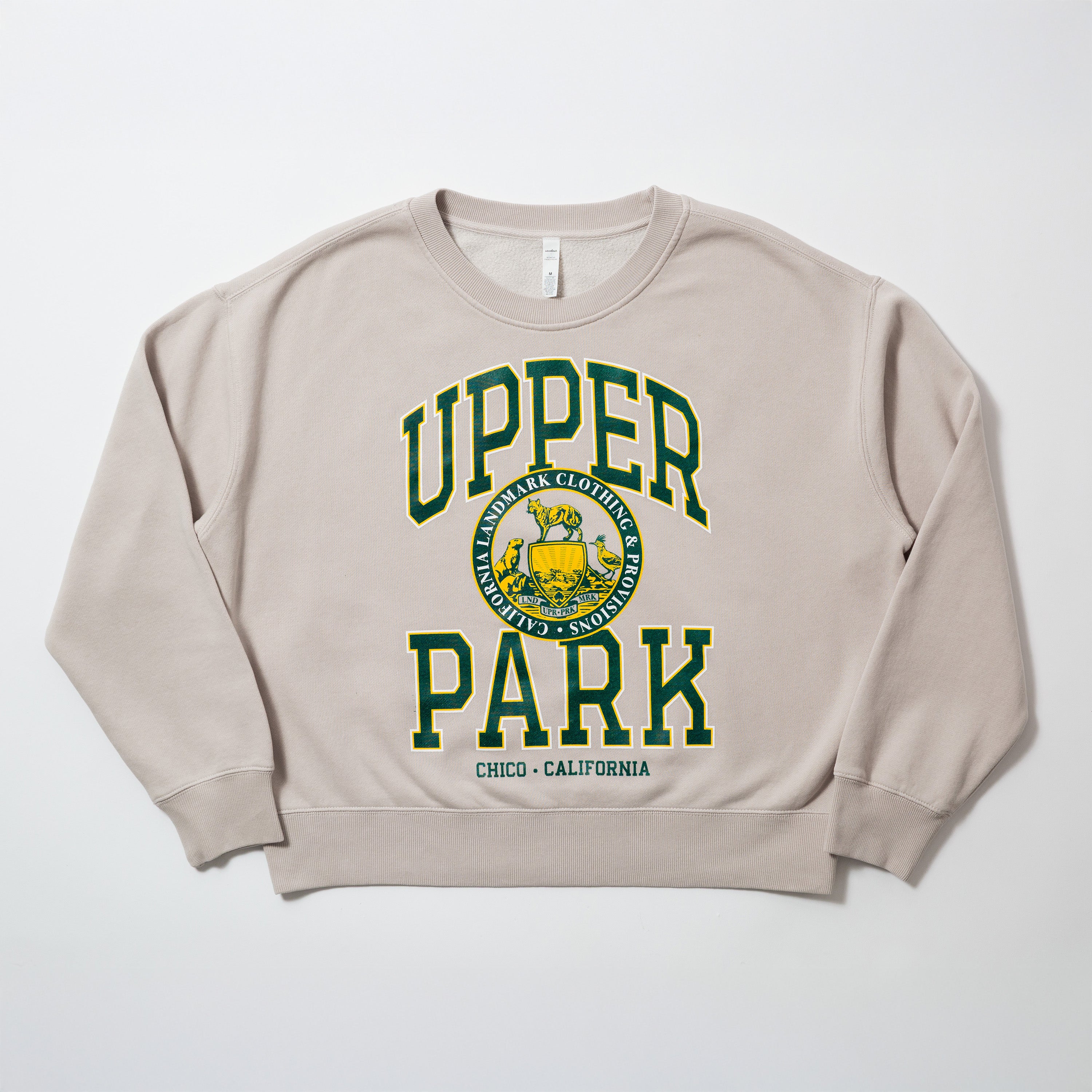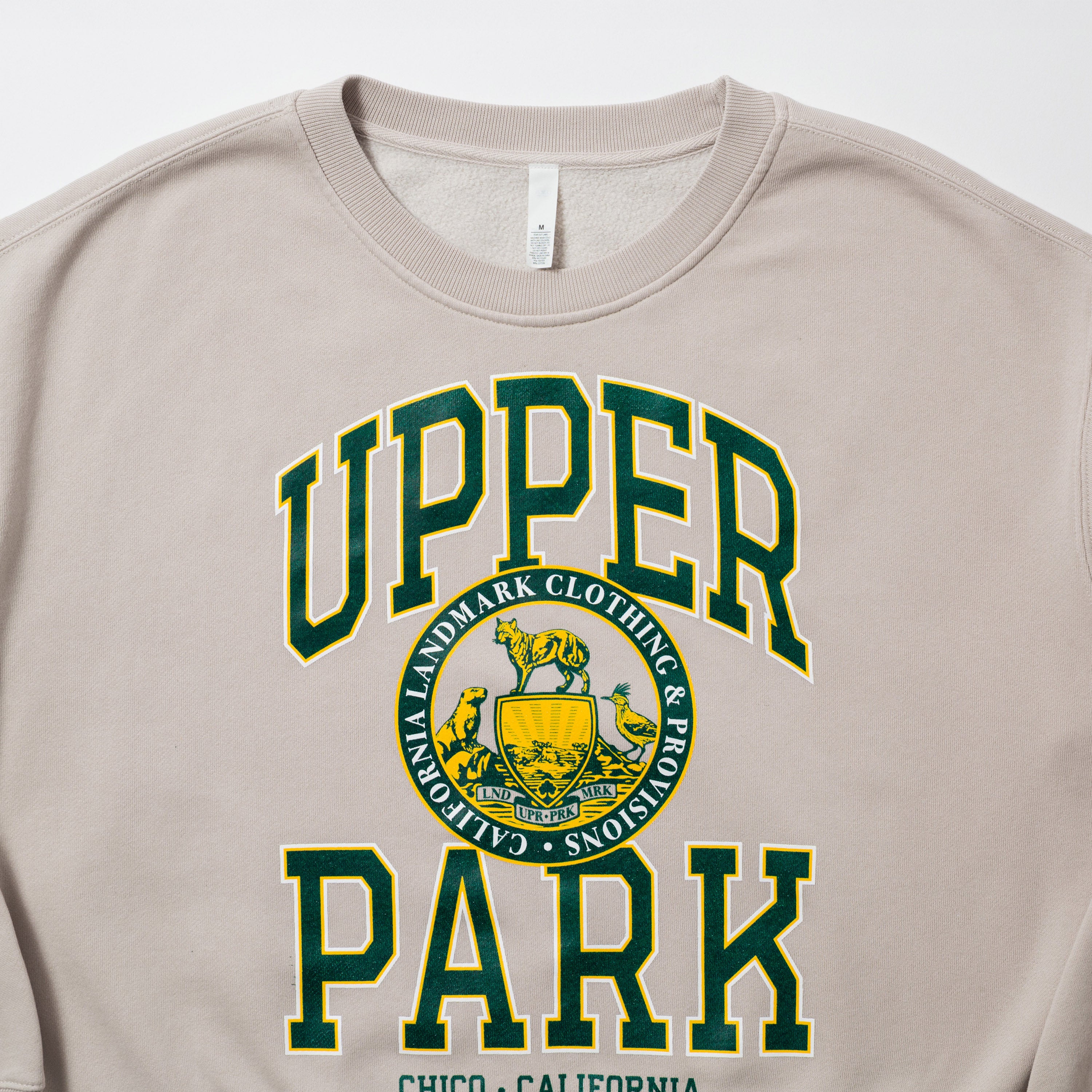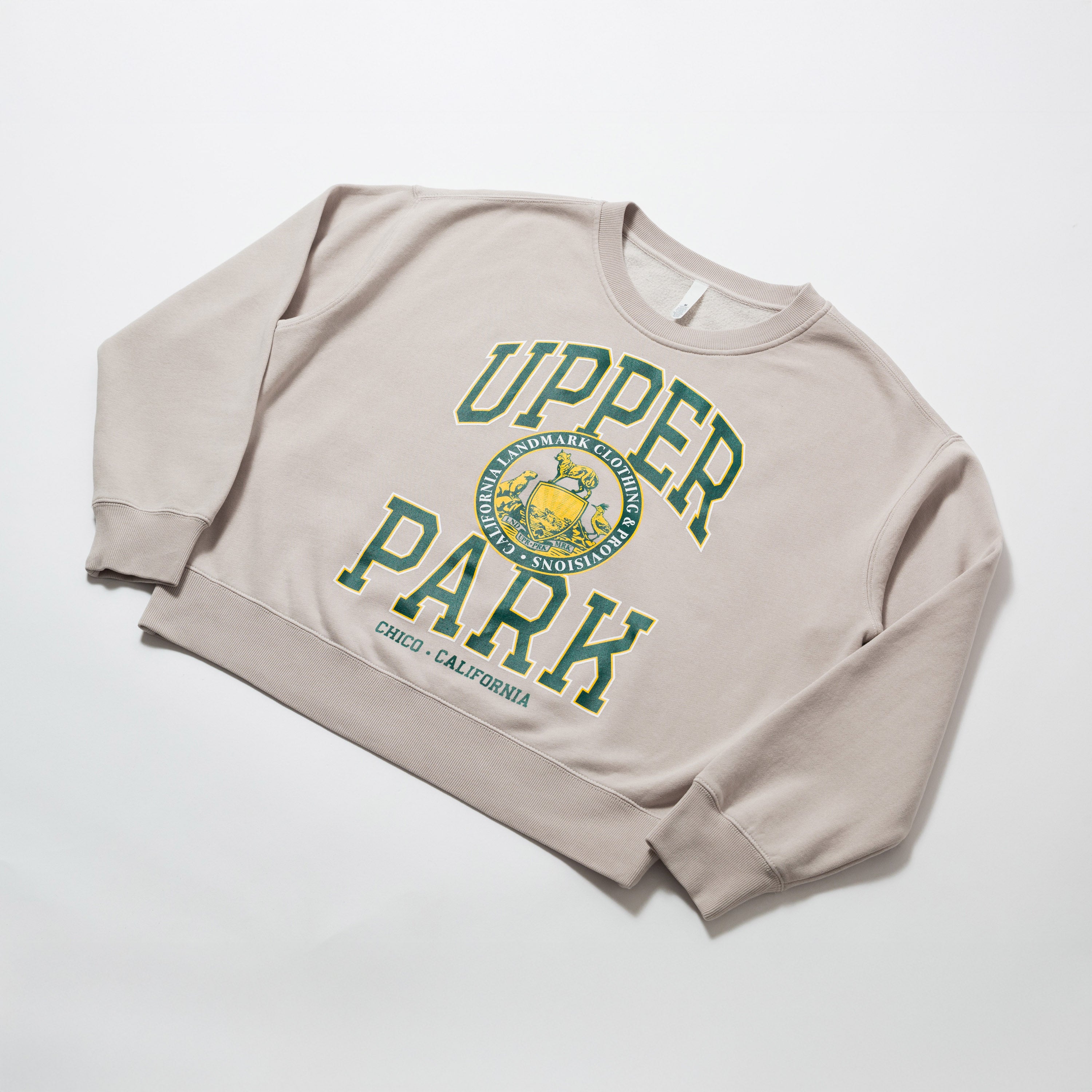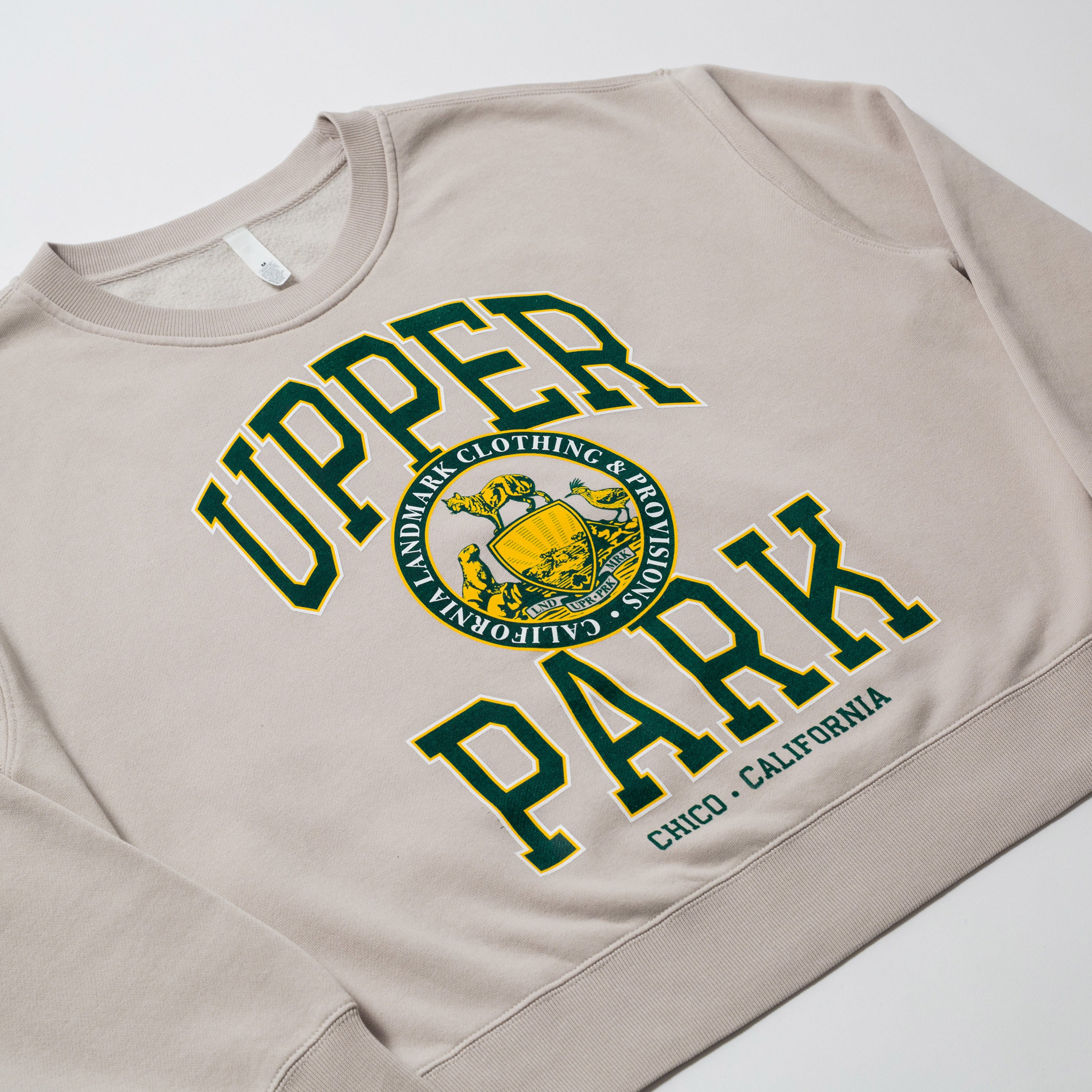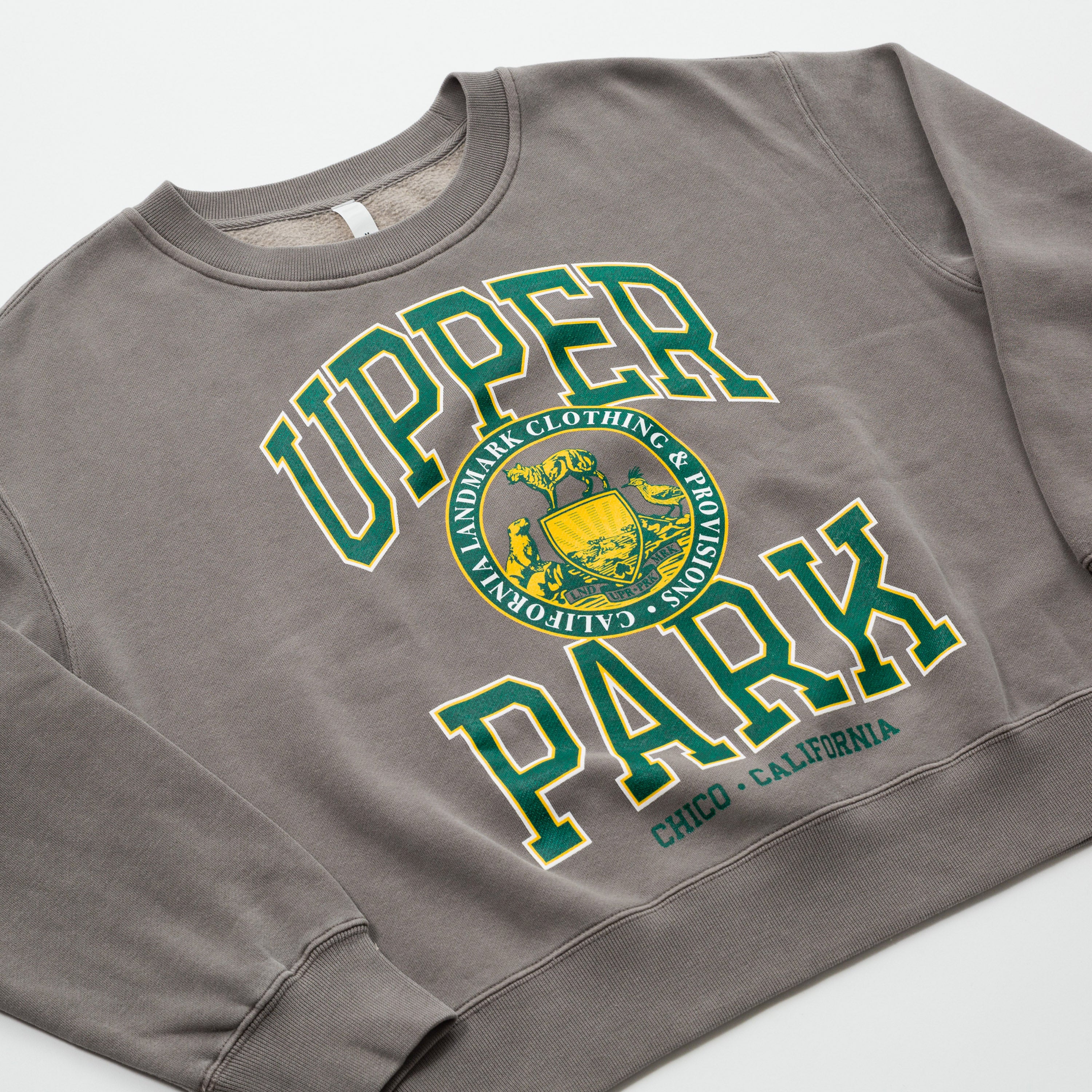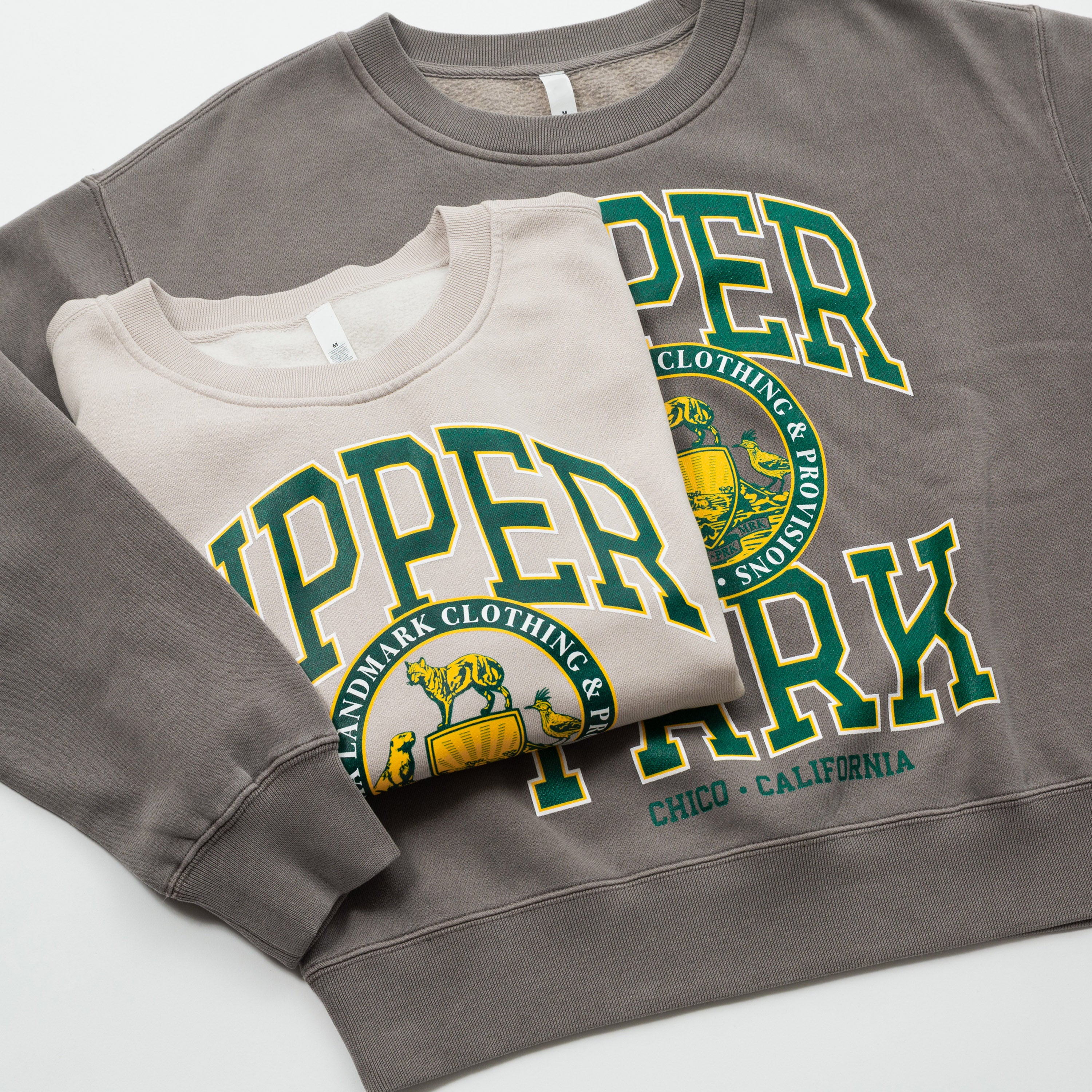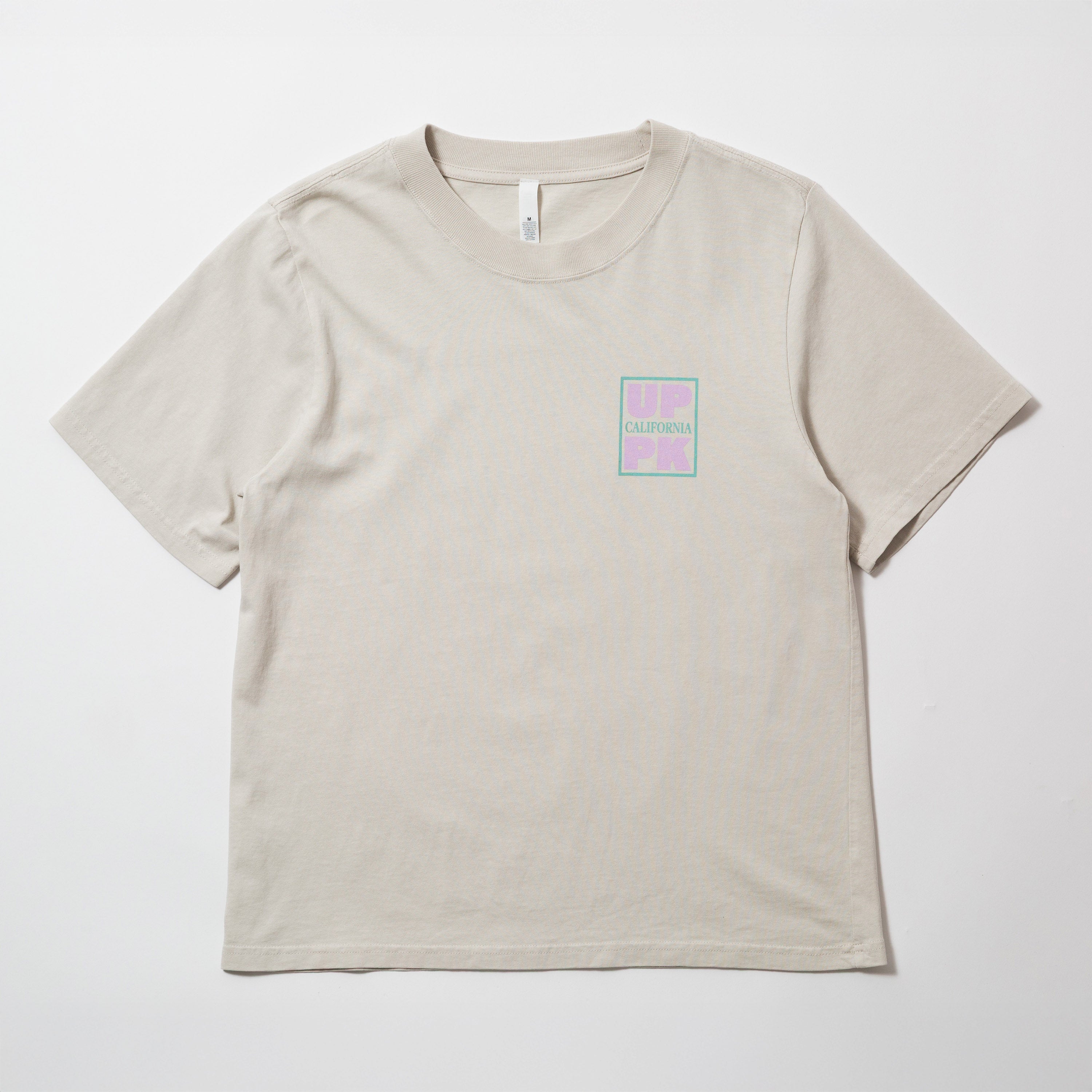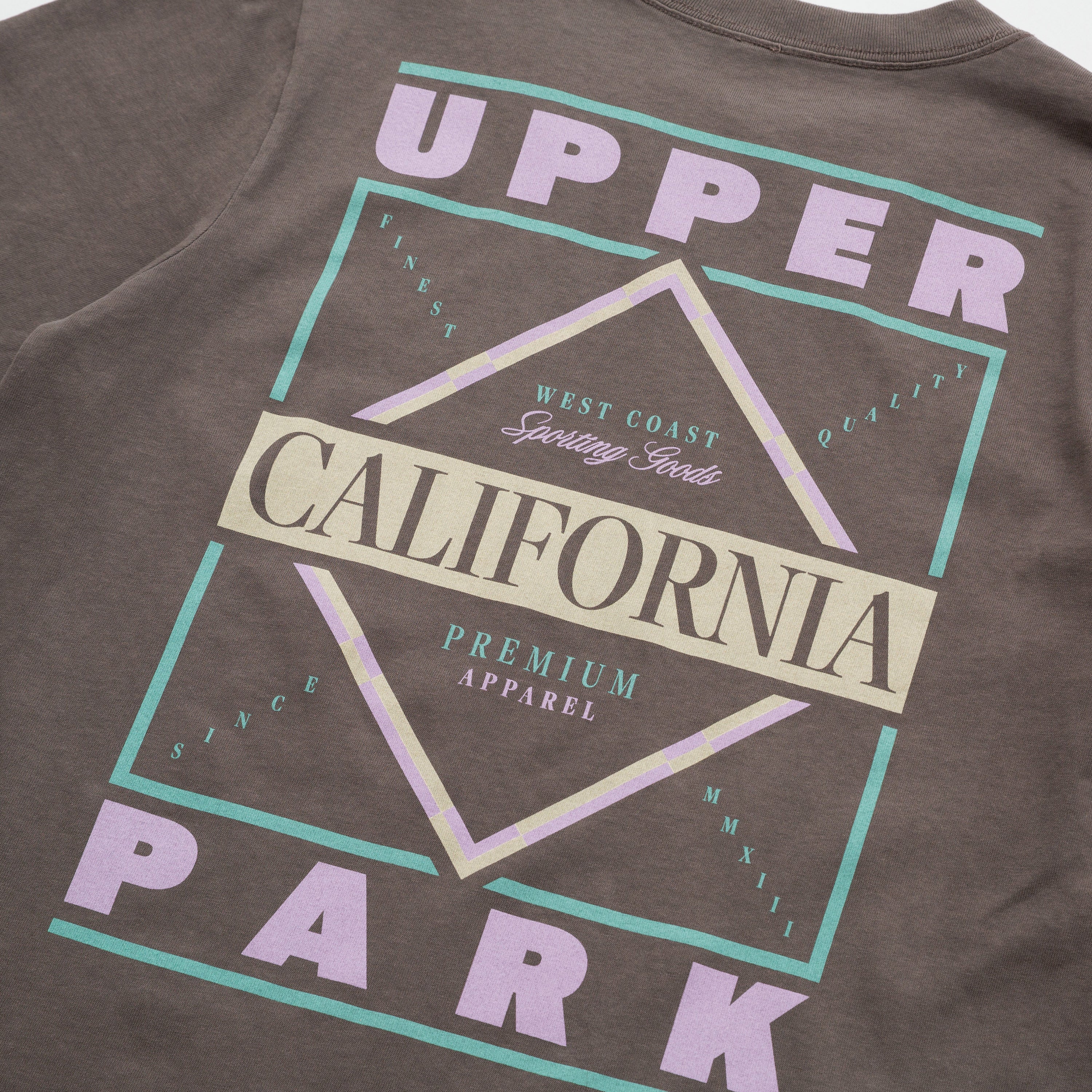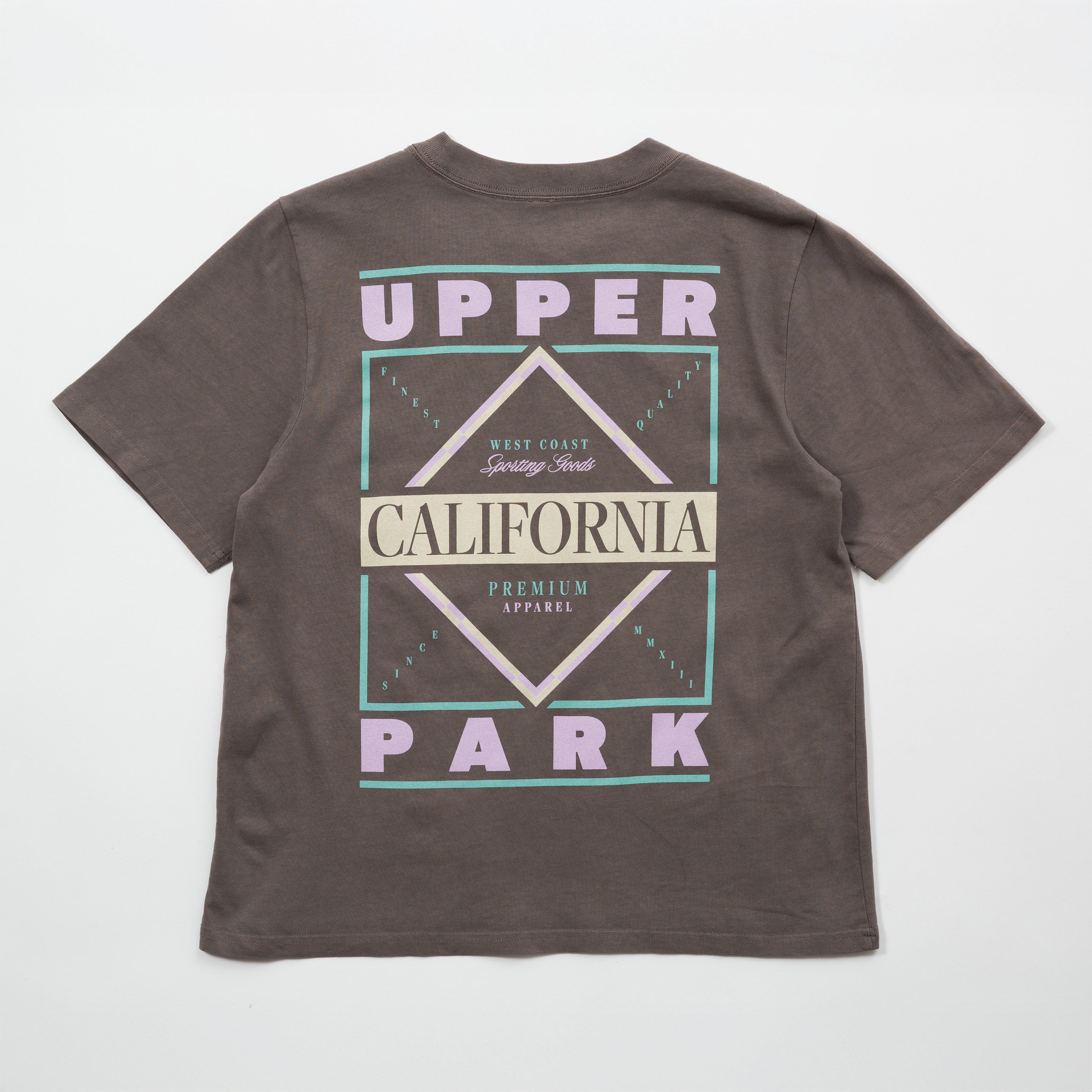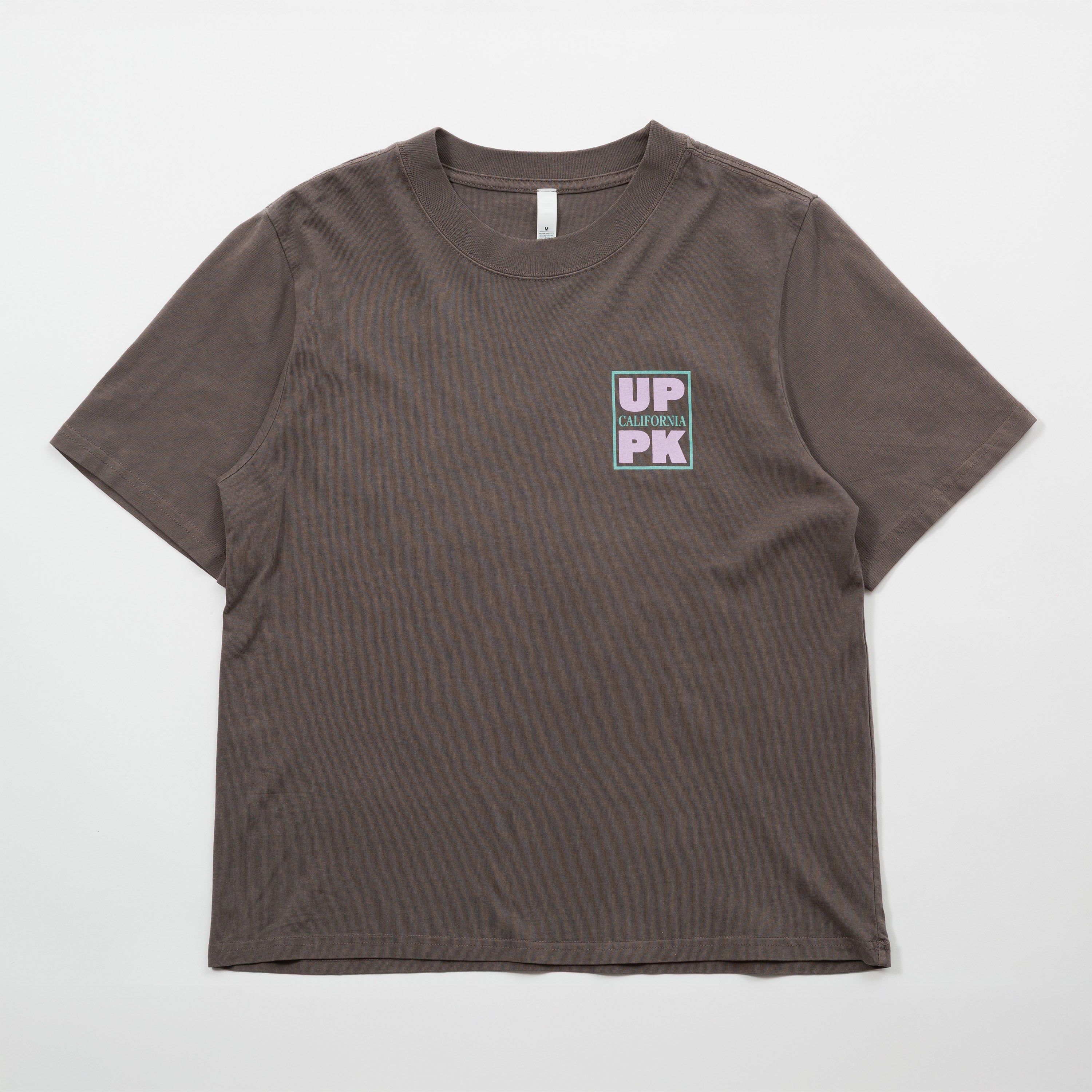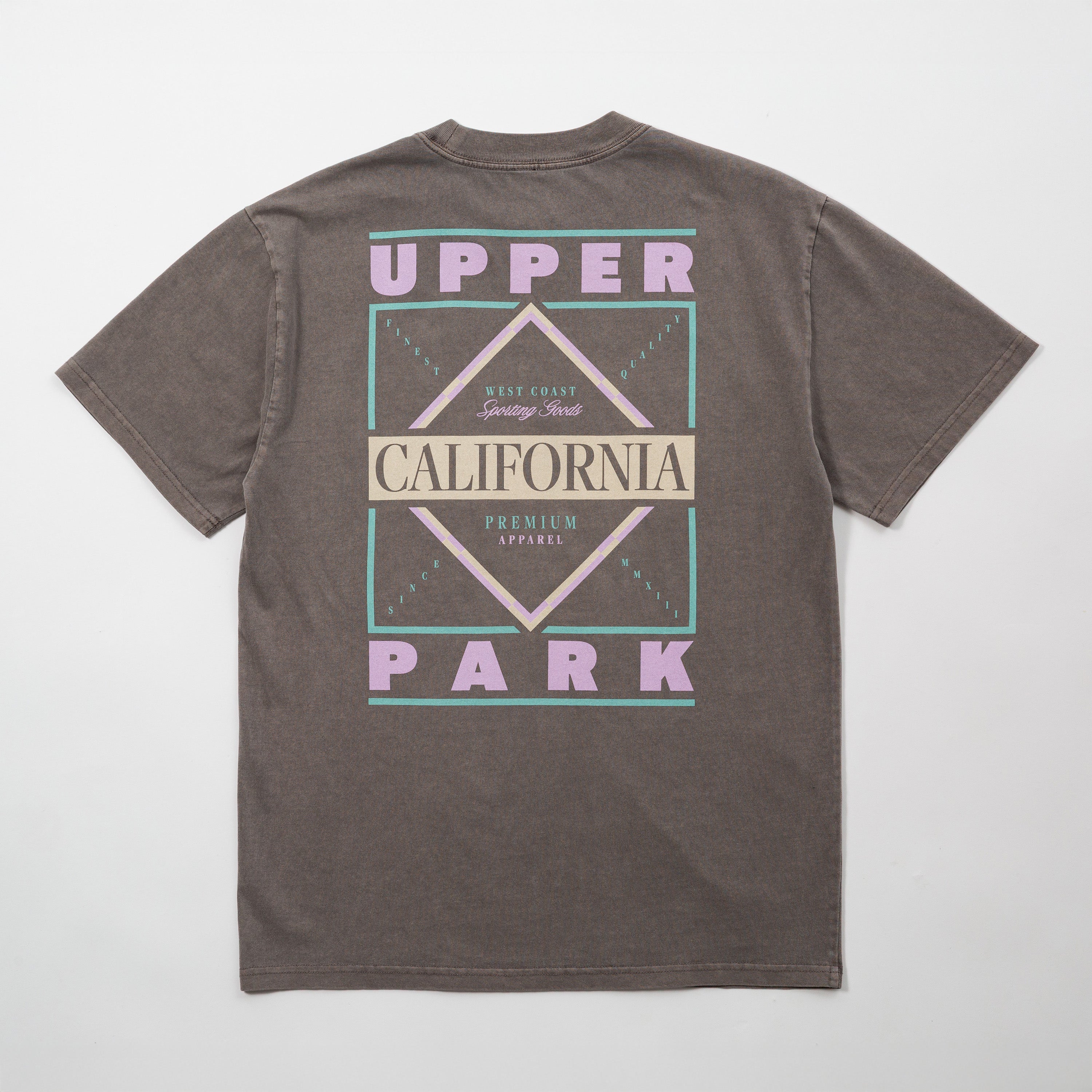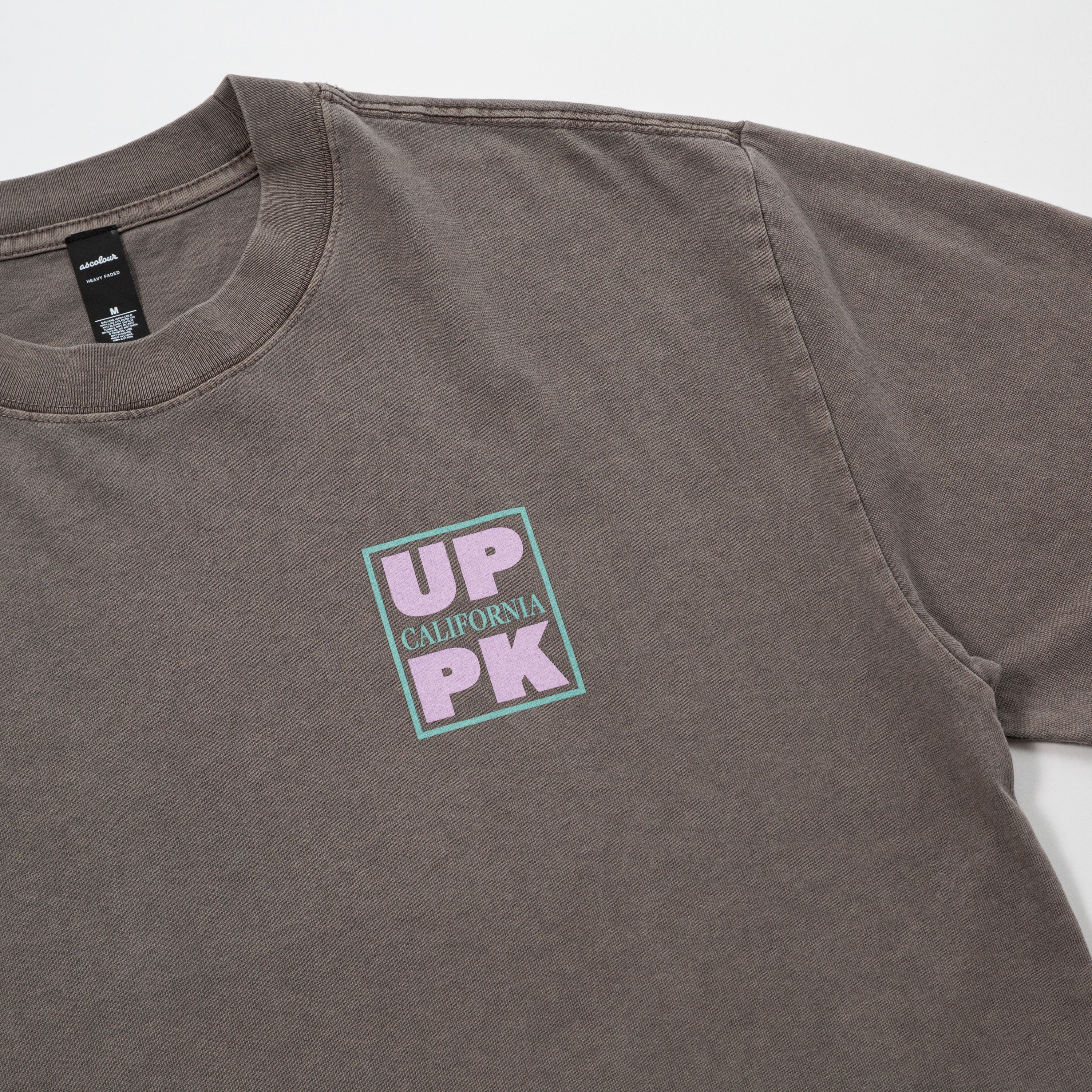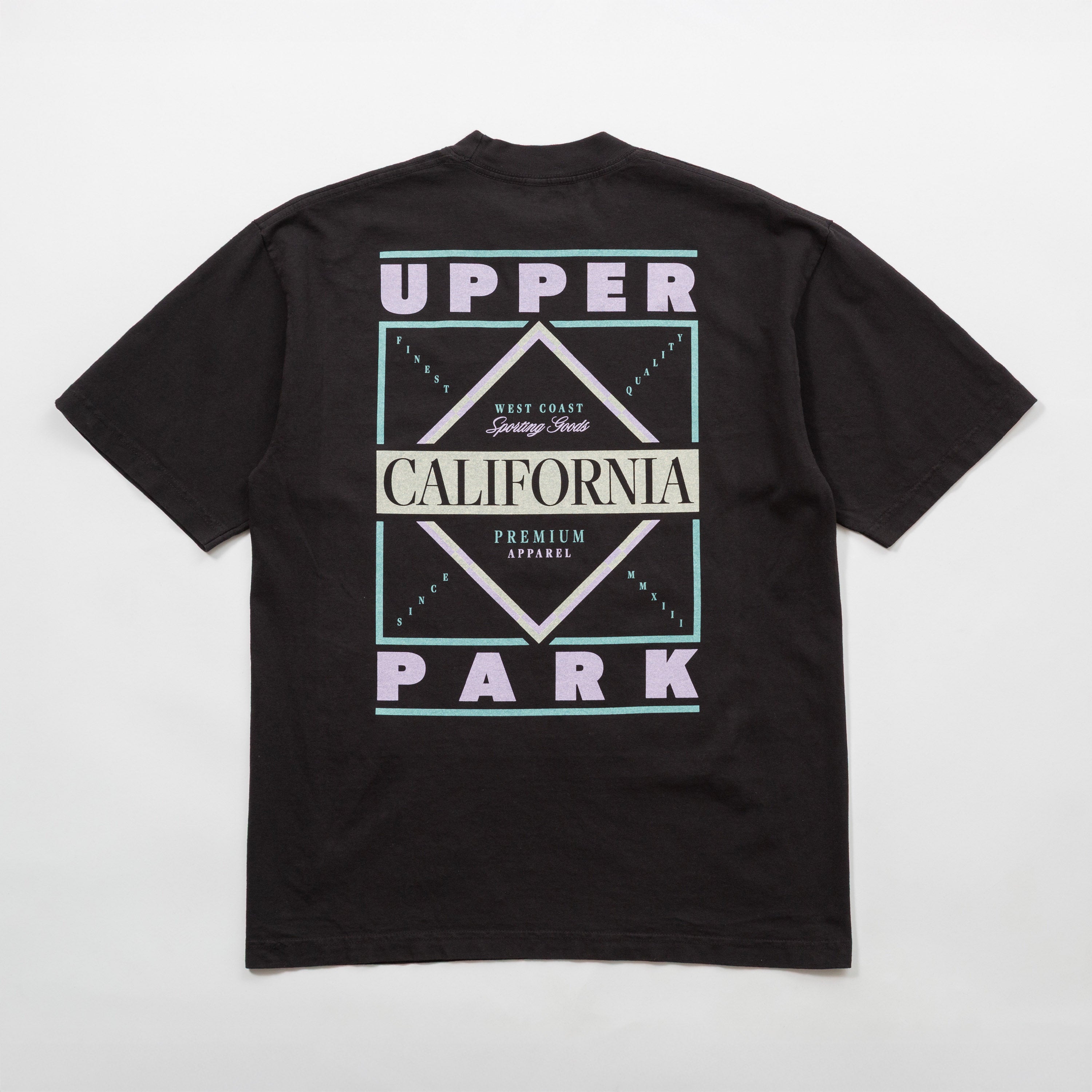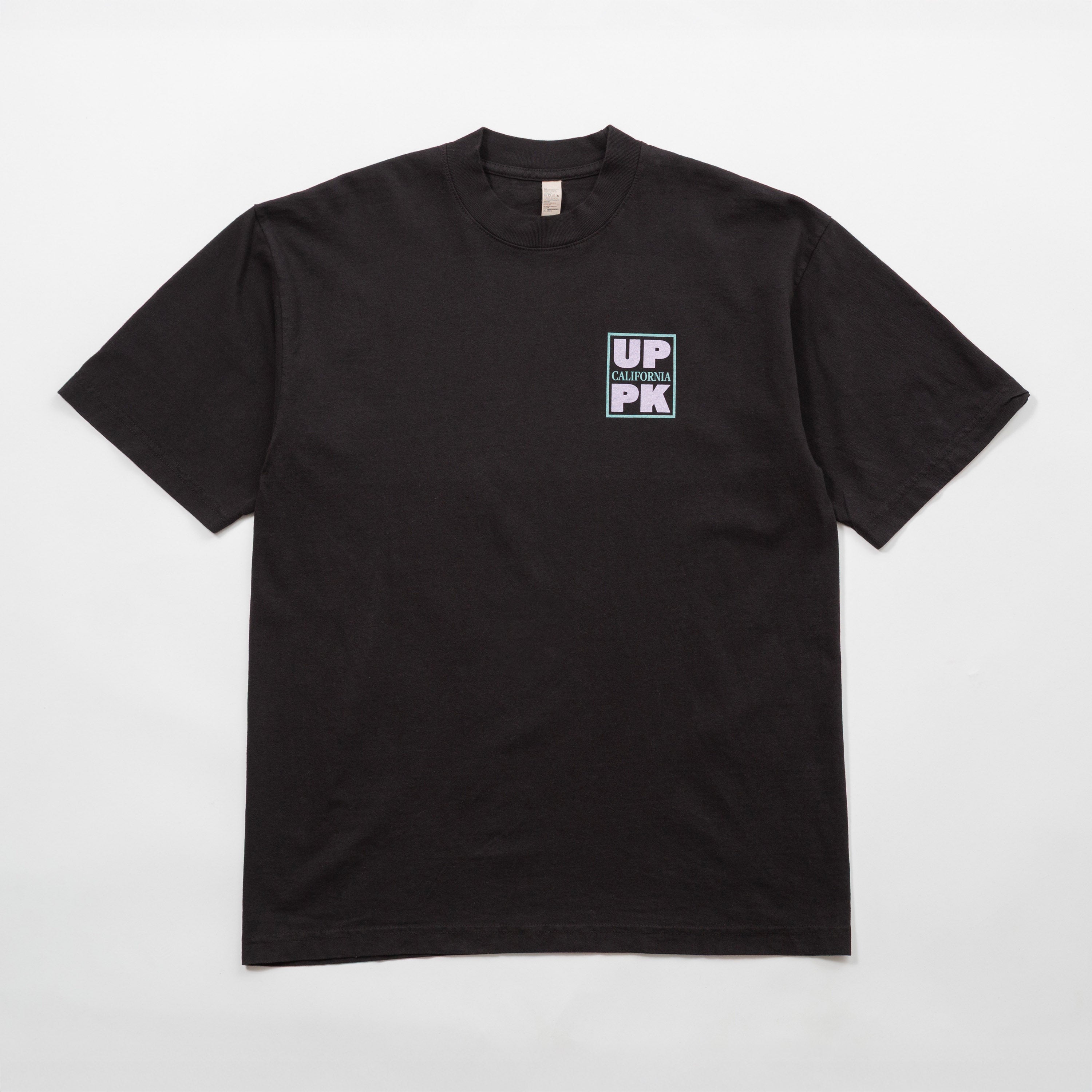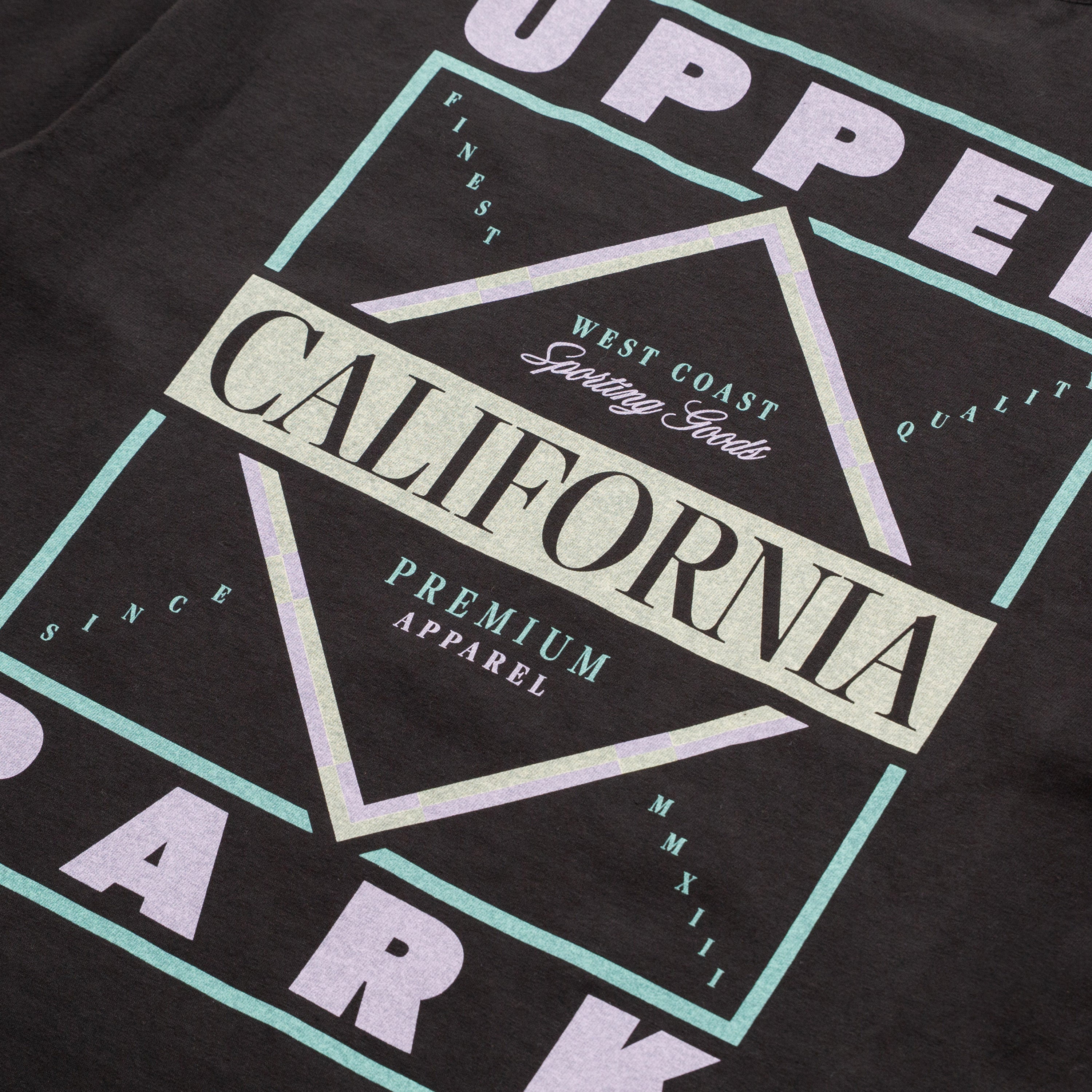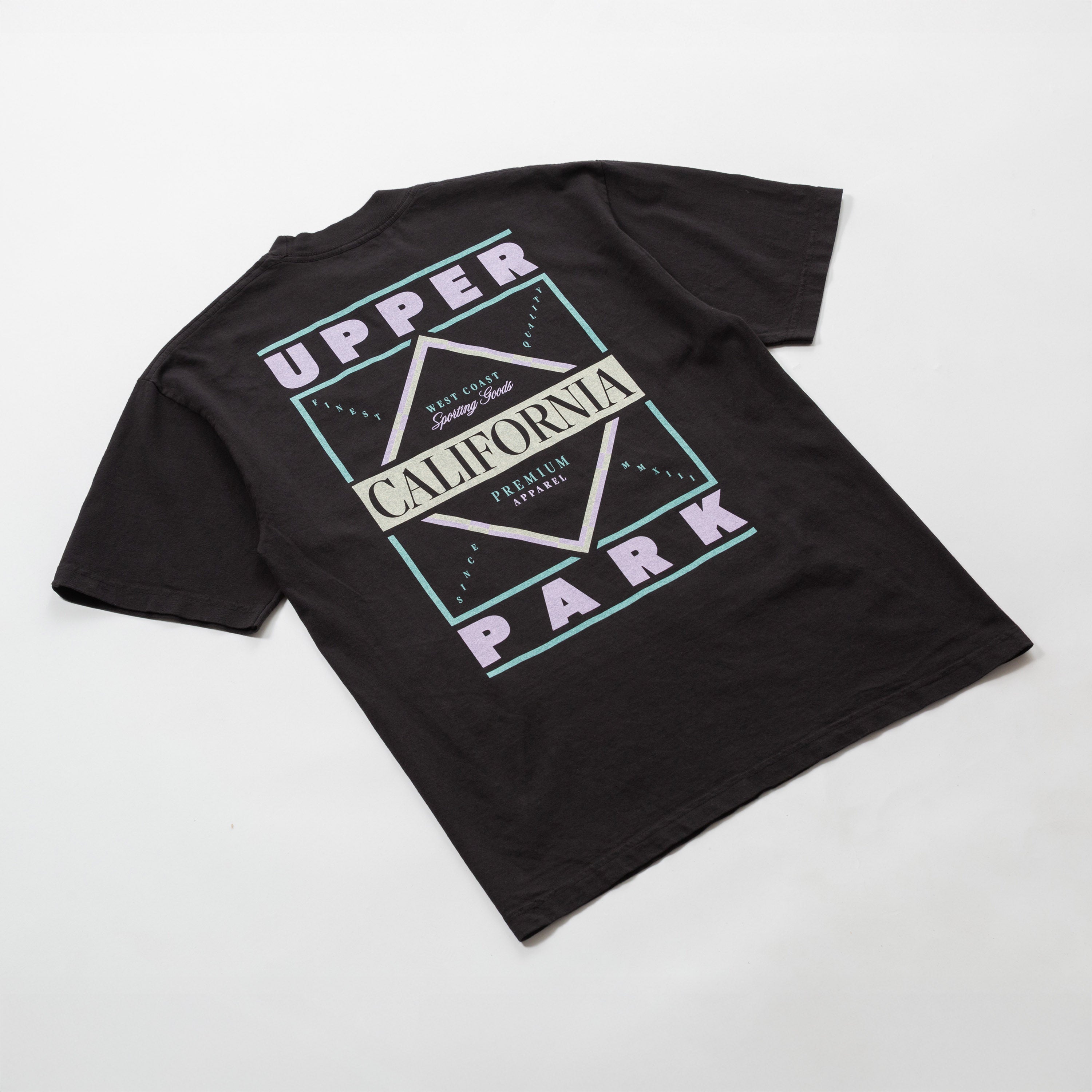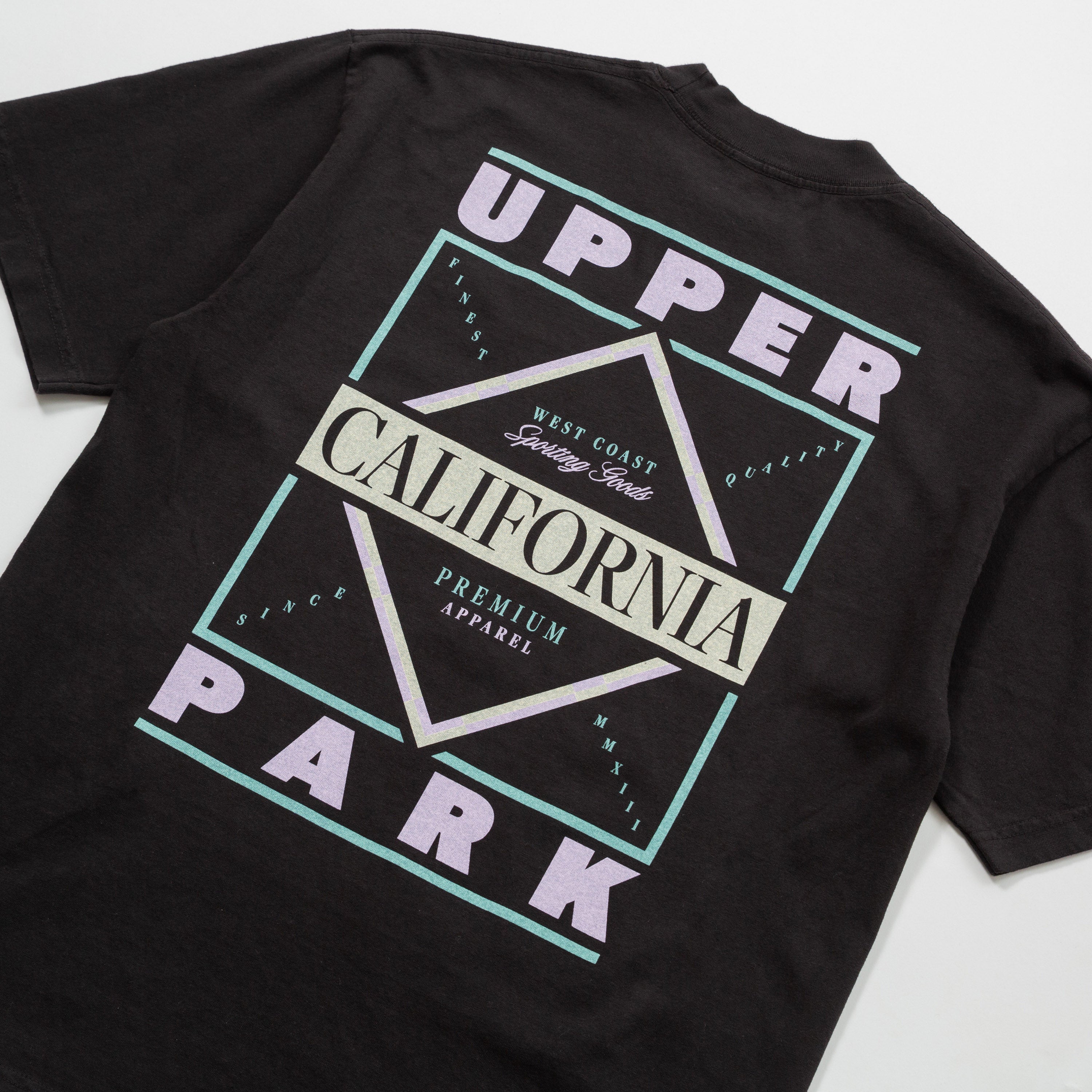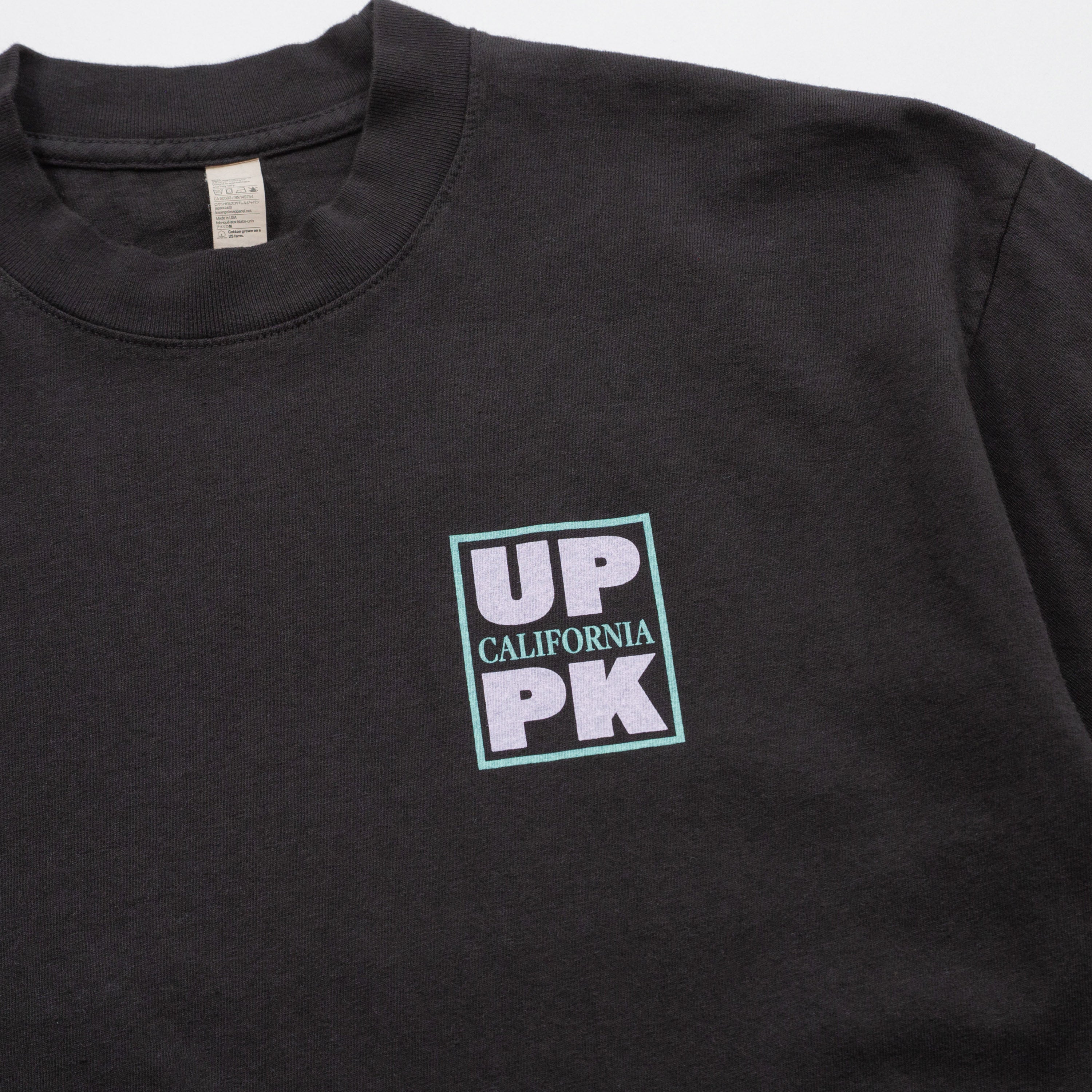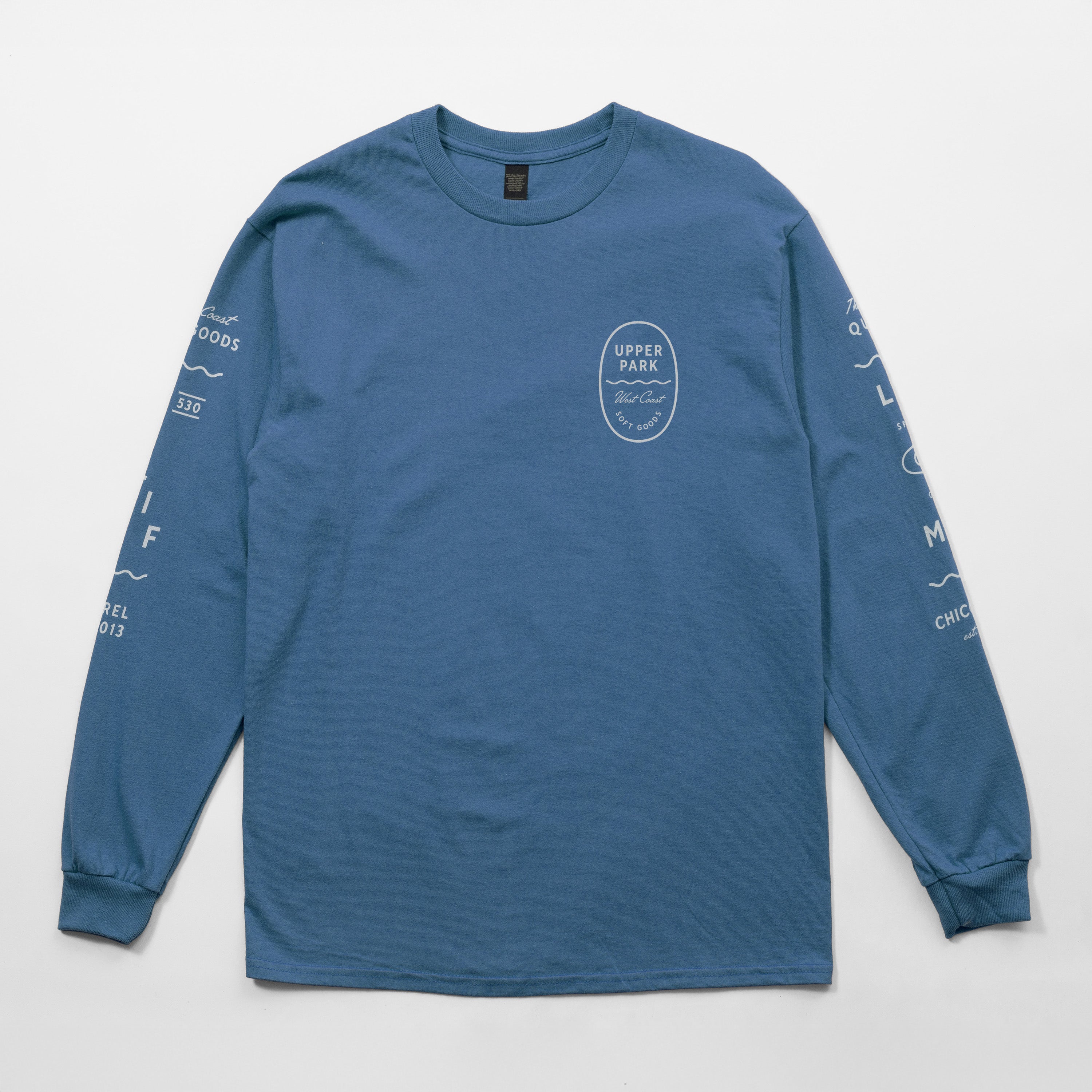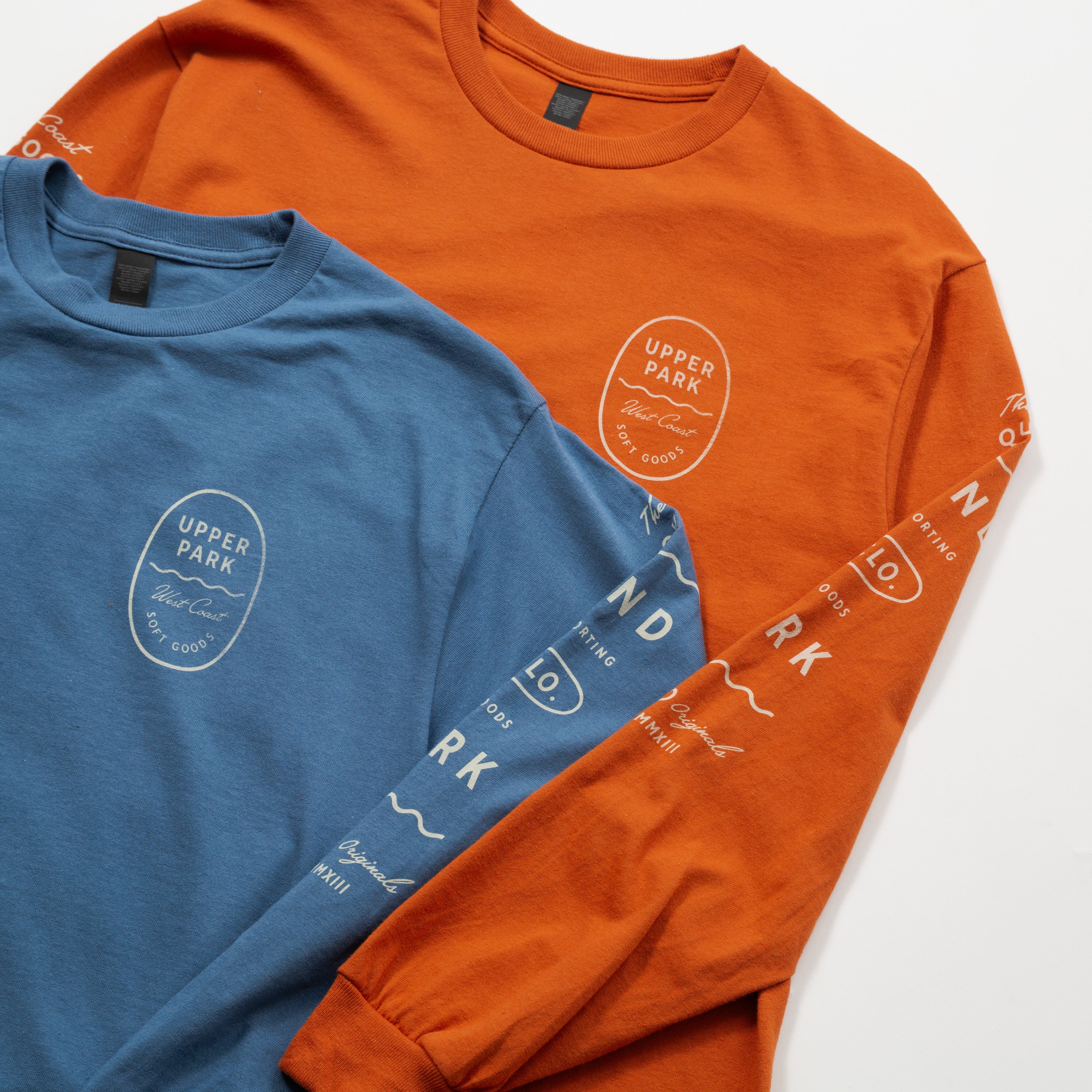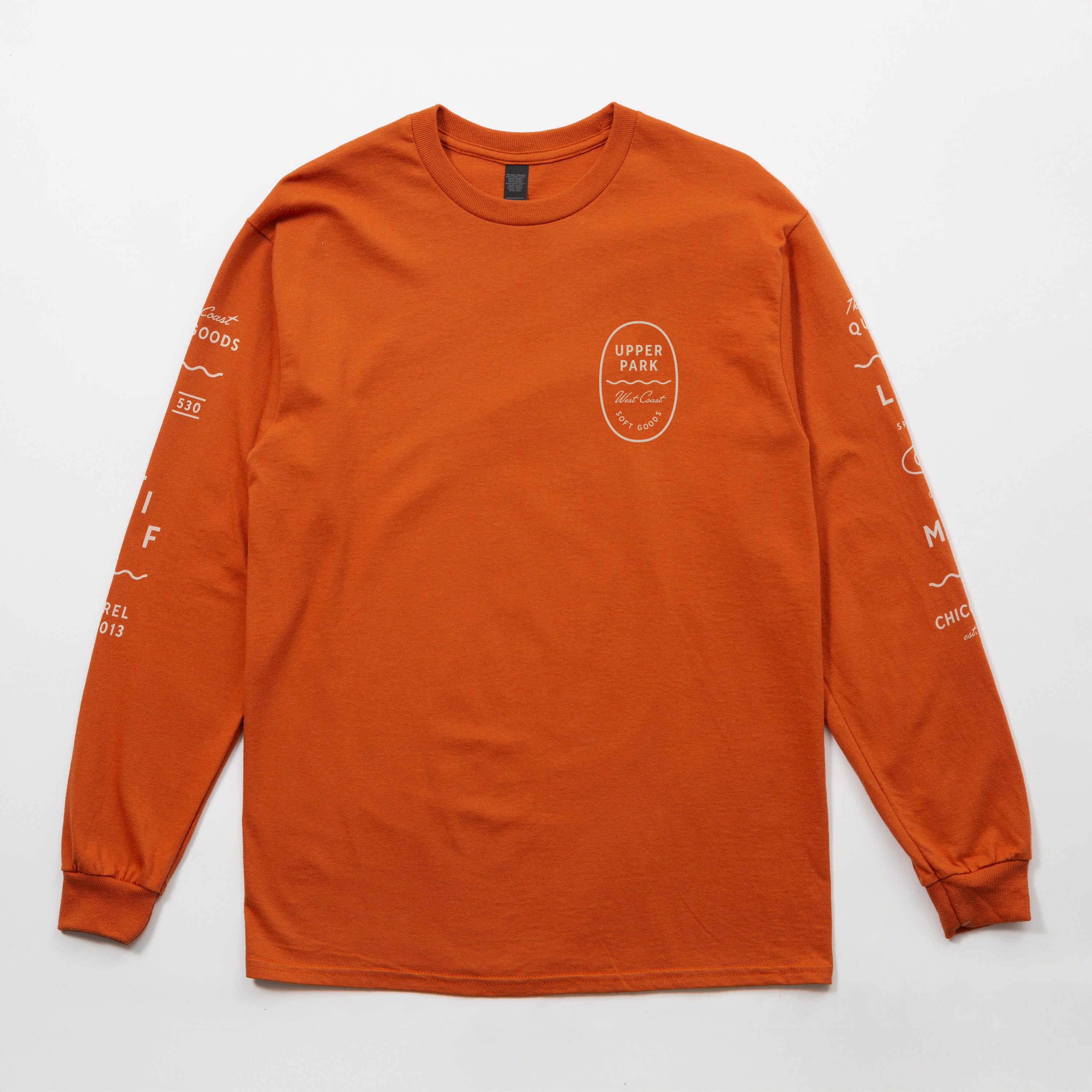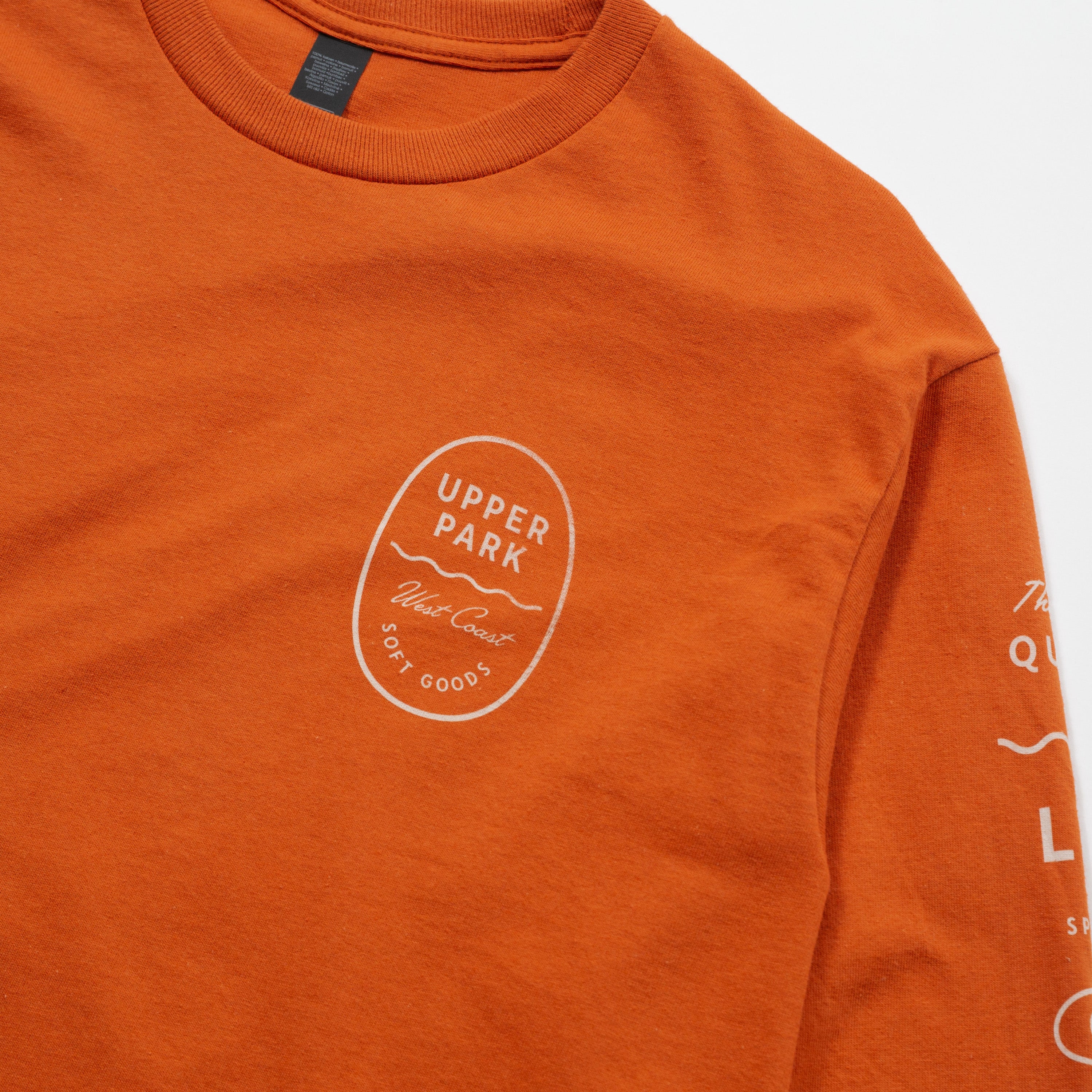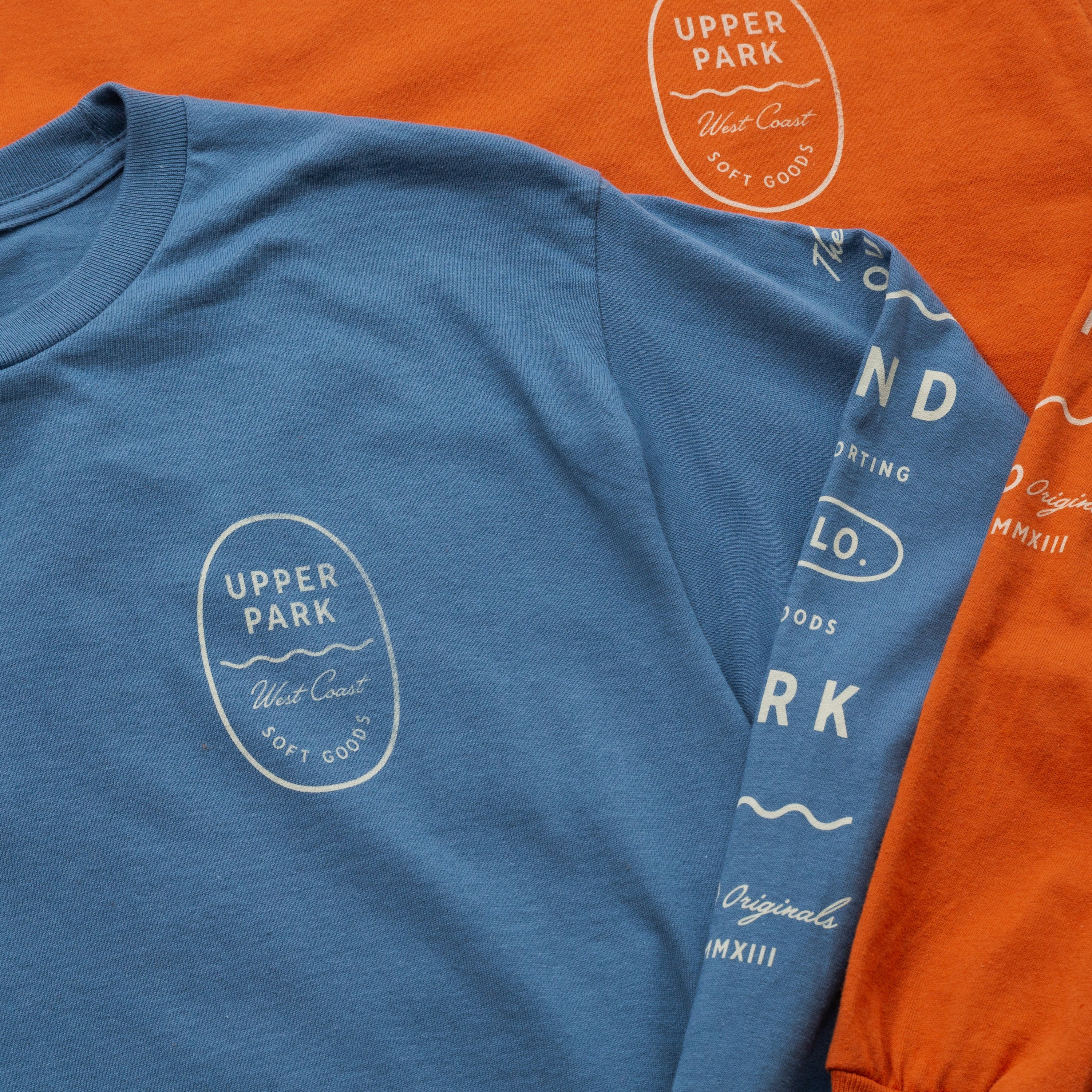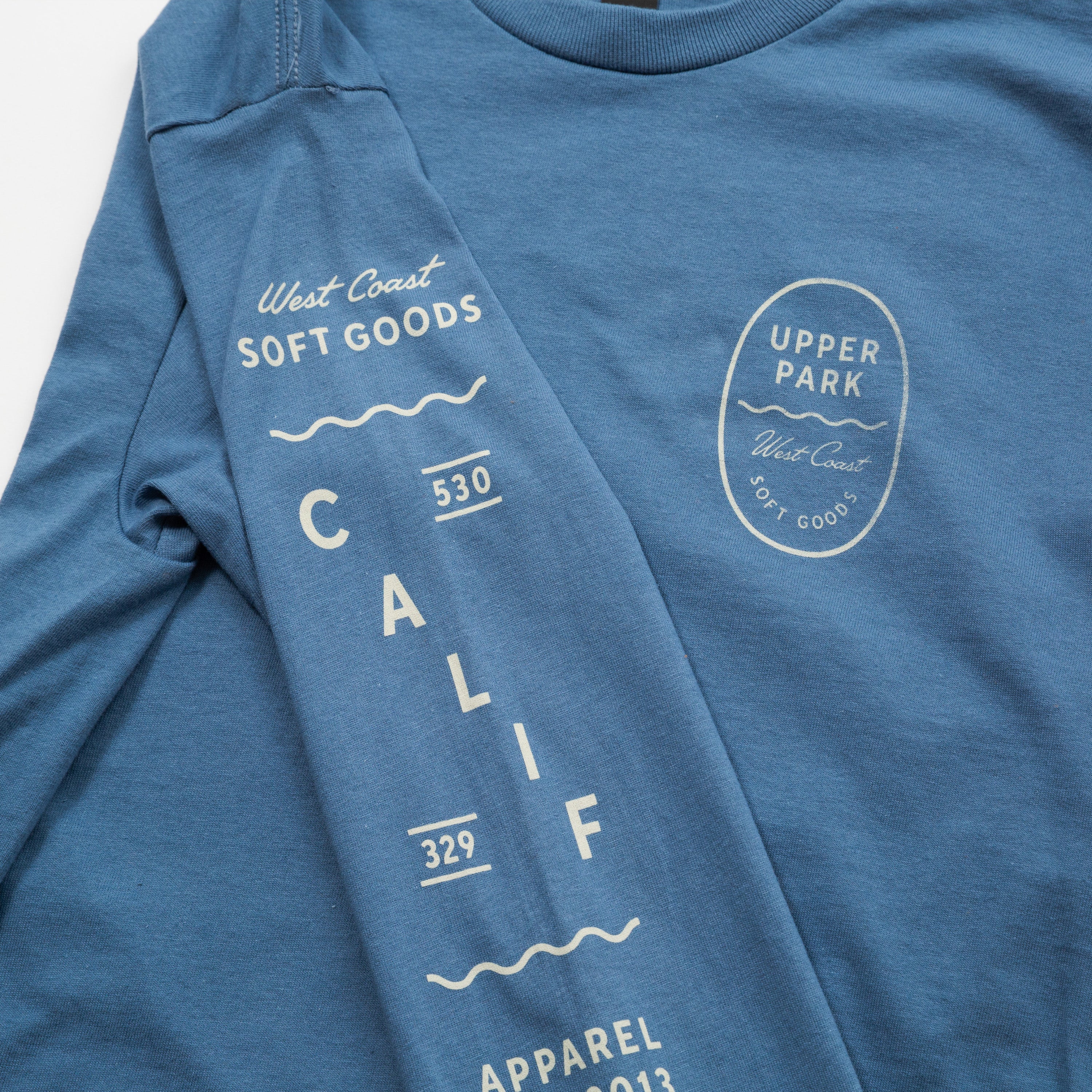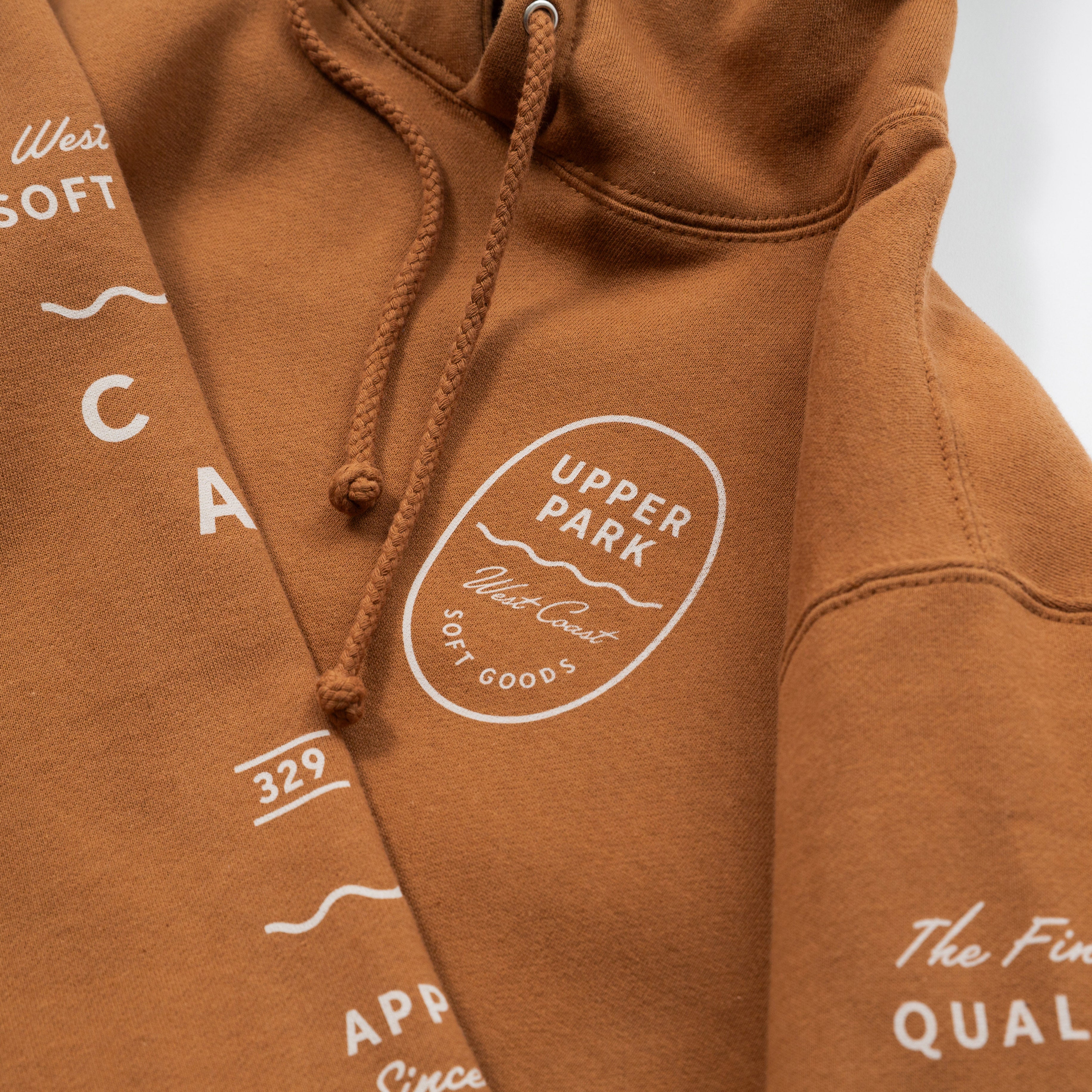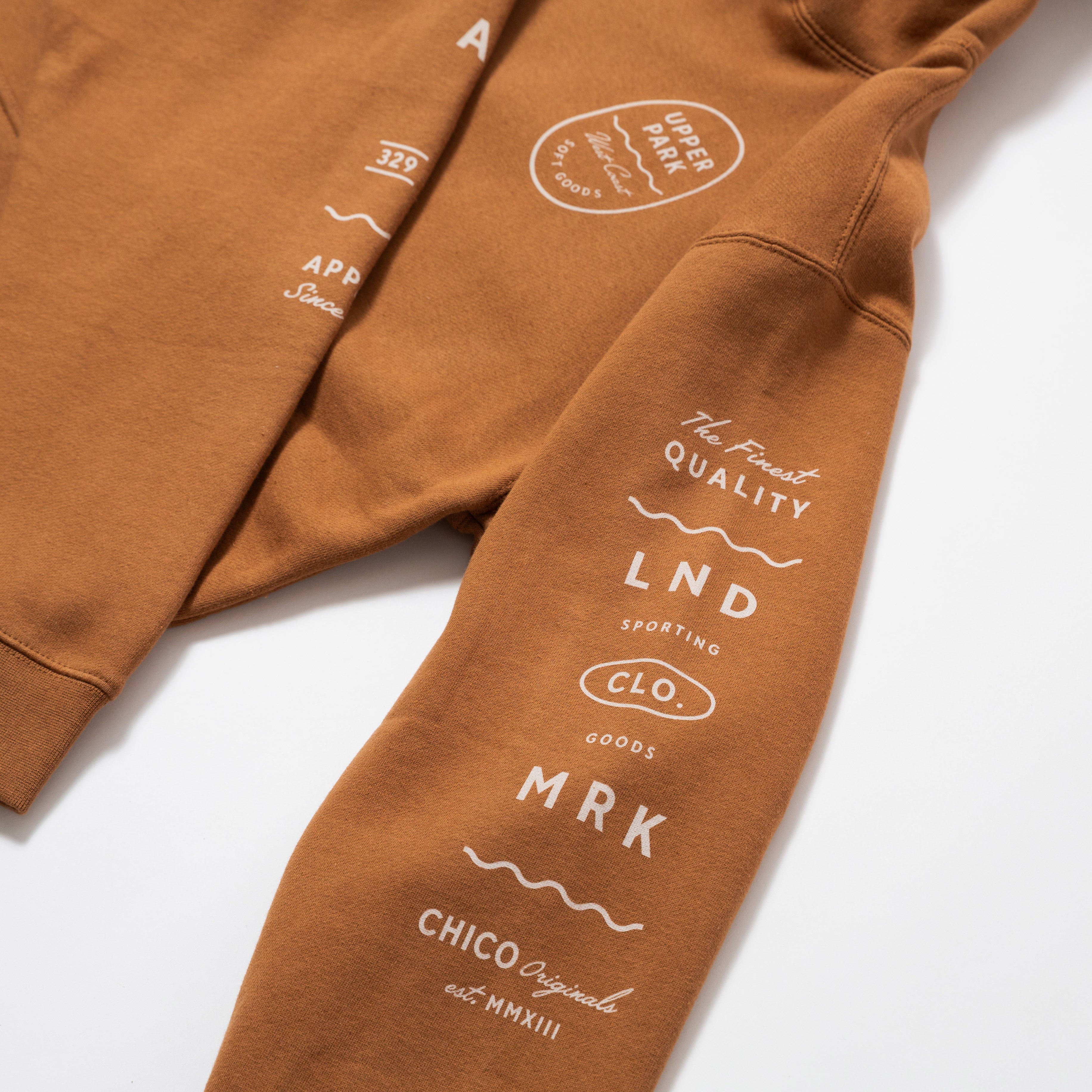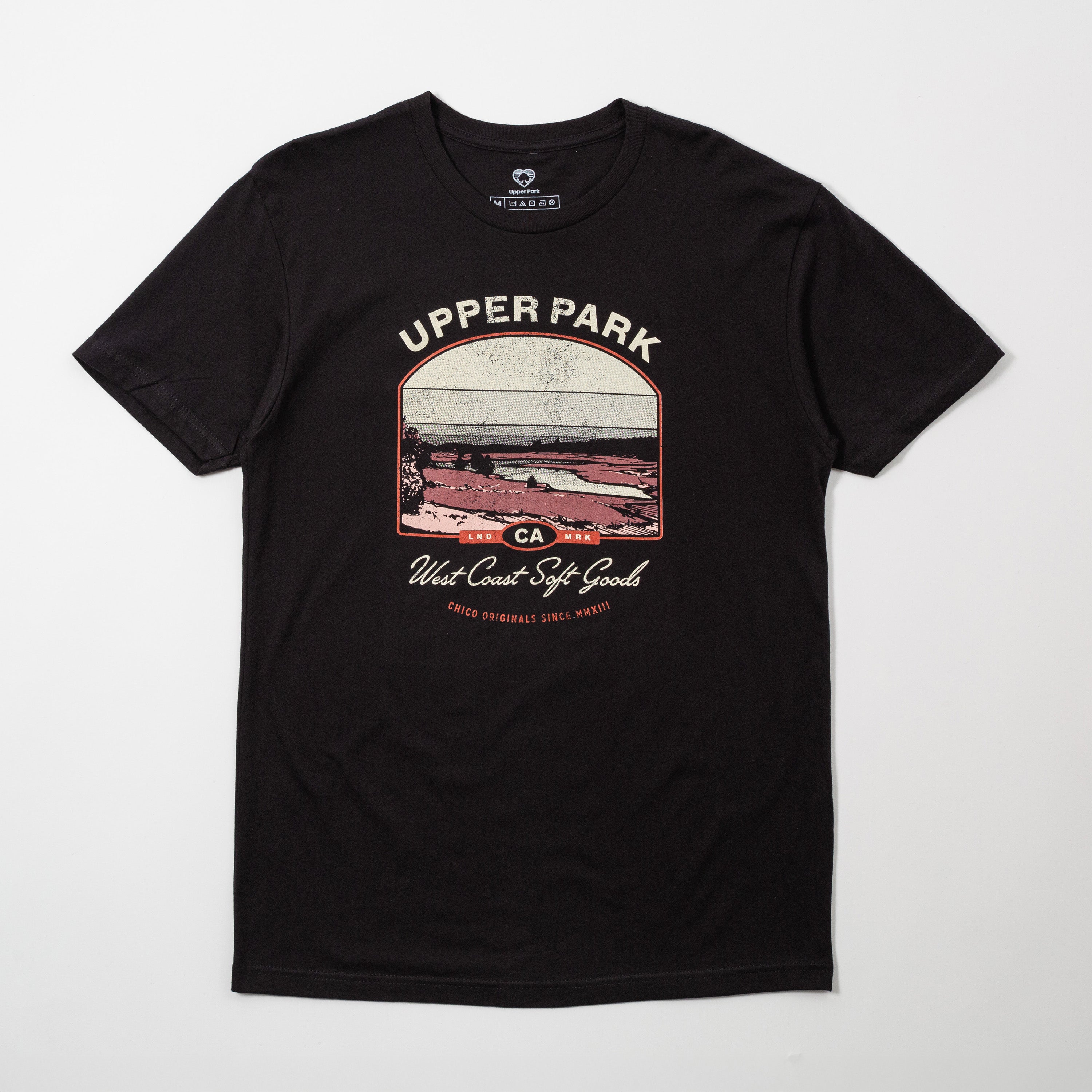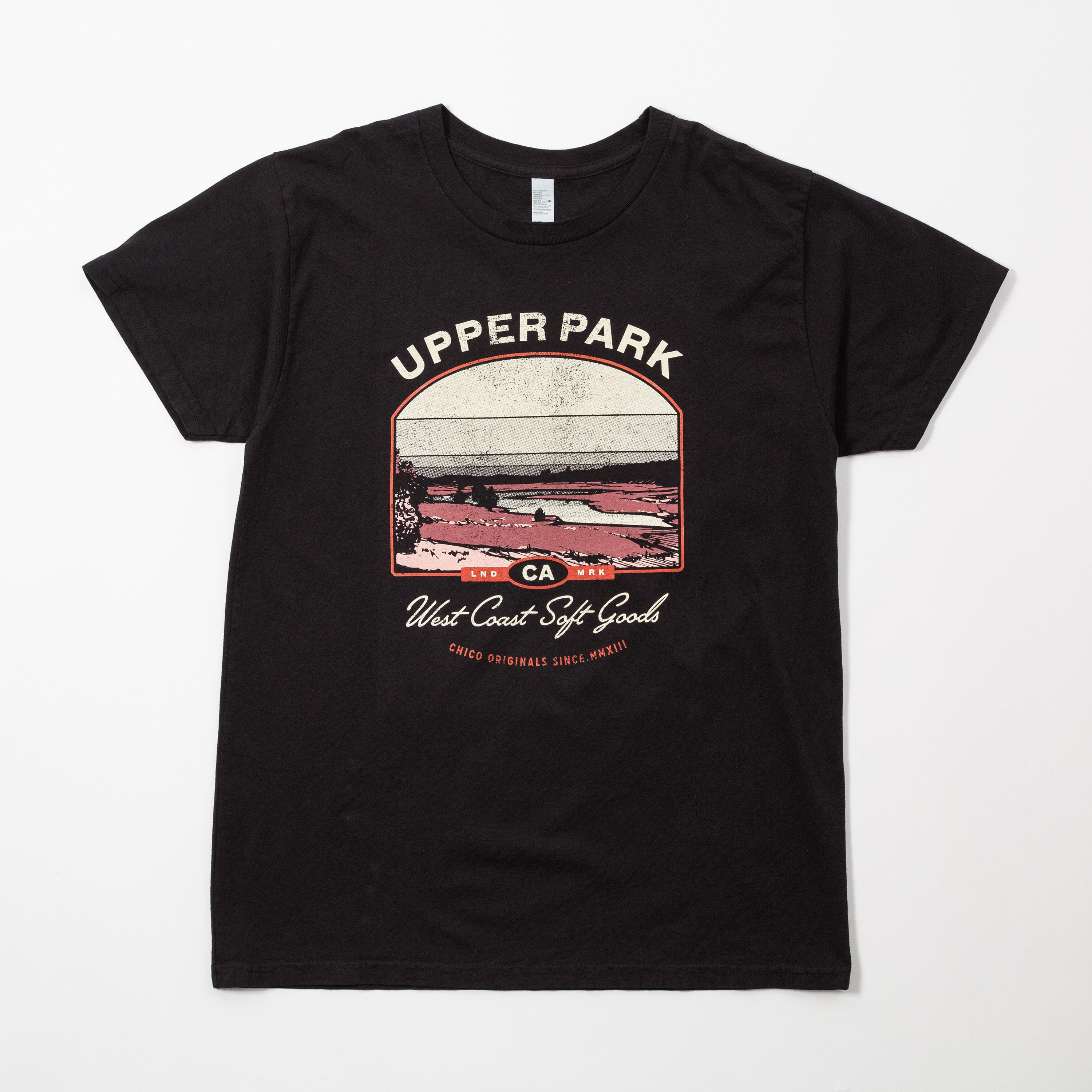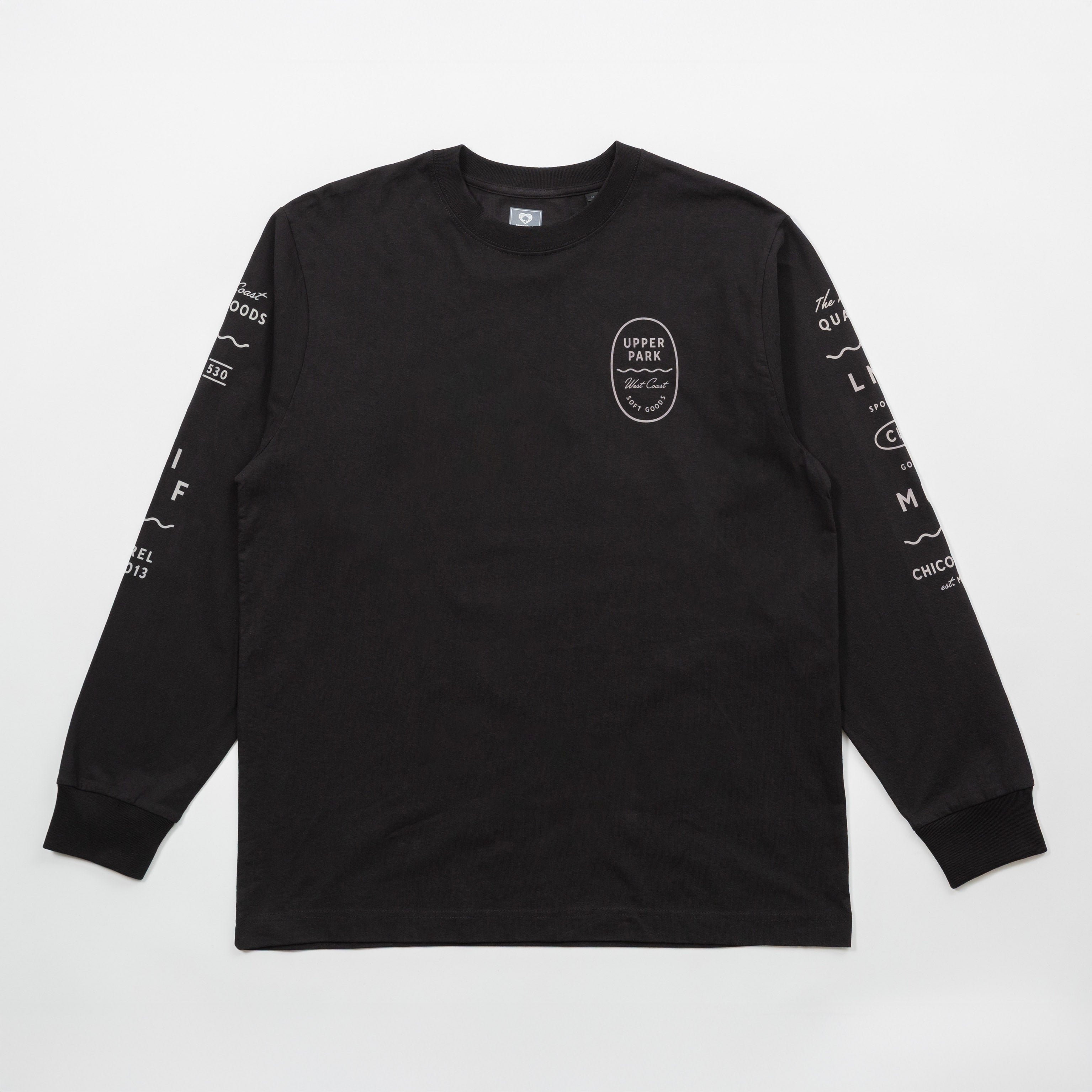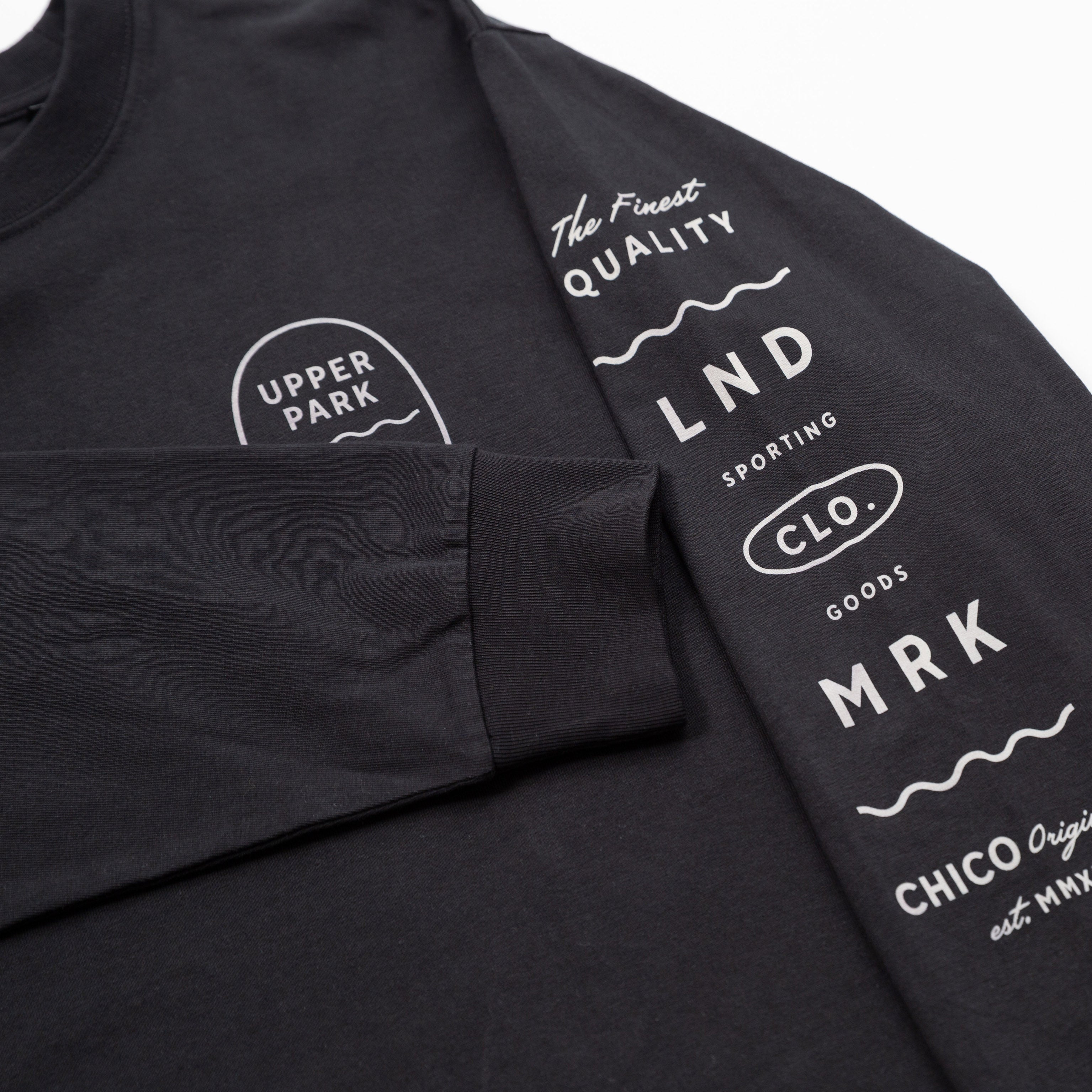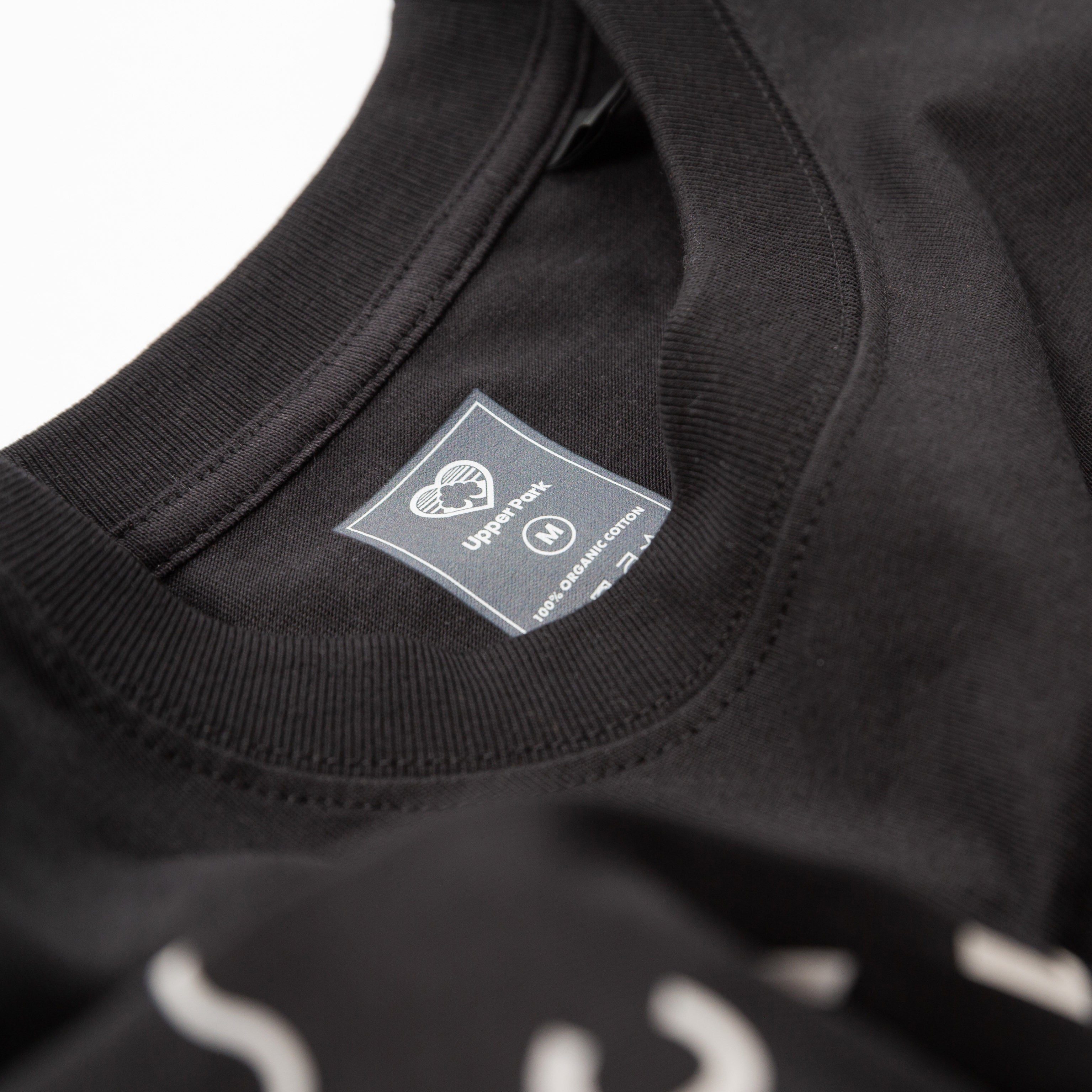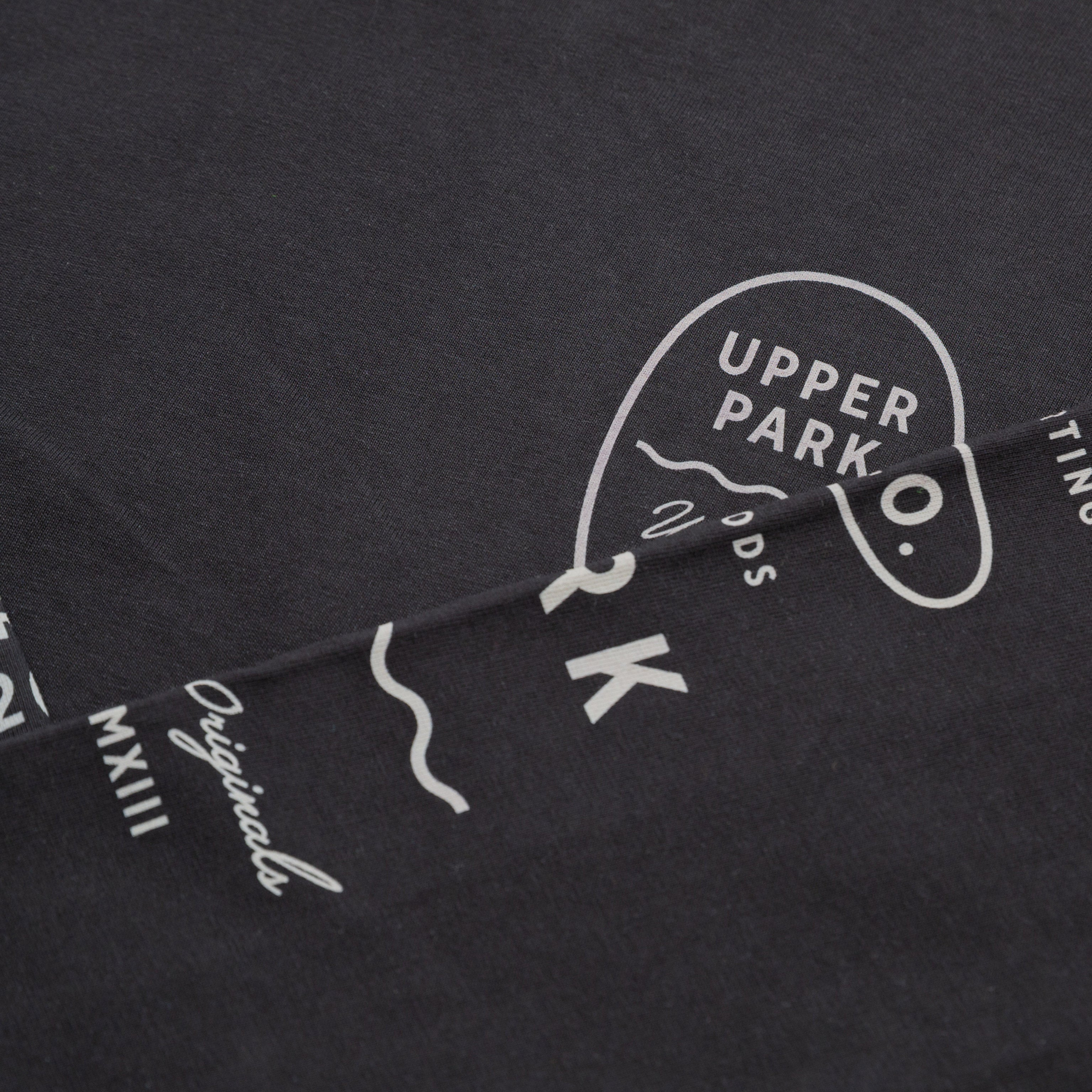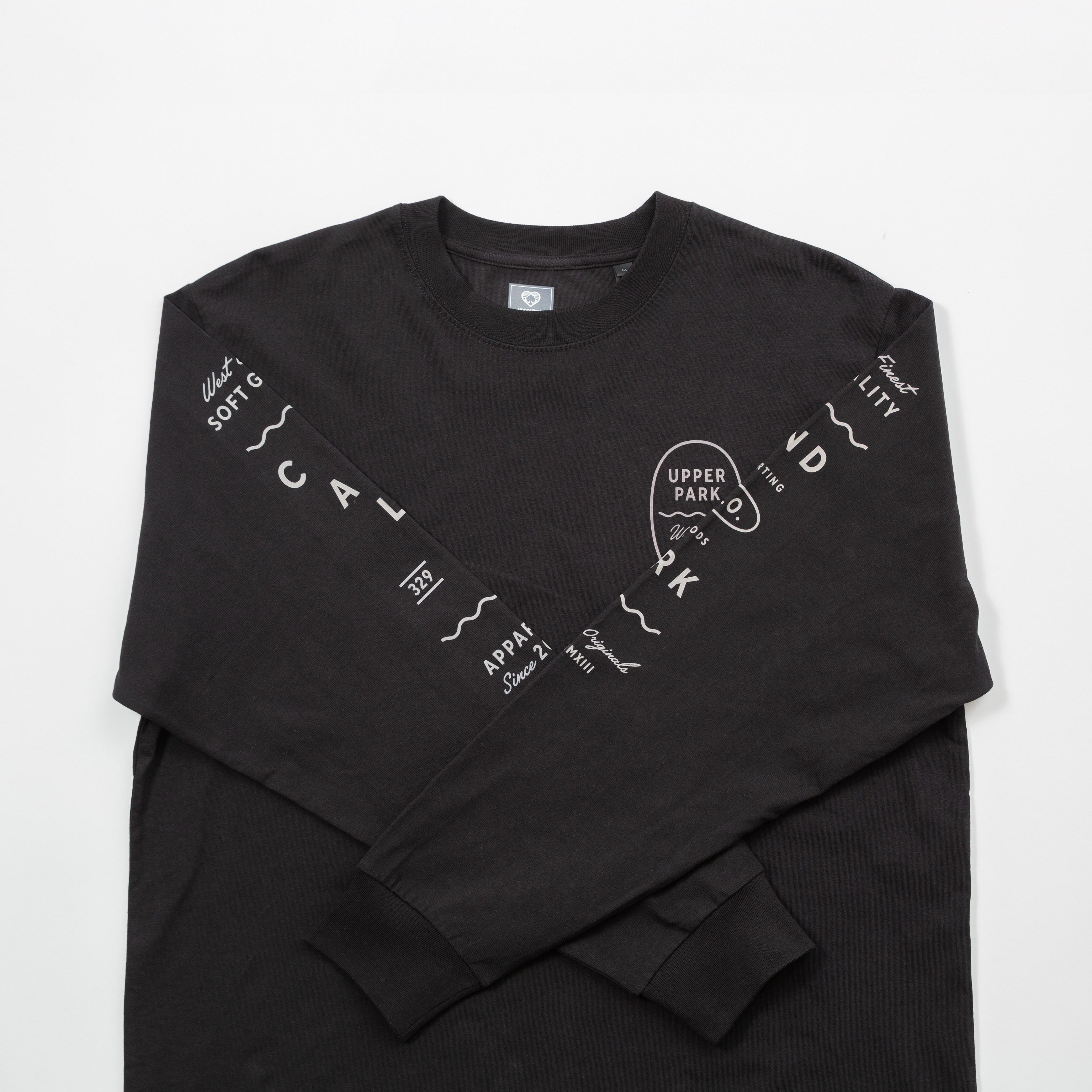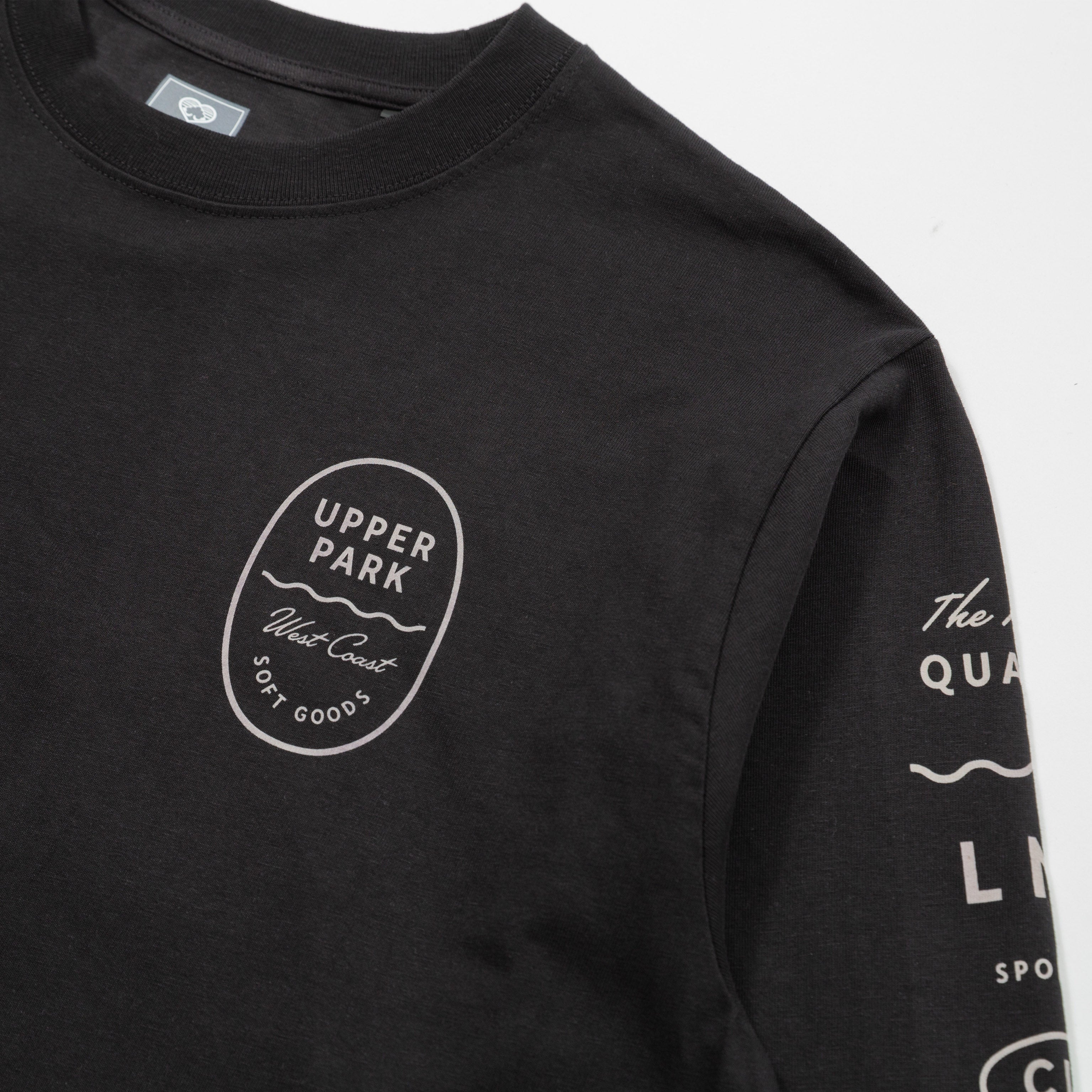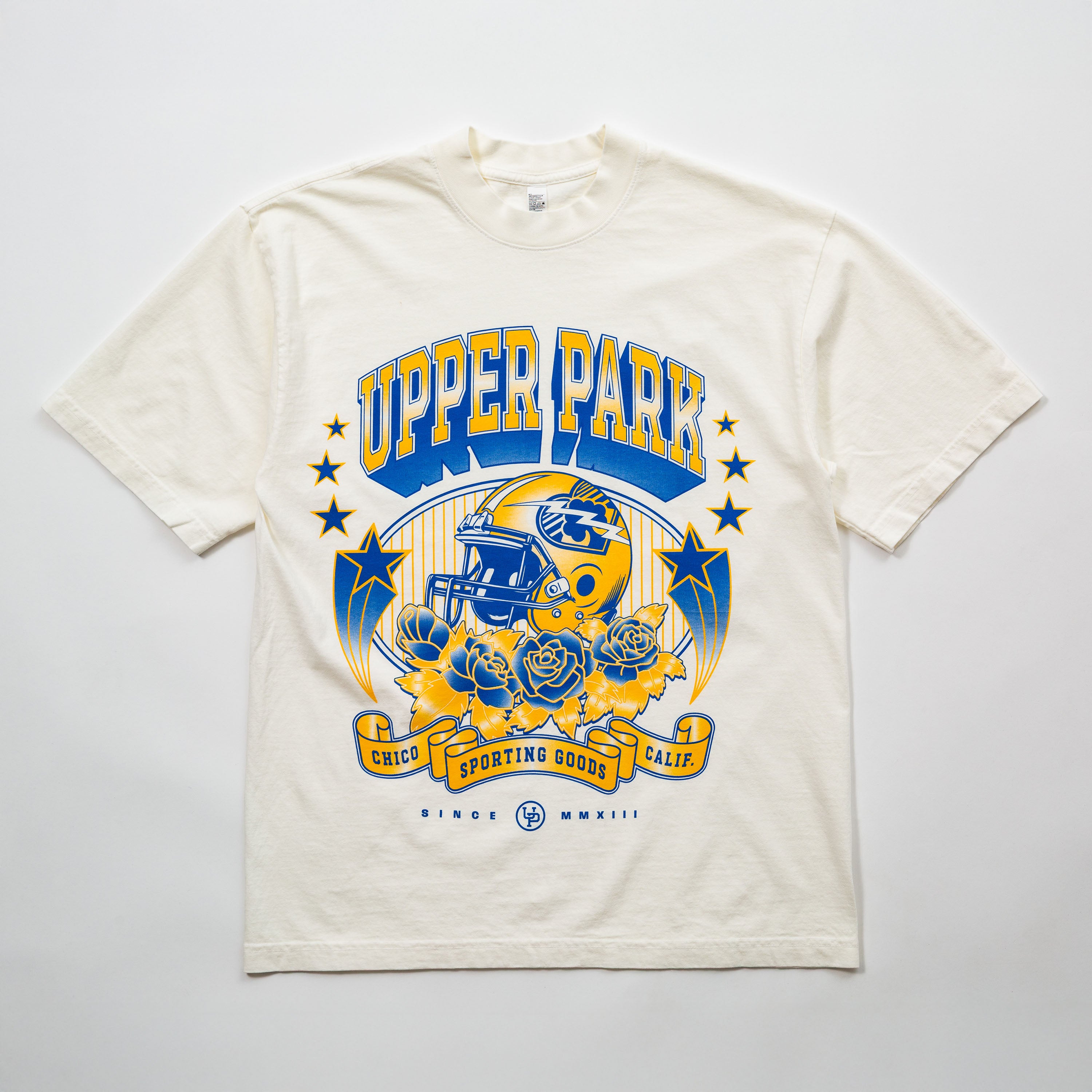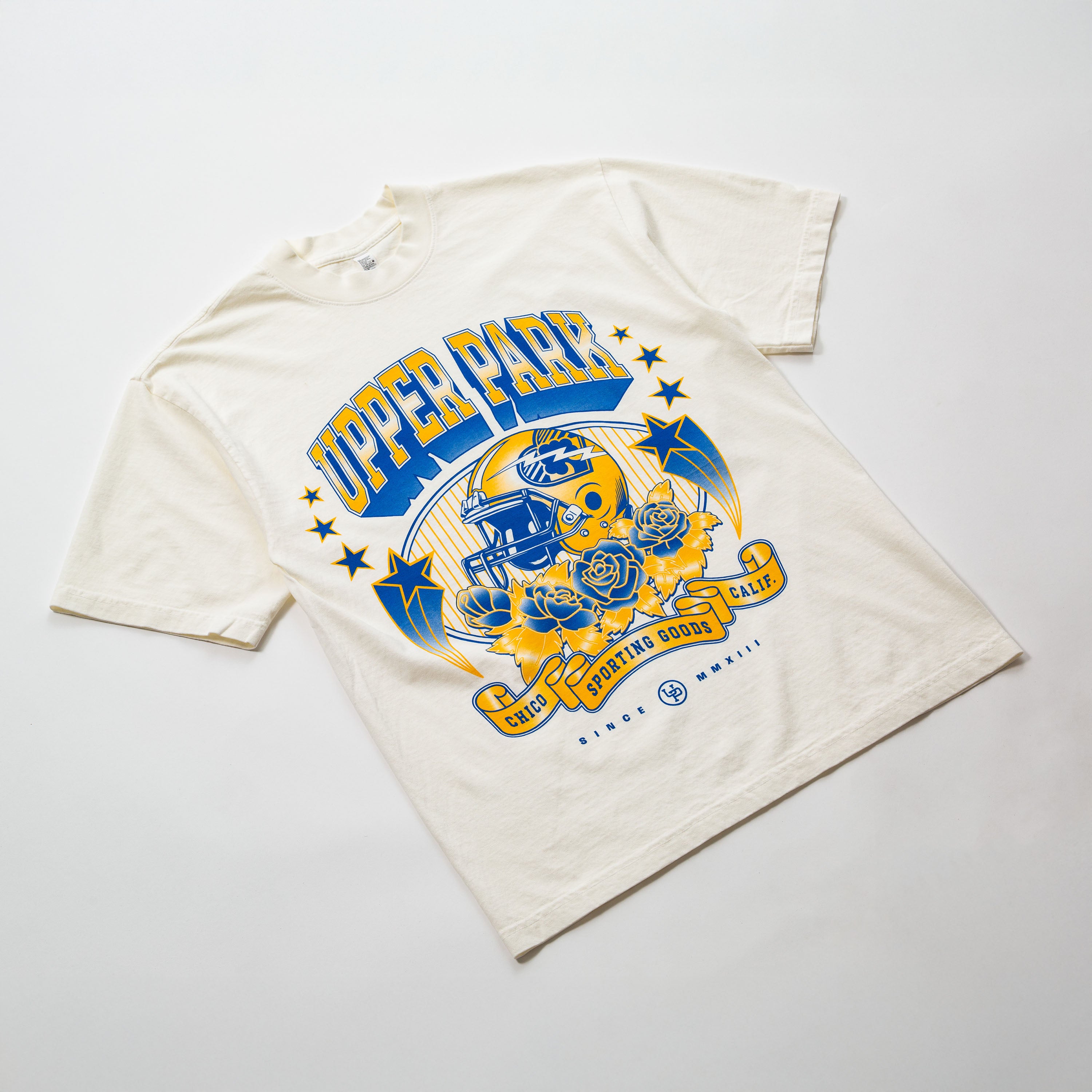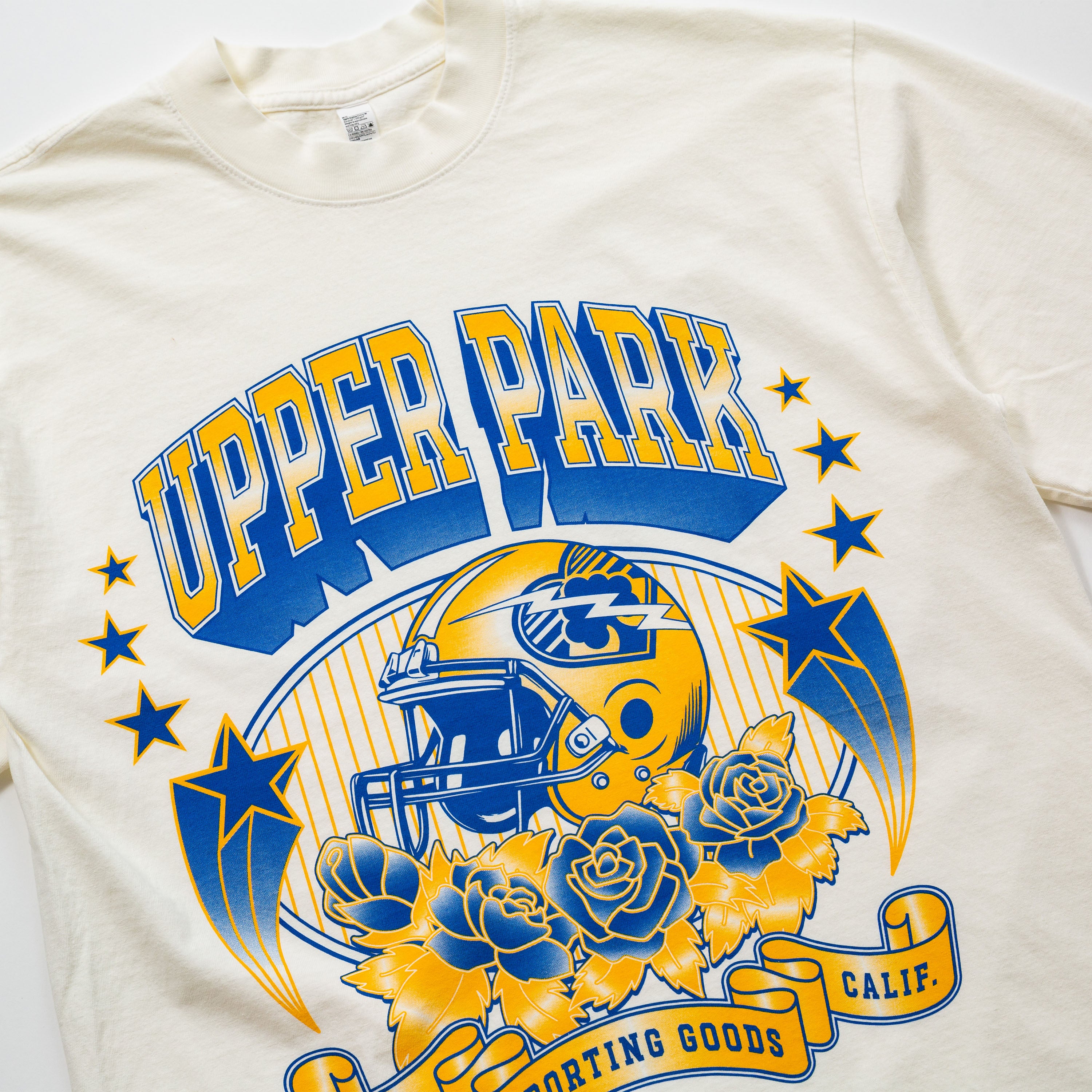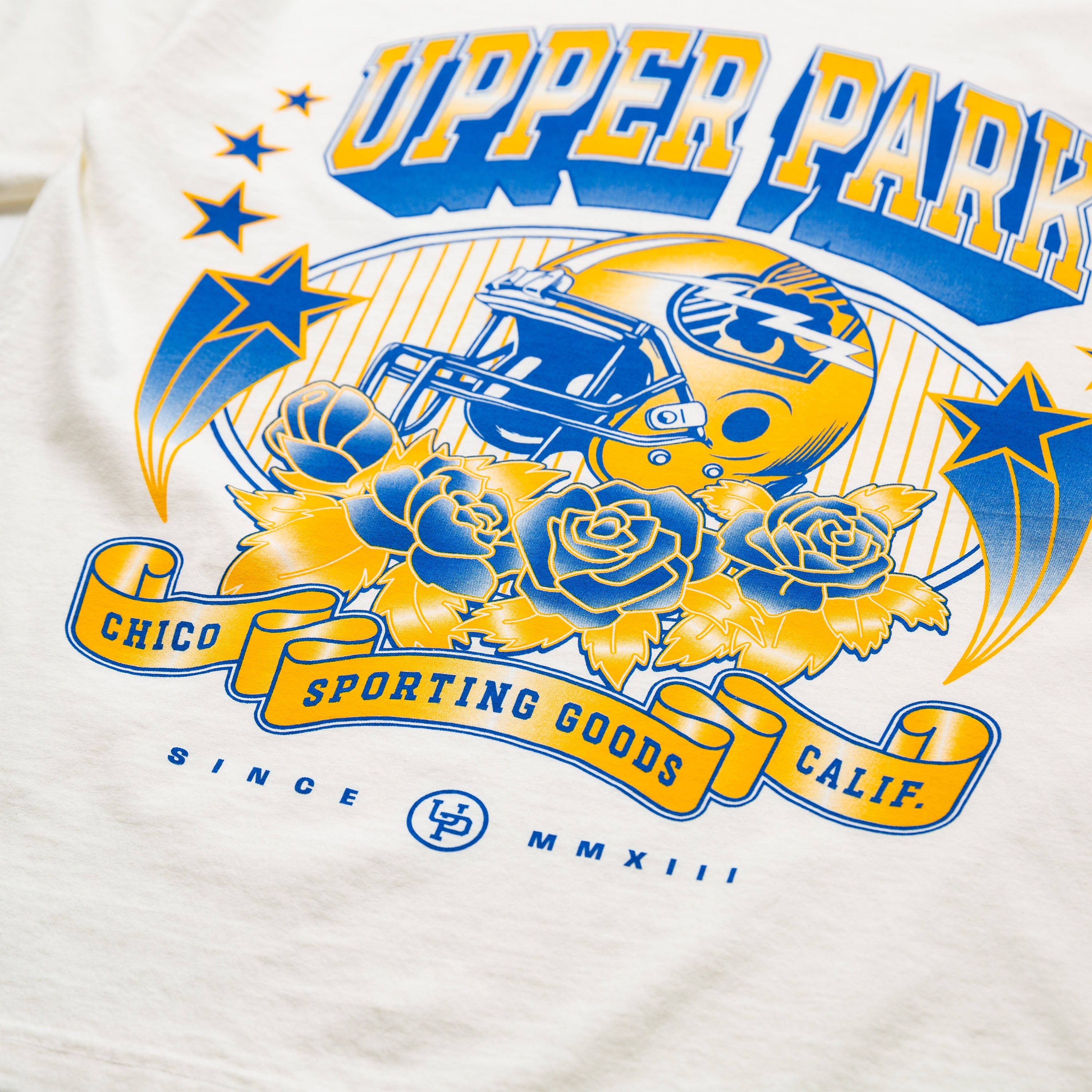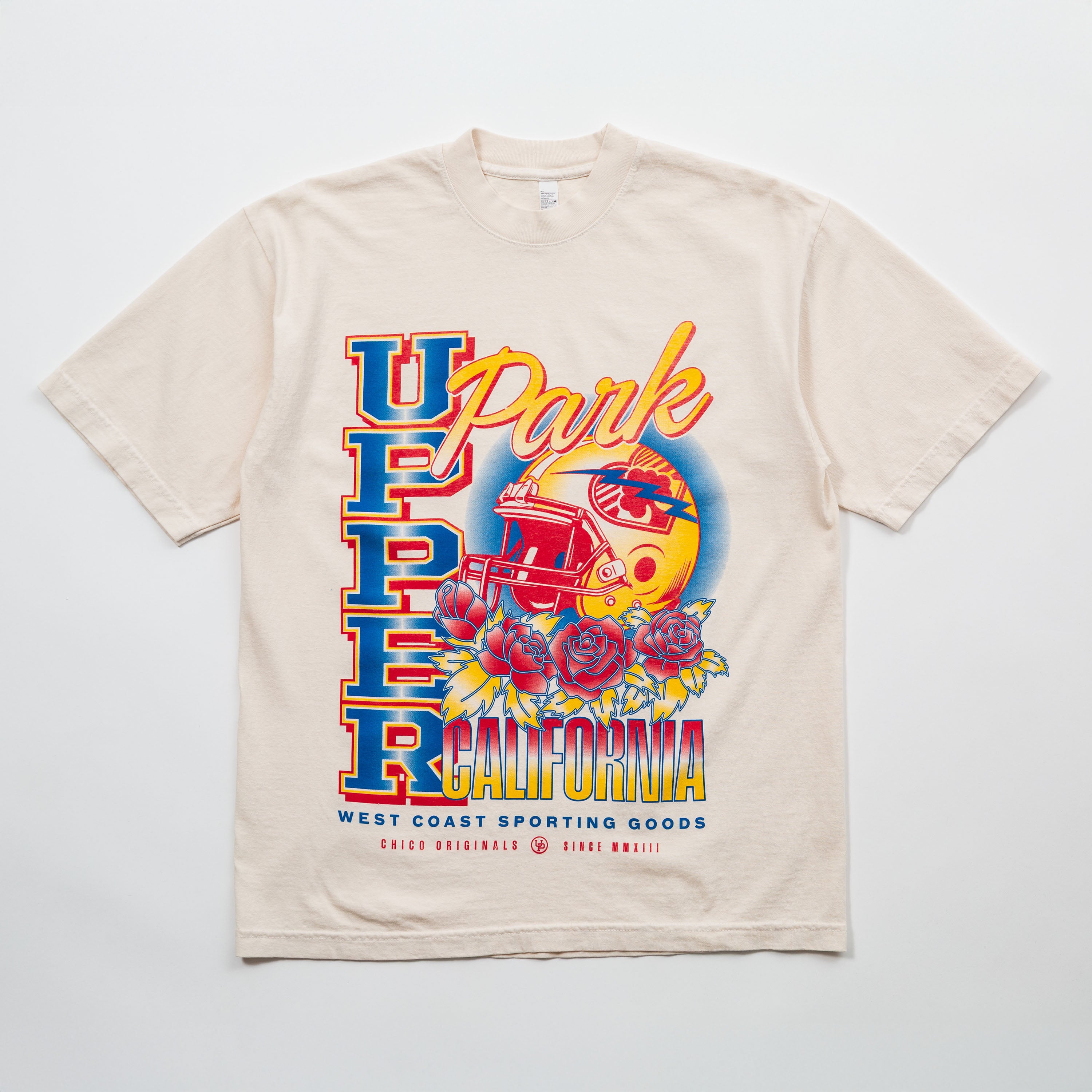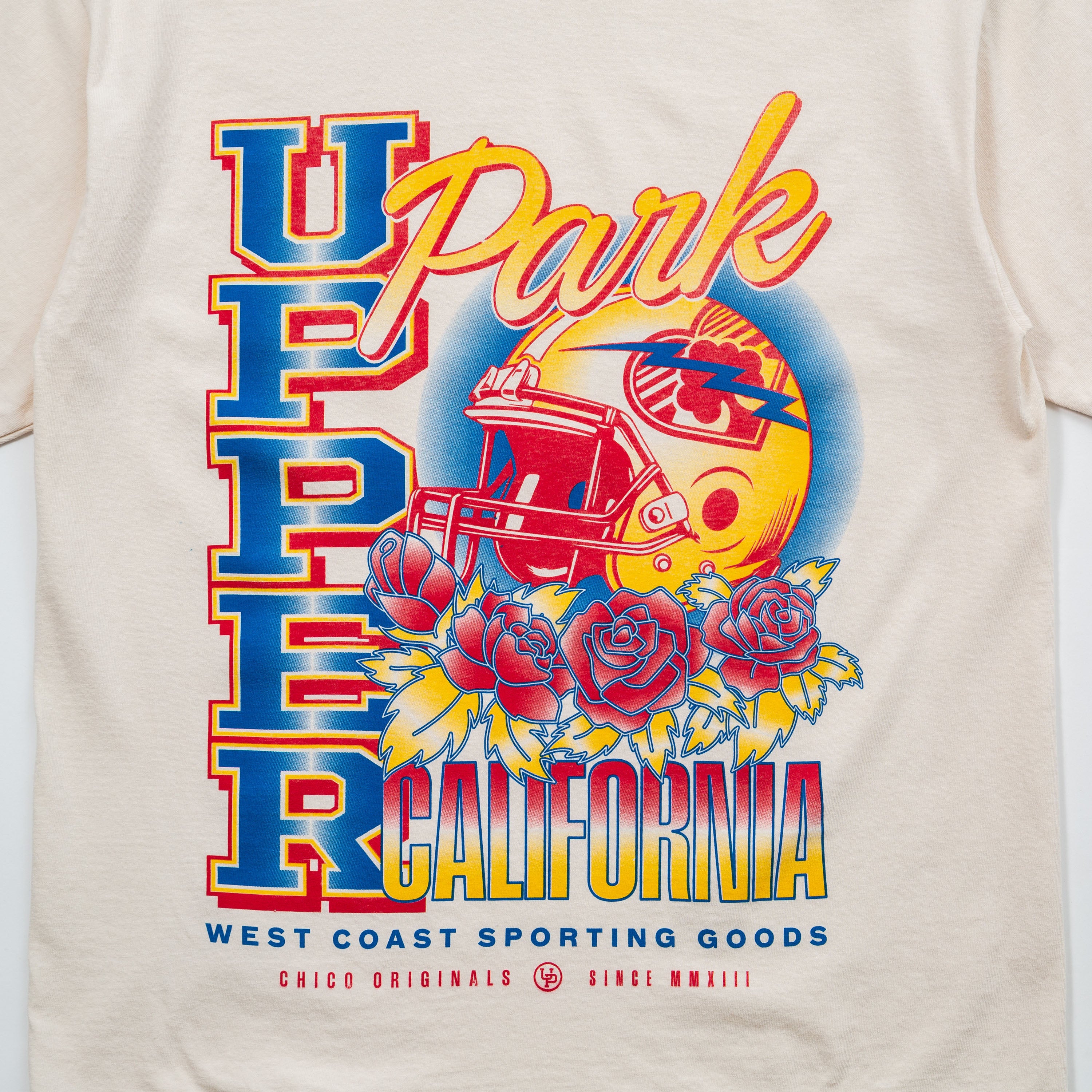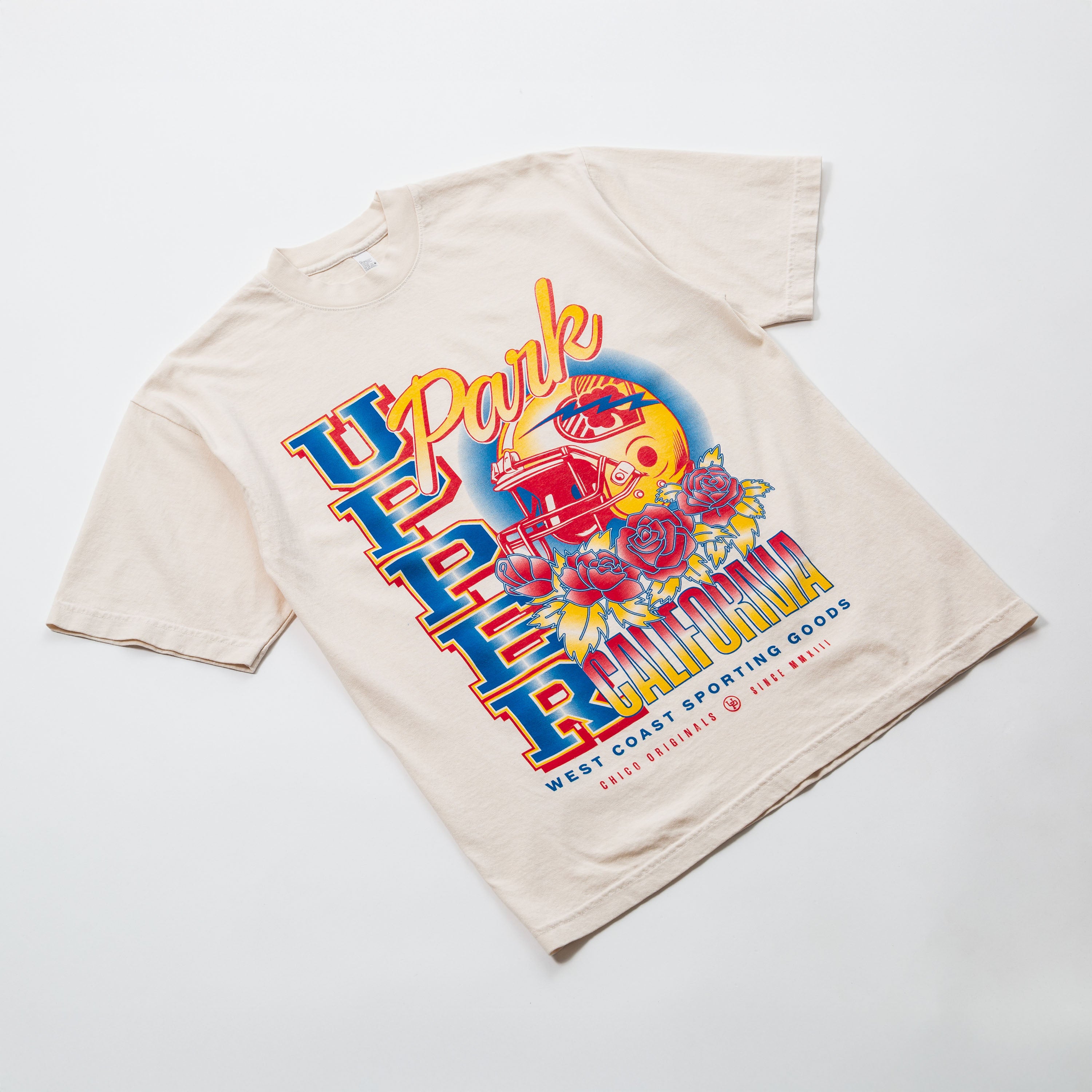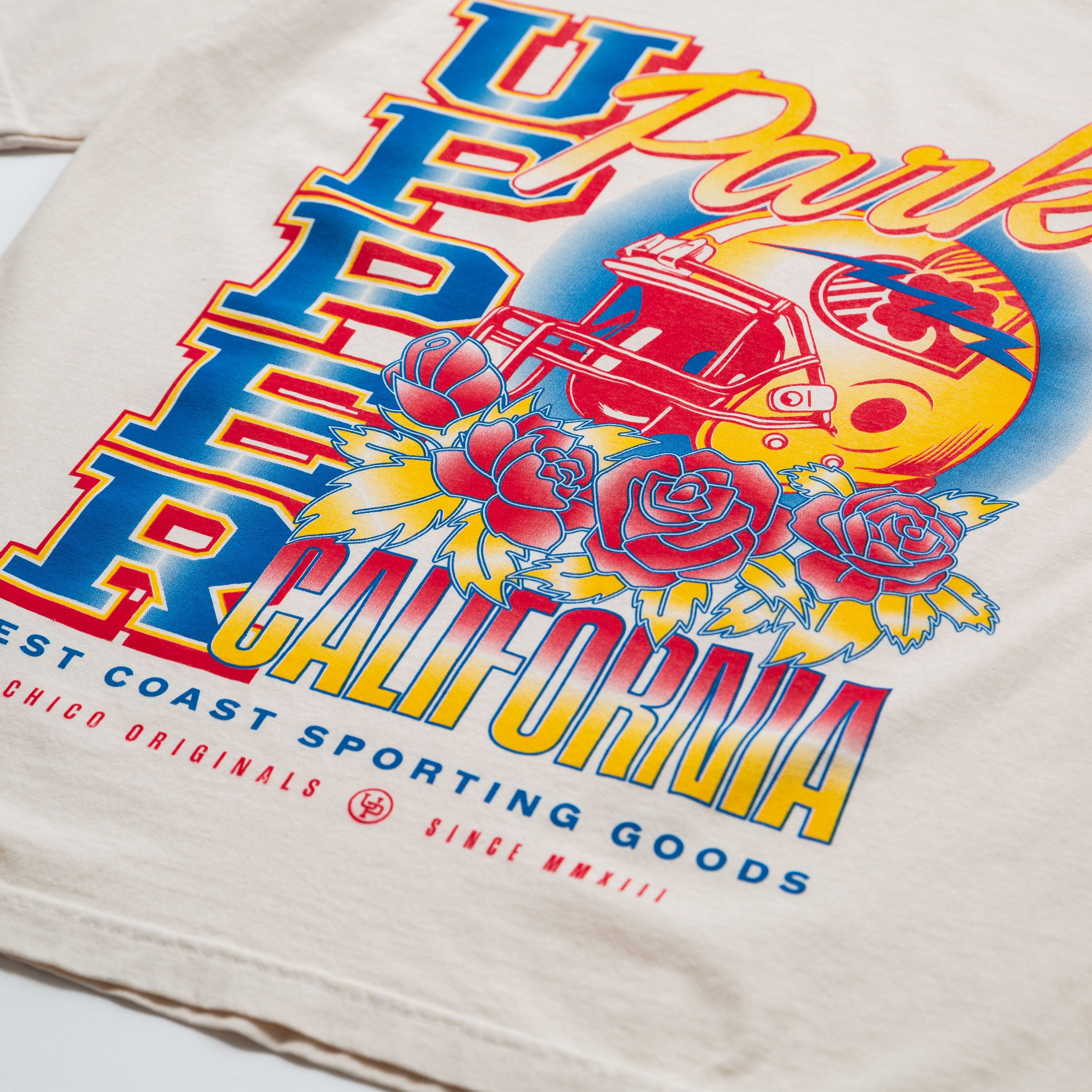This could be for your first pair of raw denim jeans or a quick refresher on them. Wherever you are in your fashion journey this guide will help you take care of your raw denim and go over the basics that makes selvage denim jeans a closet staple.
Why is it called Raw Denim?
“Raw” is the term for fabric that hasn’t been washed or treated. Most jeans on the market today are washed, distressed and laser etched to mass produce worn look. But you can’t fake a true aged selvage denim.
Raw denim is more than just a piece of clothing; it's a canvas that captures the journey of your adventures, molding itself to your unique lifestyle and gracefully aging into a one-of-a-kind garment.
With raw denim you'll discover the beauty of fades, creases, and a personalized fit that tells a story of your experiences. Embrace the raw and authentic character of your jeans as they evolve with you over time, reflecting the authentic spirit of craftsmanship and dedication to quality.

What is Selvage Denim?
According to The Unbranded Brand “Selvedge denim is the only true “vintage” denim as it is woven on old-school machines called shuttle looms.” It is rare and more expensive than conventional denim as it can’t be mass-produced. To check if your jeans are selvage, cuff the bottom of your jeans and look for the white and blue “self-finished edge” (selvedge in British English). This here is the proof that your clothing has been made on a shuttle loom.

What do you mean don’t wash it?
In other words, do not throw these in your weekly laundry pile. These jeans are meant to be worn for long periods of time without being washed. The quality of denim will naturally be resistant to odors and stains, but eventually, you will have to wash them.
The 101 On How To Care For Your Pair
Washing selvage denim requires a thoughtful and gentle approach to preserve its unique characteristics and prevent excessive fading. Here's a step-by-step guide:
1. Frequency of Washing
We recommend infrequent washing to maintain the fabric's original texture and color. Aim to wash your jeans only when absolutely necessary, such as when they become visibly dirty or start developing unpleasant odors.
2. Spot Cleaning
For minor stains or localized dirt, consider spot cleaning instead of a full wash. Use a damp cloth or a soft brush to gently scrub the affected areas.
3. Inside Out Washing
When it's time for a complete wash, turn your jeans inside out. This helps minimize friction between the fabric and the washing machine drum, reducing the risk of excessive fading on the outer surface.
4. Cold Water and Mild Detergent
Use cold water to preserve the integrity of the denim and a mild detergent to avoid harsh chemicals that can accelerate fading. Pour the detergent into the machine's detergent compartment and only use a very small amount. Avoid using fabric softeners or bleach, as they can compromise the indigo dye and affect the jeans' natural aging process.
5. Gentle Cycle
Select the gentle cycle on your washing machine to minimize agitation. DO NOT allow for multiple high-speed spins as rough handling can lead to unwanted wear and tear.
6. Air Dry
The golden rule is that denim of any sort should always air dry. Hang your clothing carefully and allow for maximum air flow. This prevents shrinkage and maintains the fabric's original shape.
7. Avoid Direct Sunlight
When drying outdoors, choose a shaded area to prevent direct sunlight from accelerating fading. Sunlight exposure over time can lead to more pronounced fades.
8. Store with Care
Fold your jeans neatly when storing to avoid unnecessary creases. Hanging them can cause stretching, especially around the belt loops.
Remember, the goal is to embrace the gradual aging process of selvage denim, allowing it to develop a unique patina that reflects your lifestyle. By following these washing guidelines, you'll ensure your jeans age gracefully while preserving their distinctive character.



